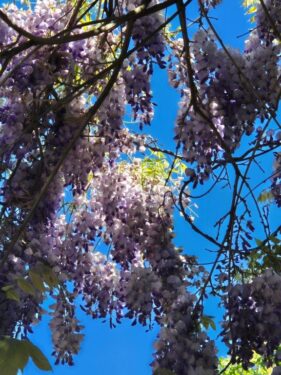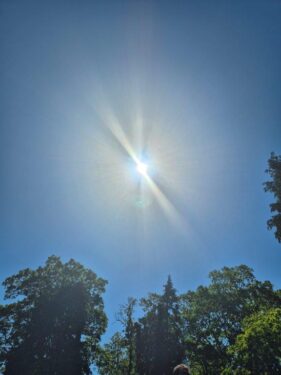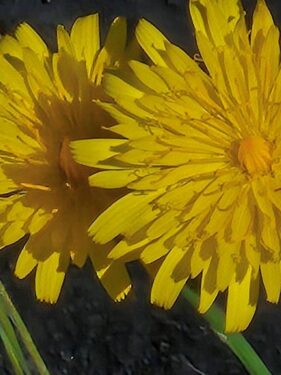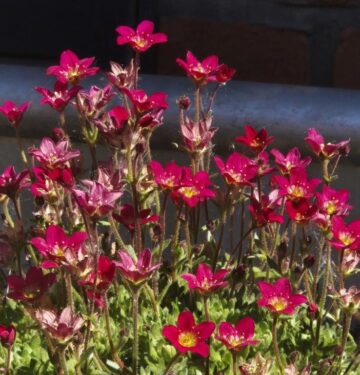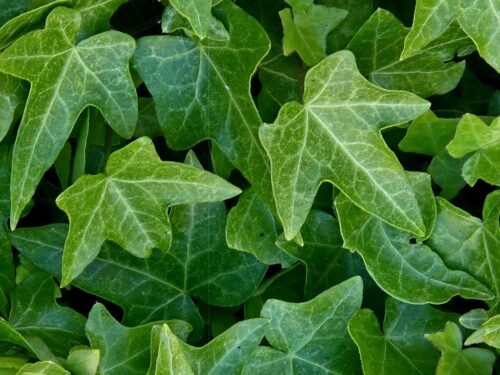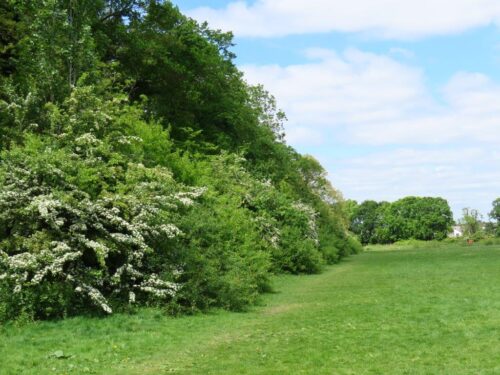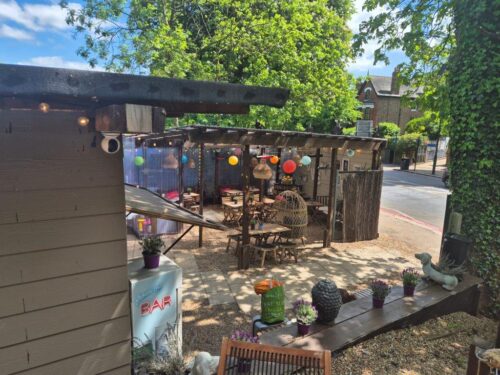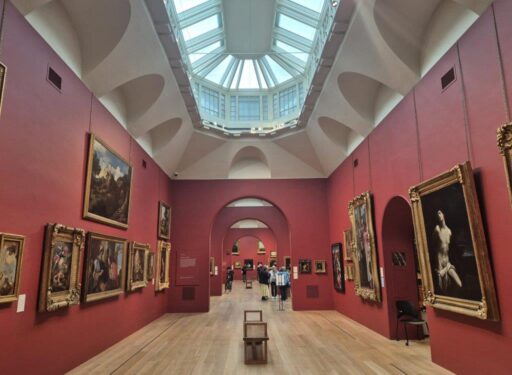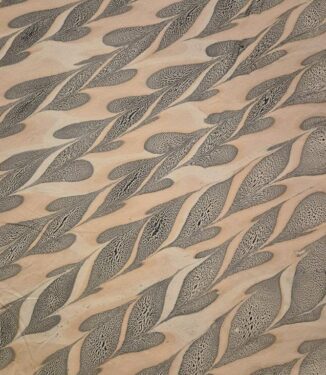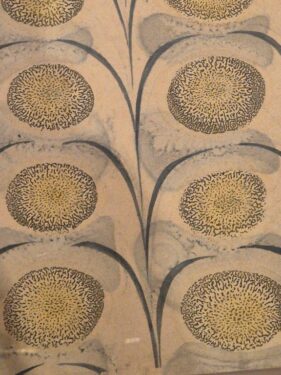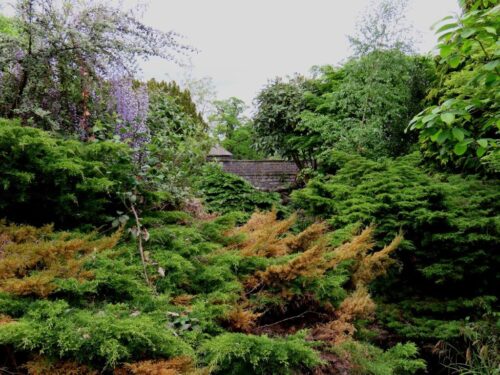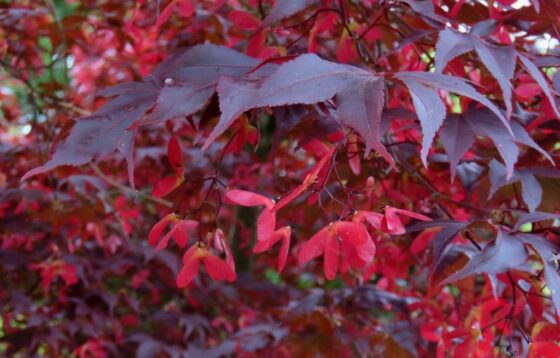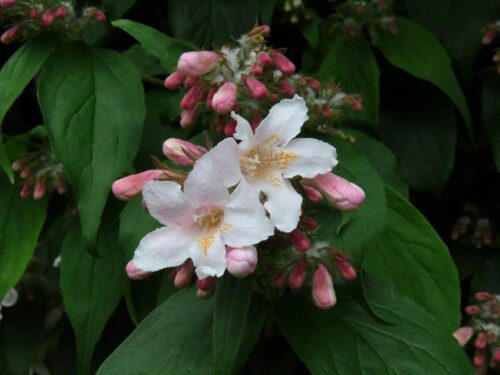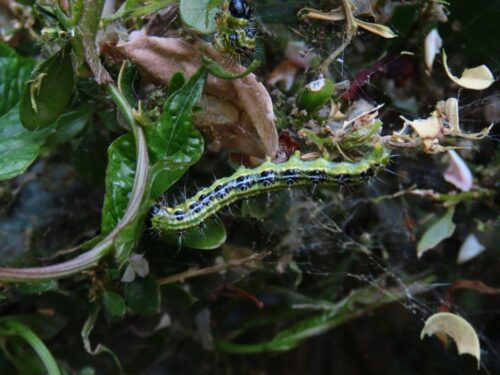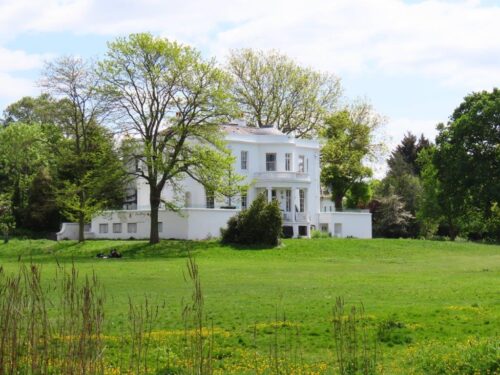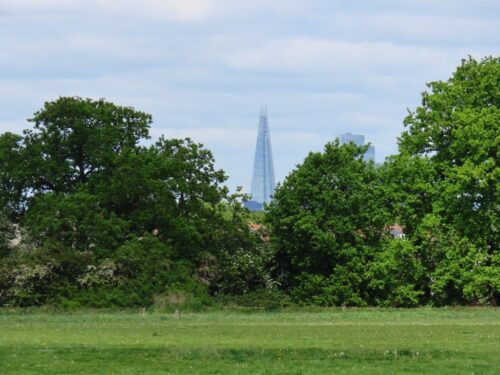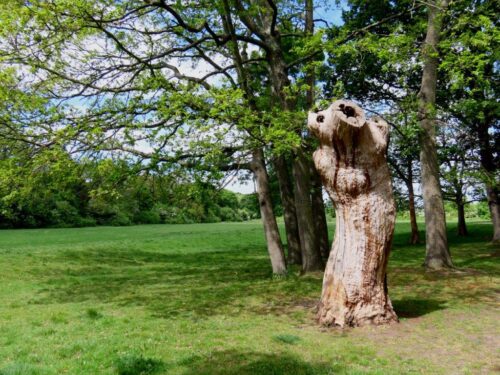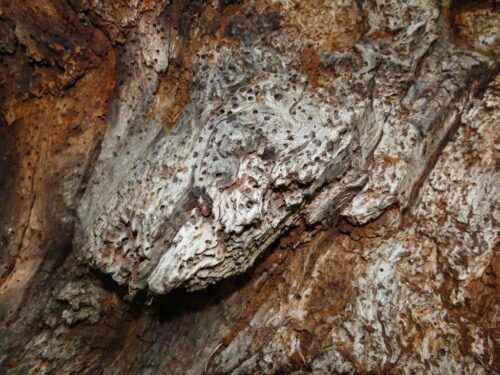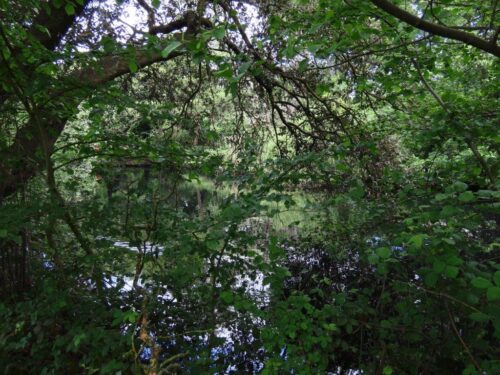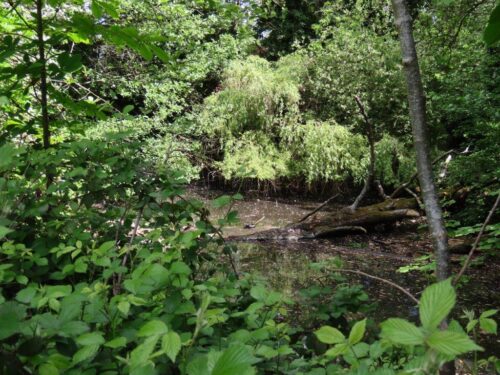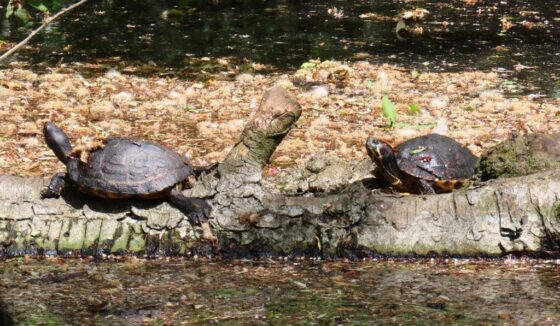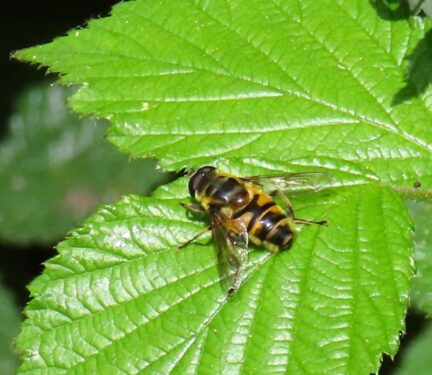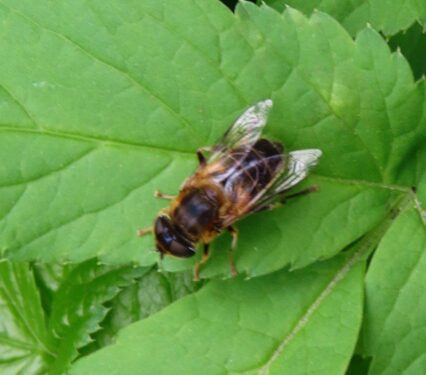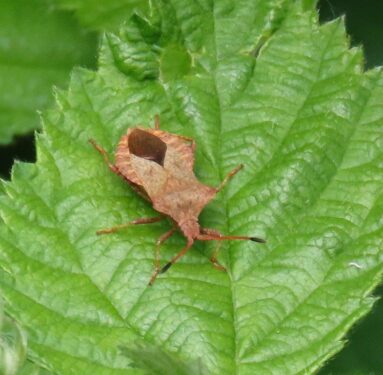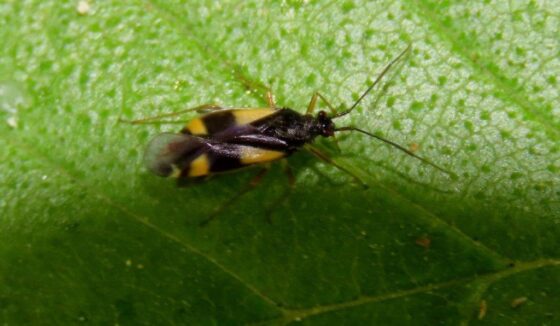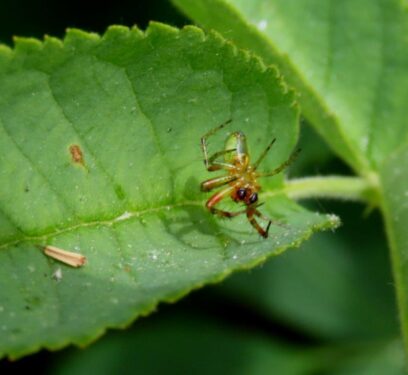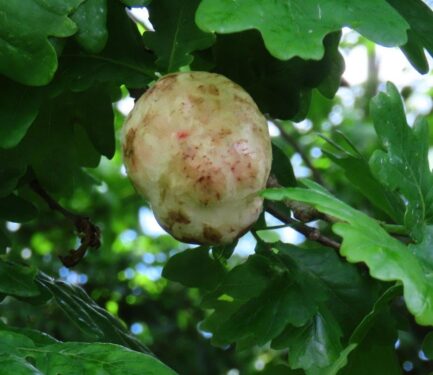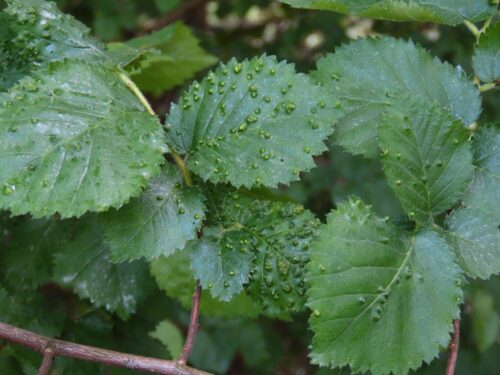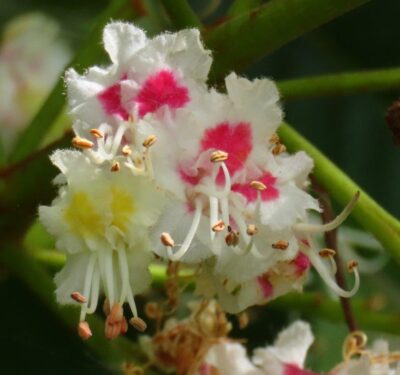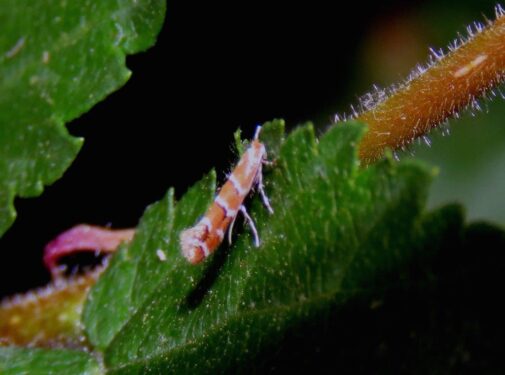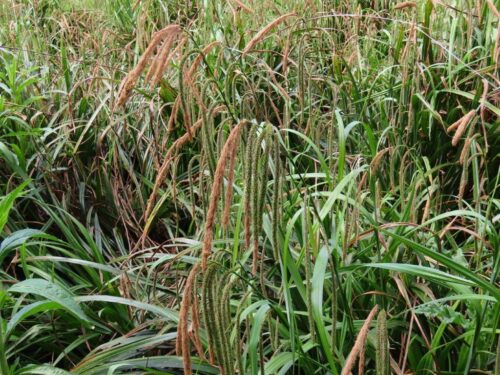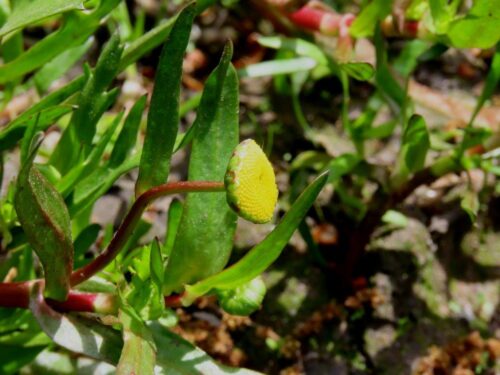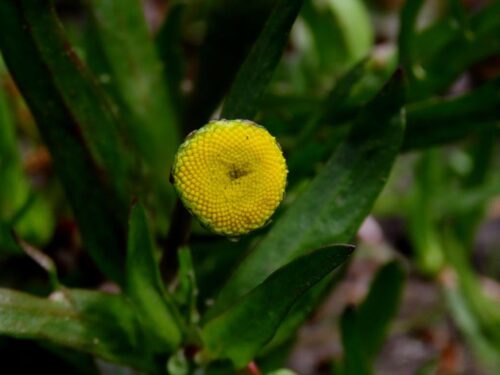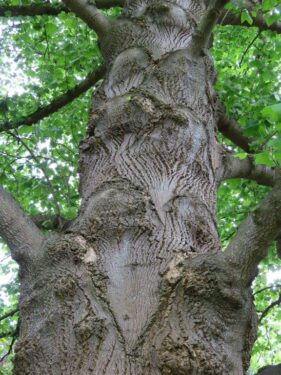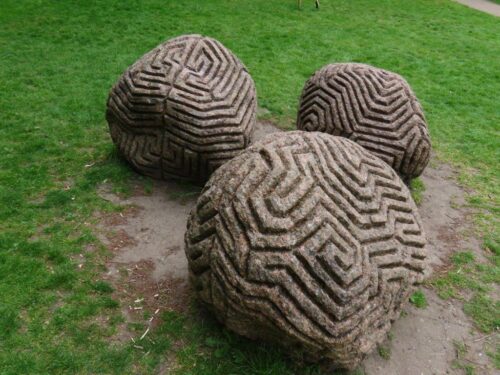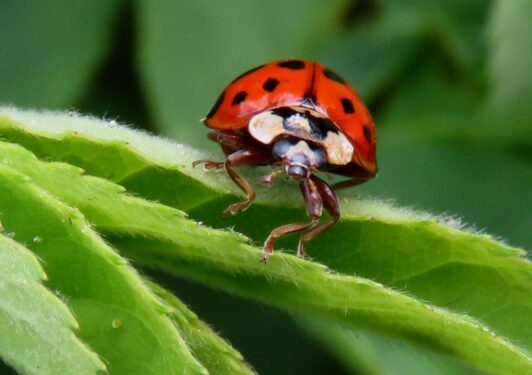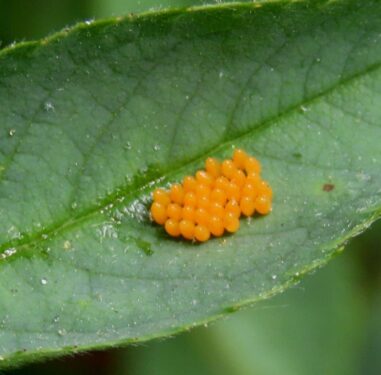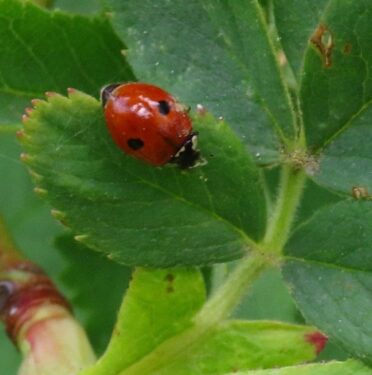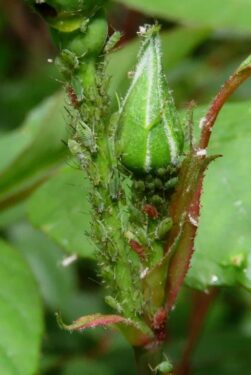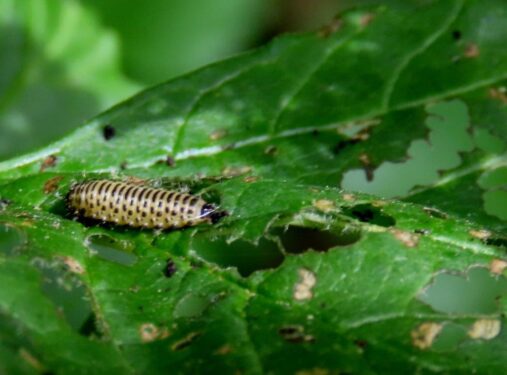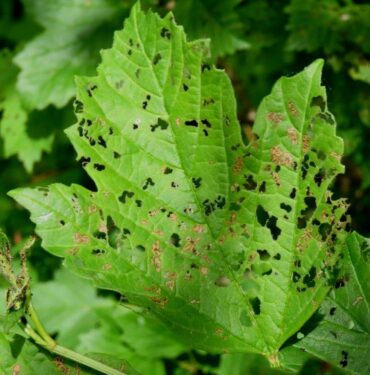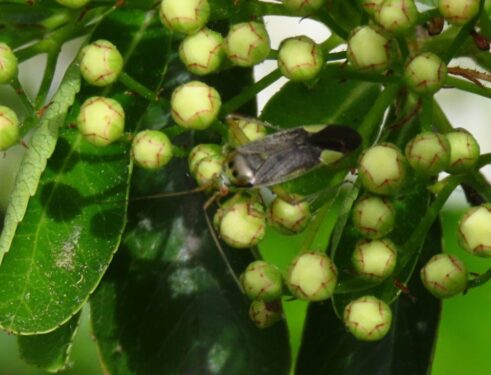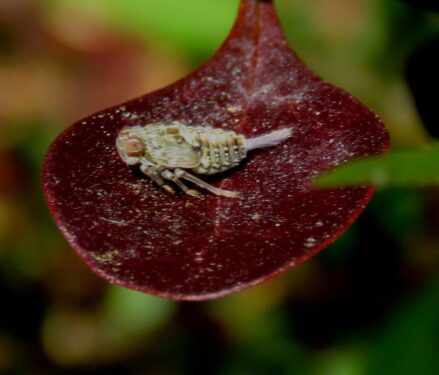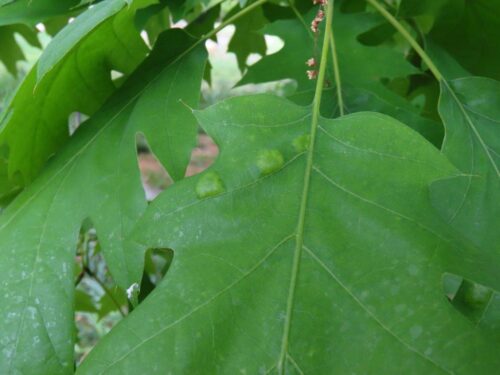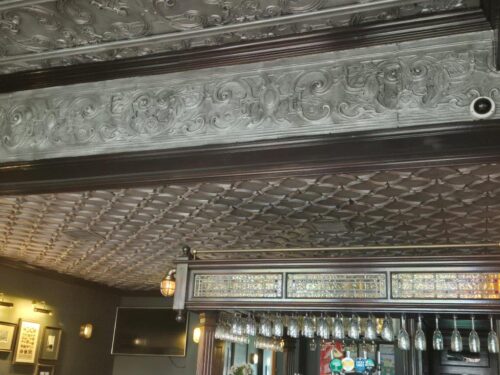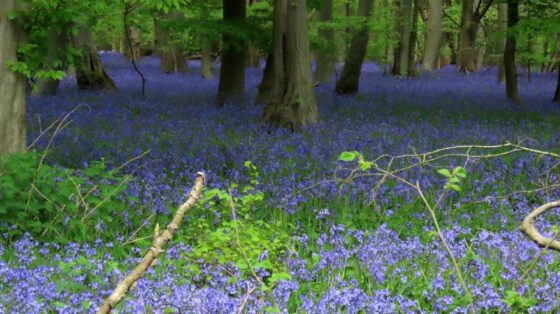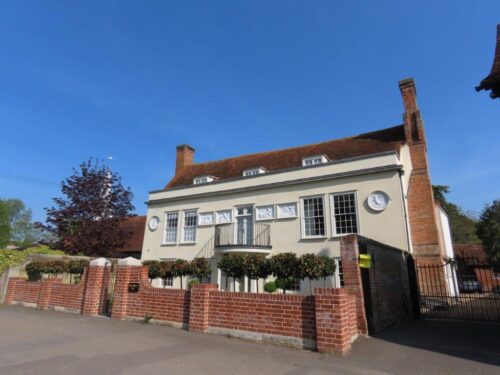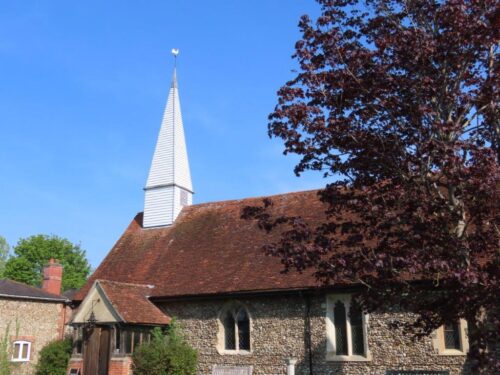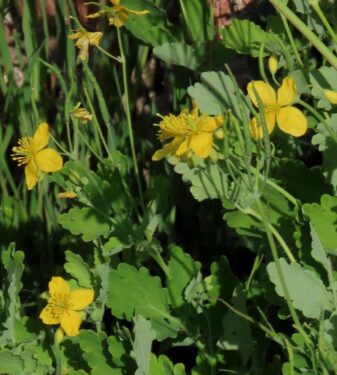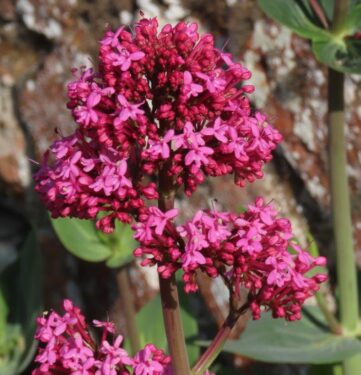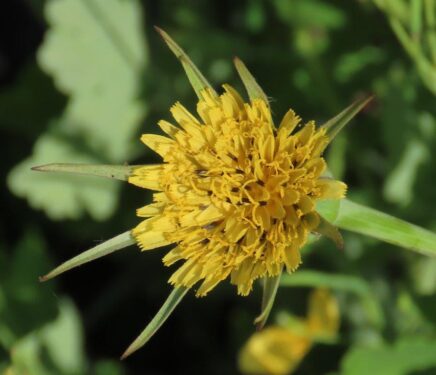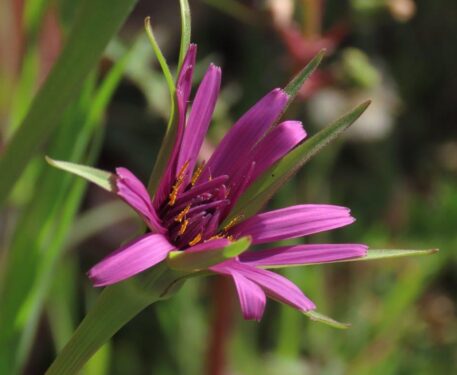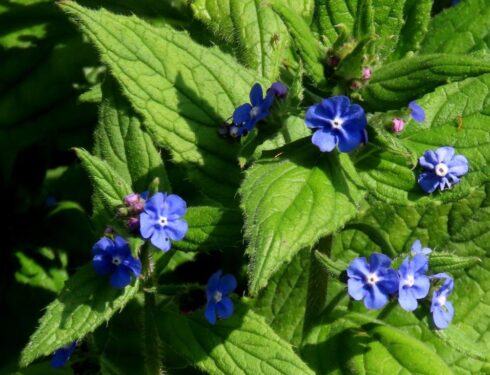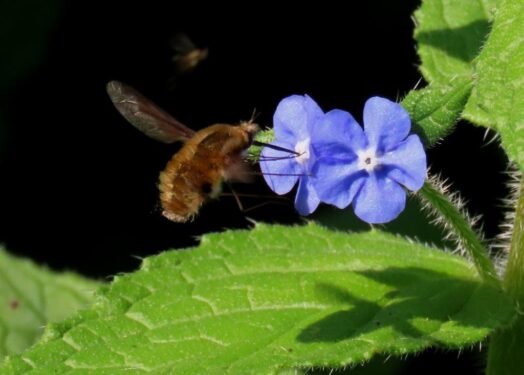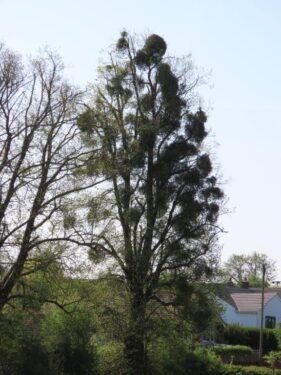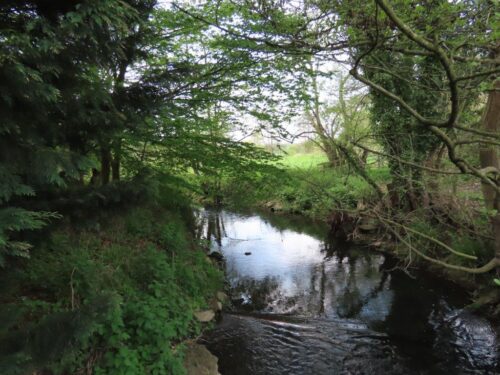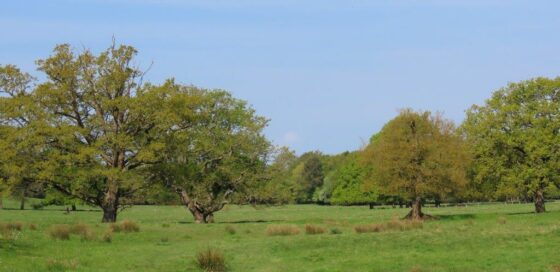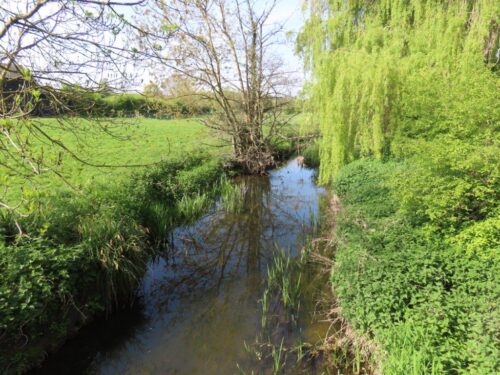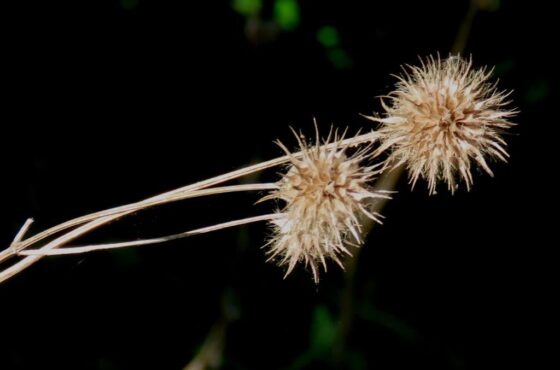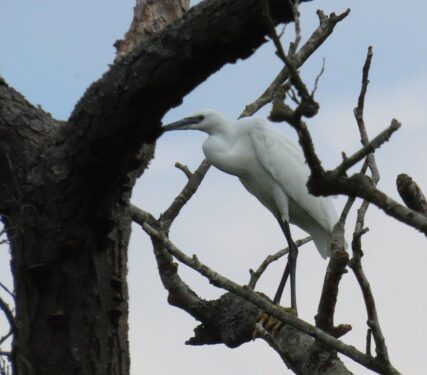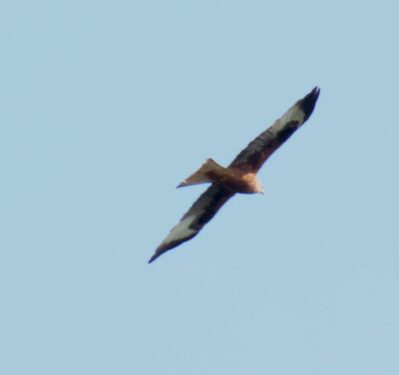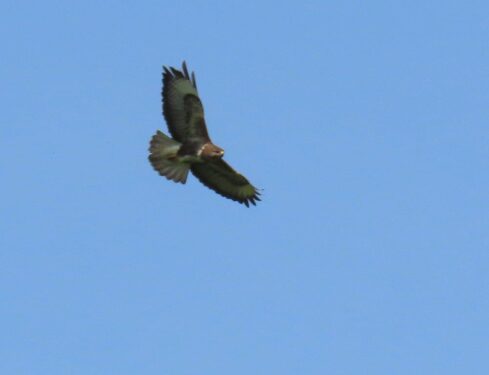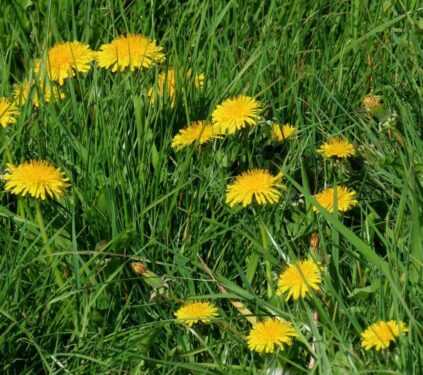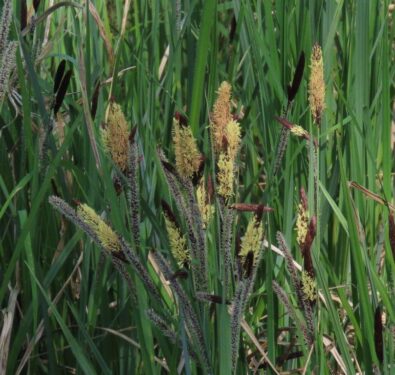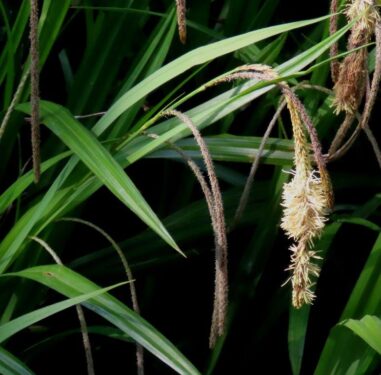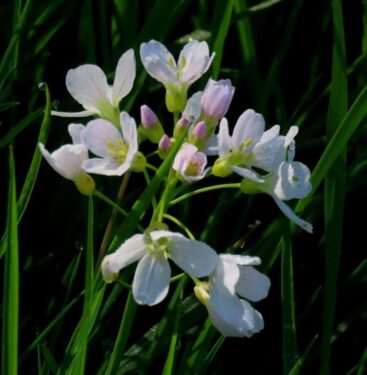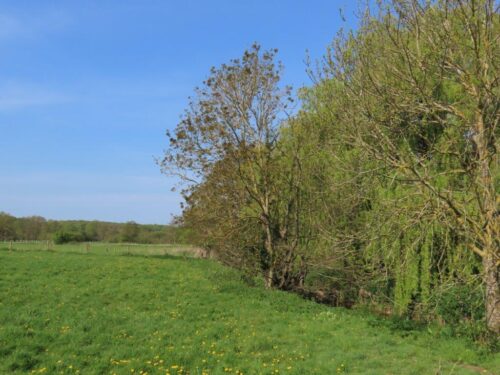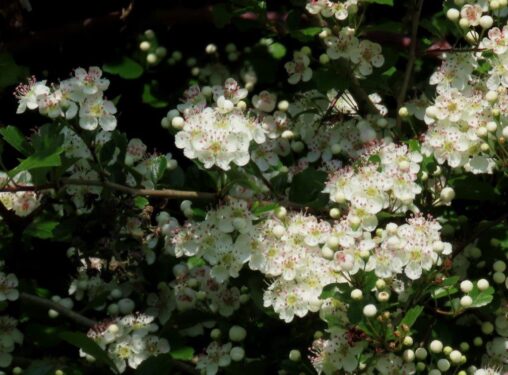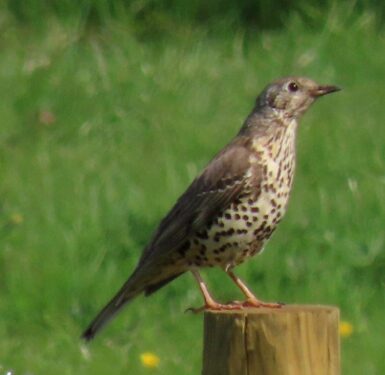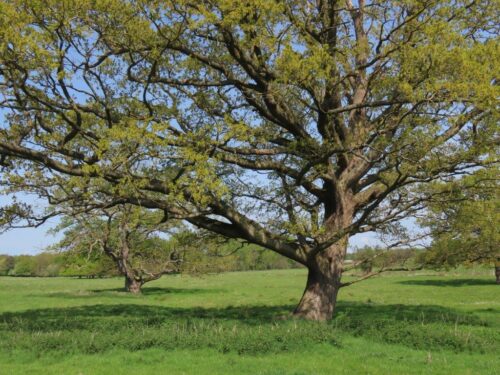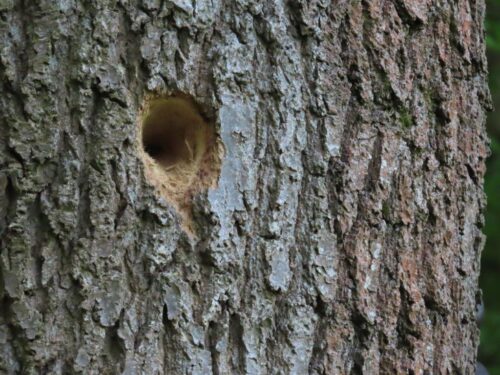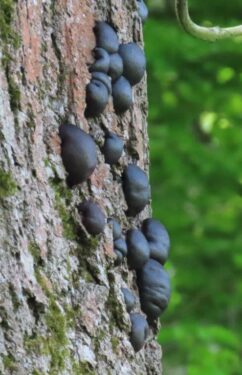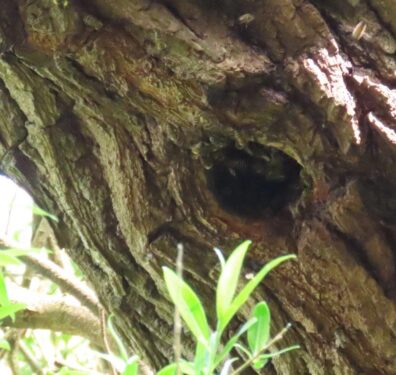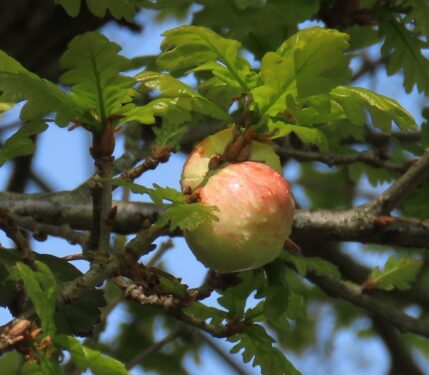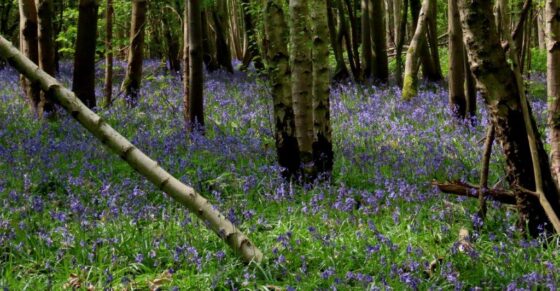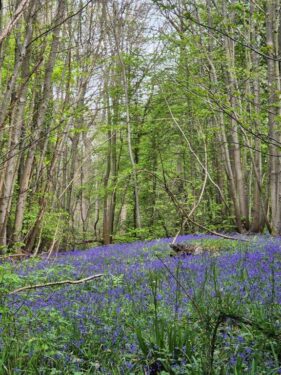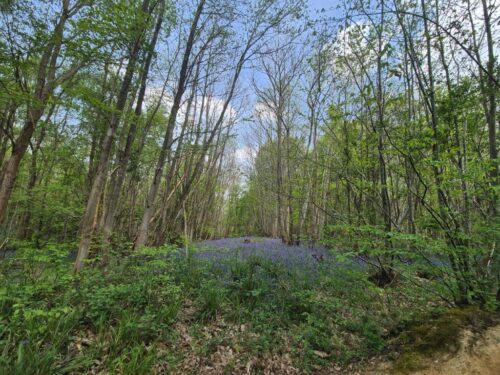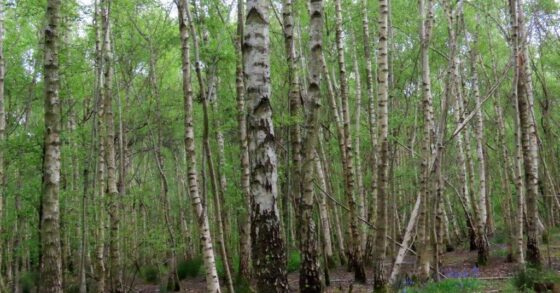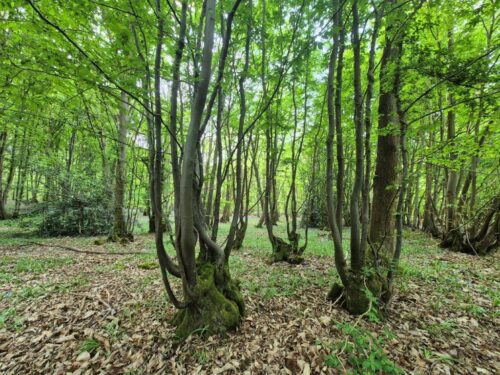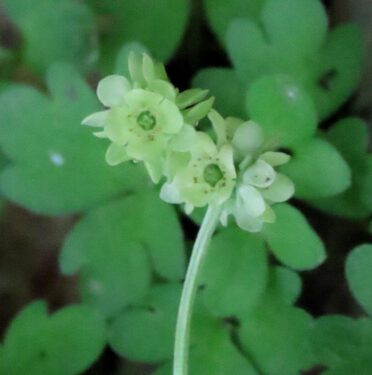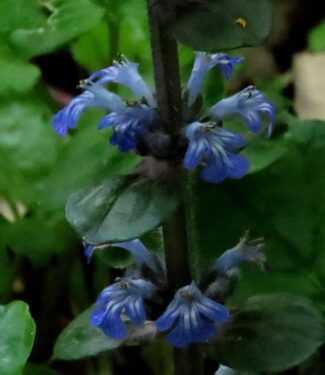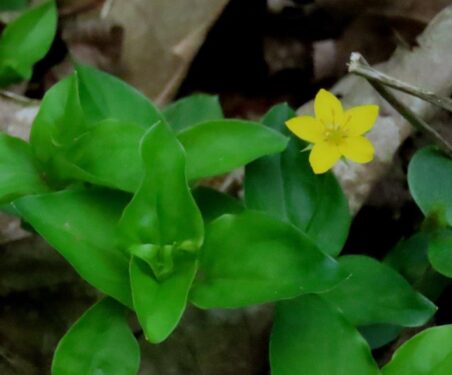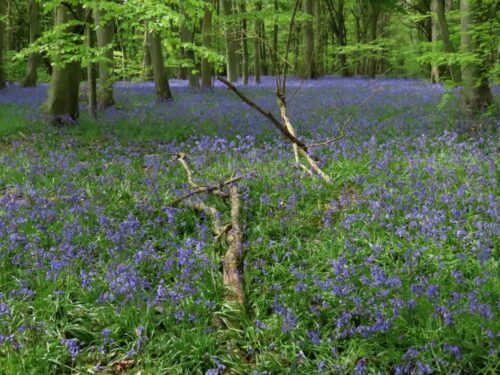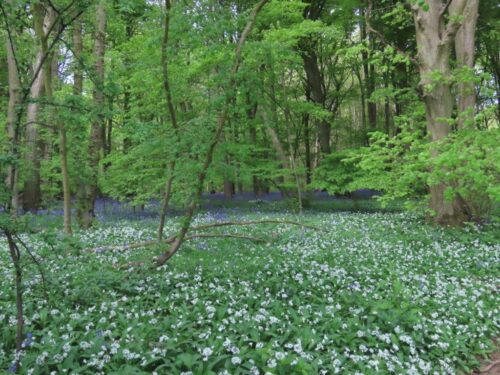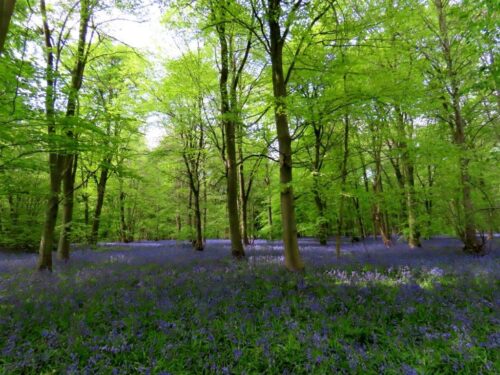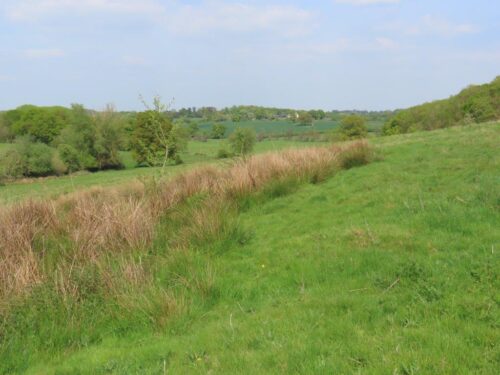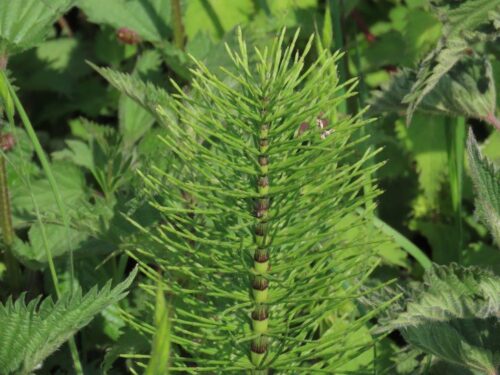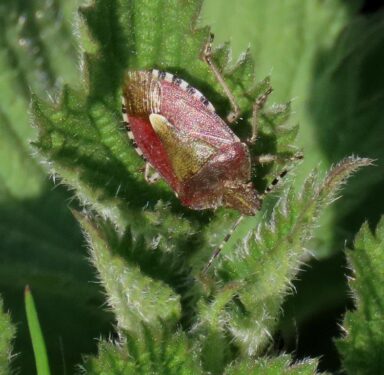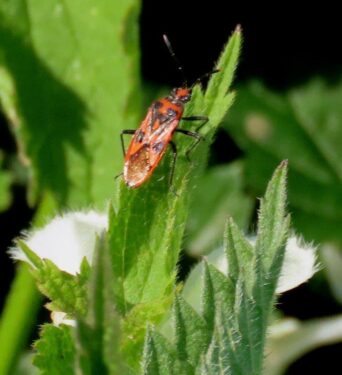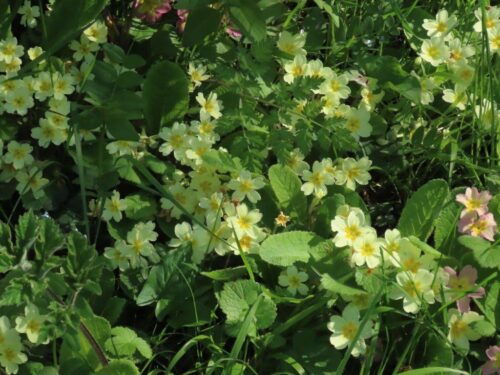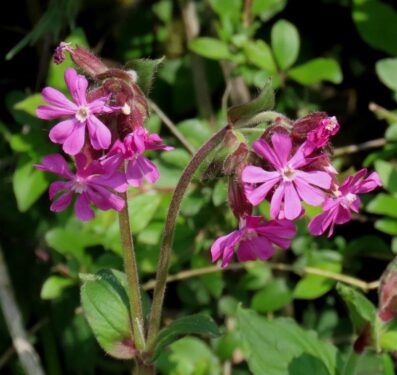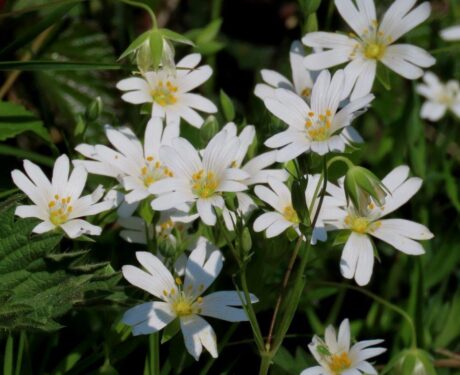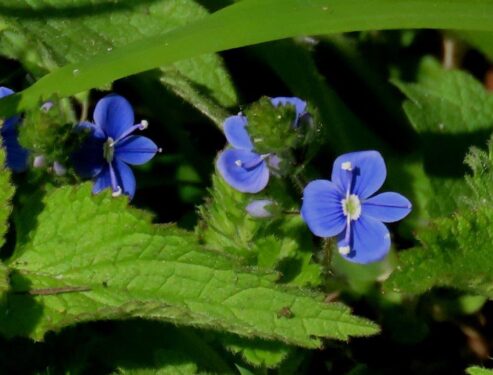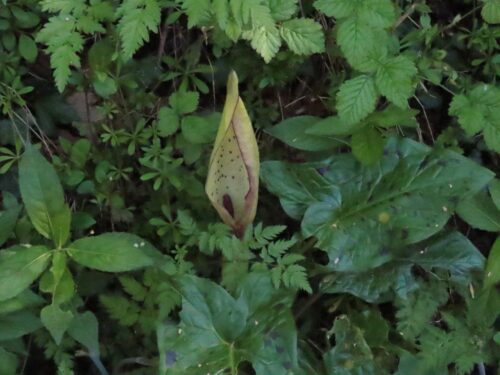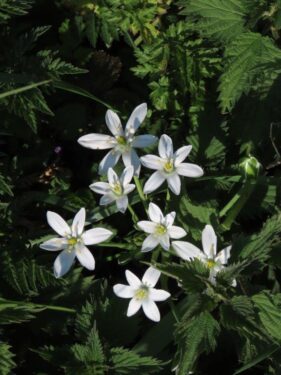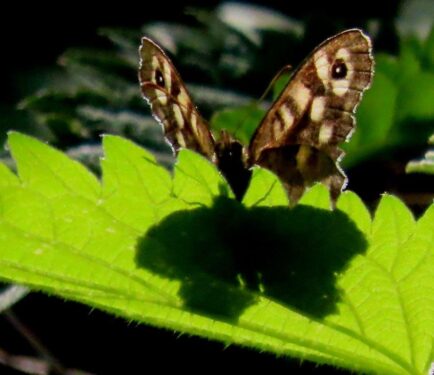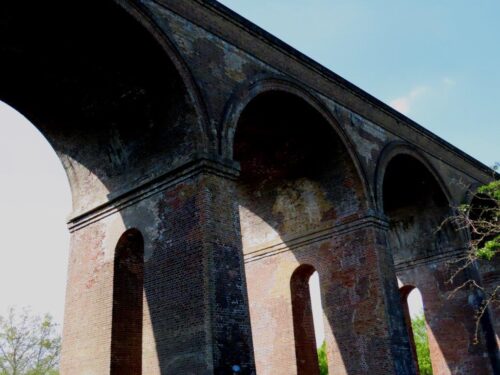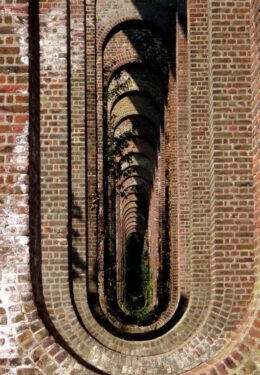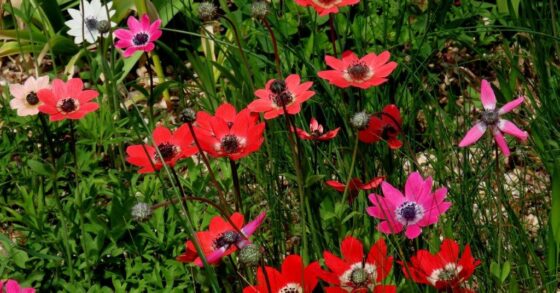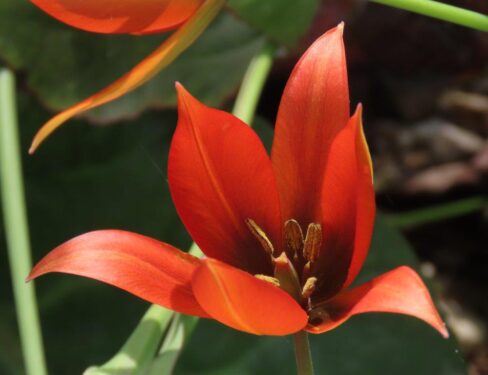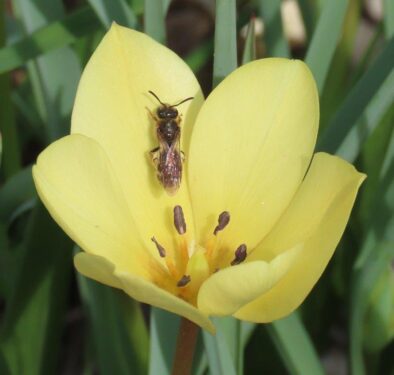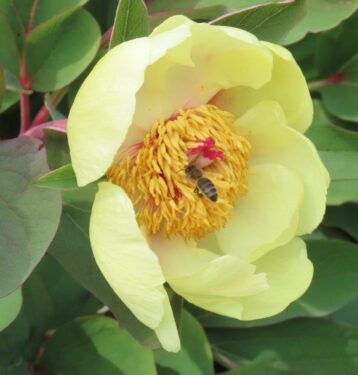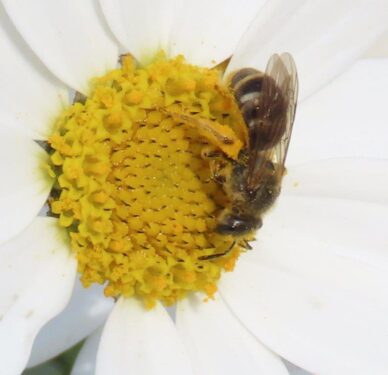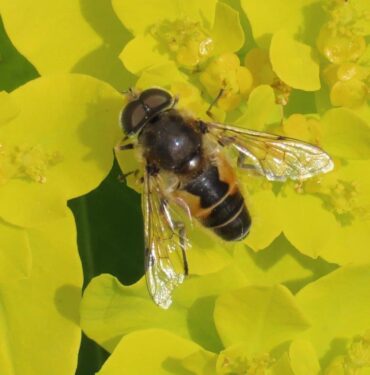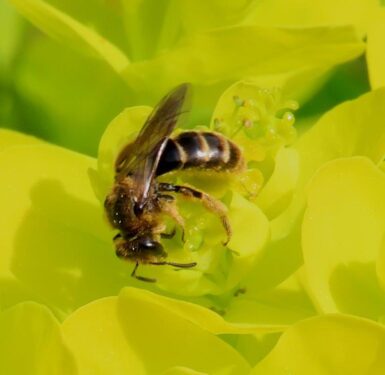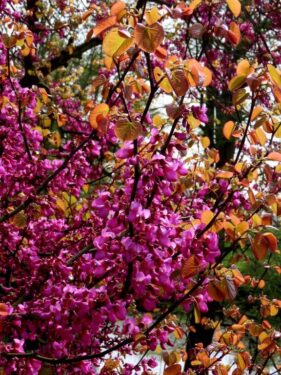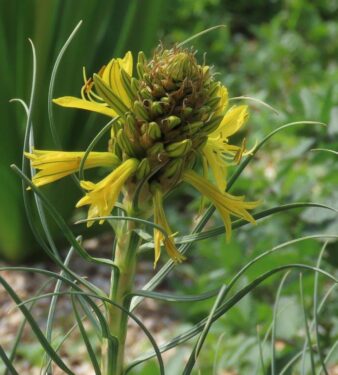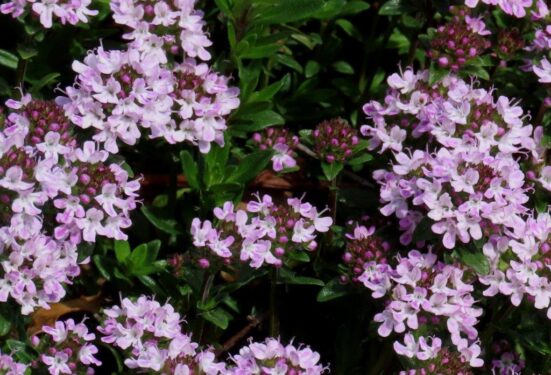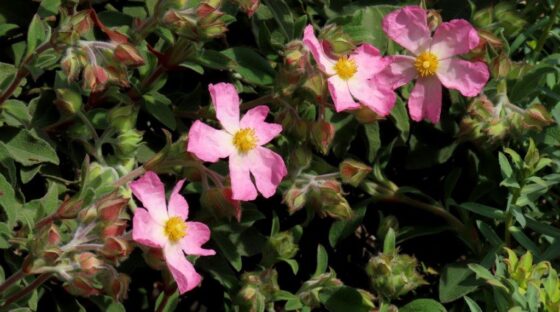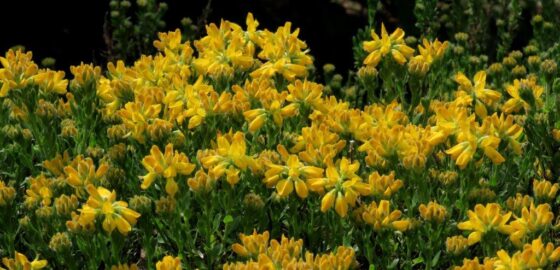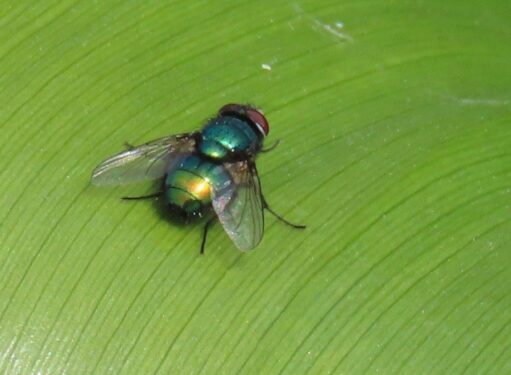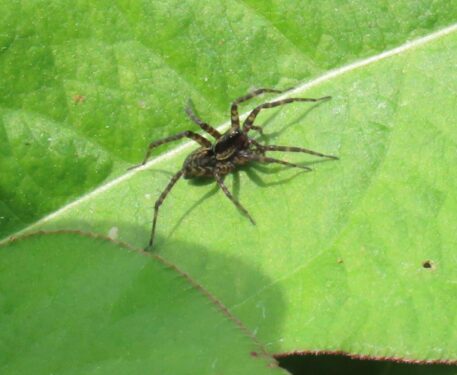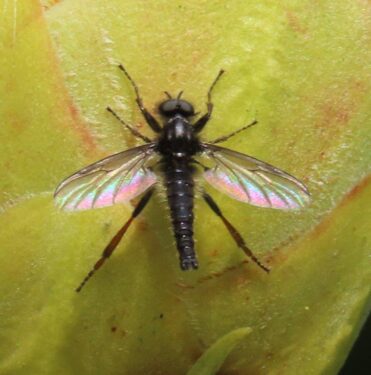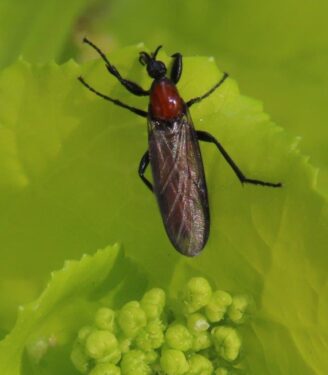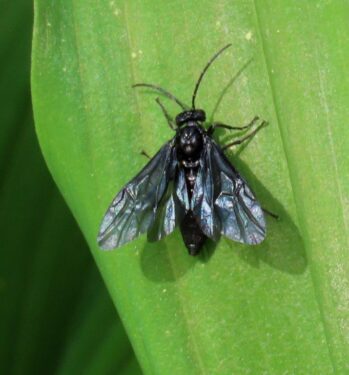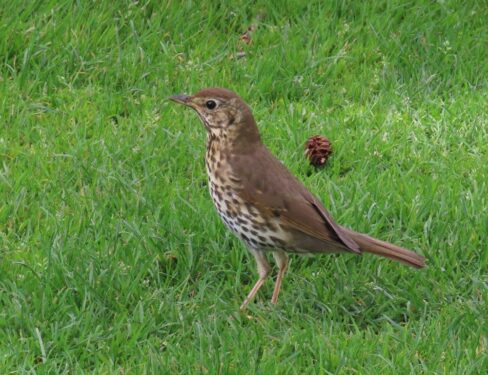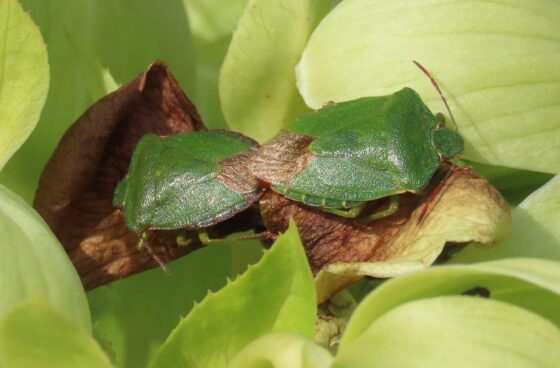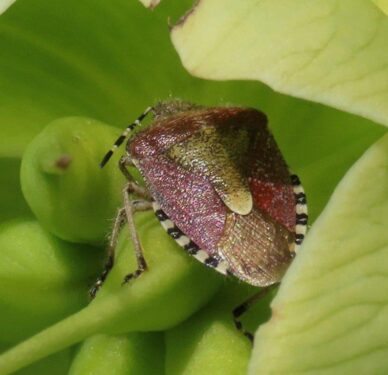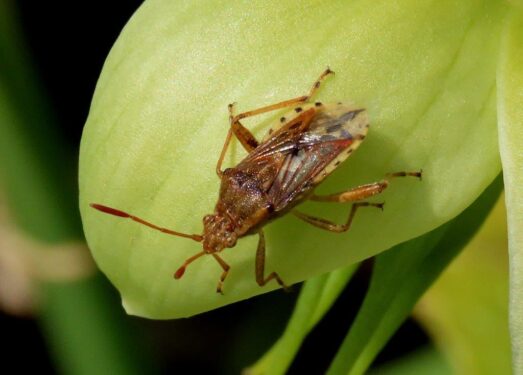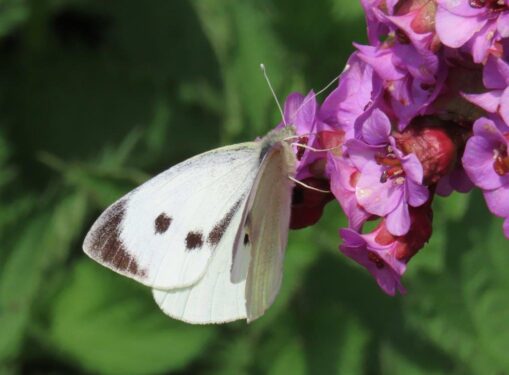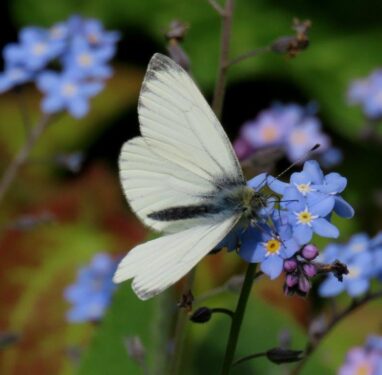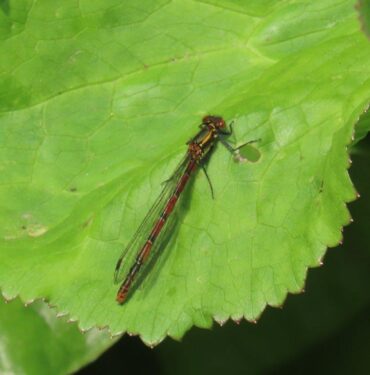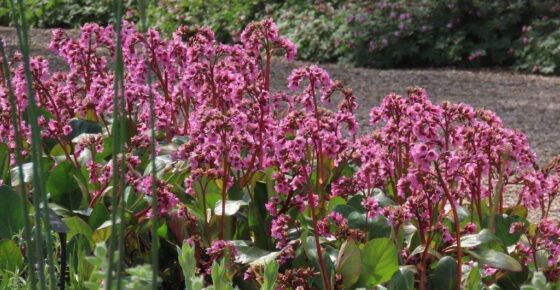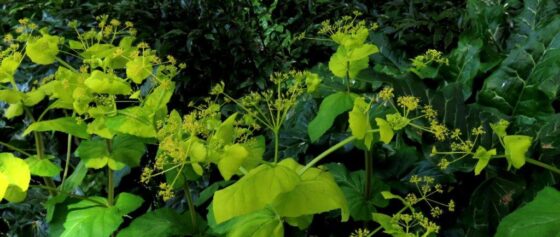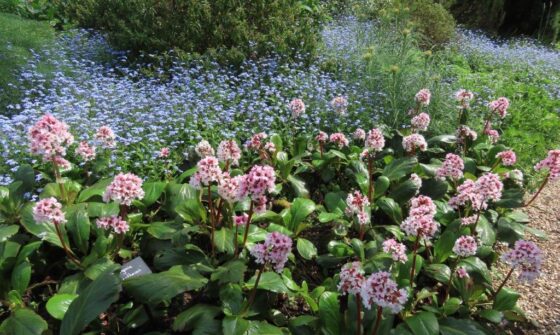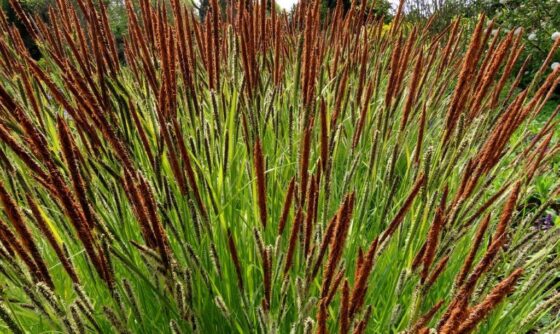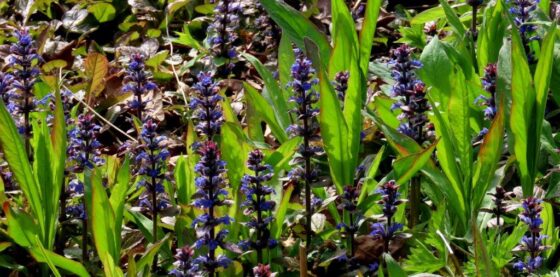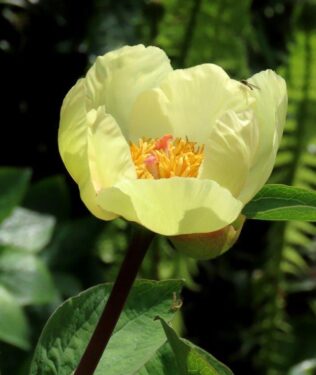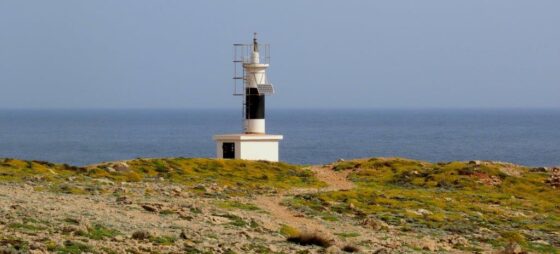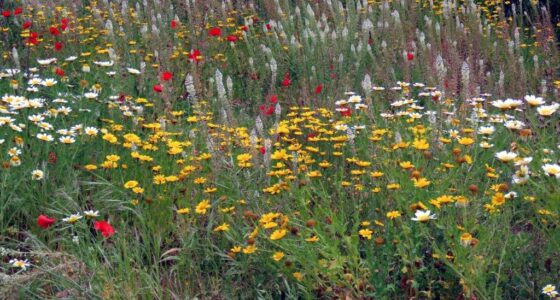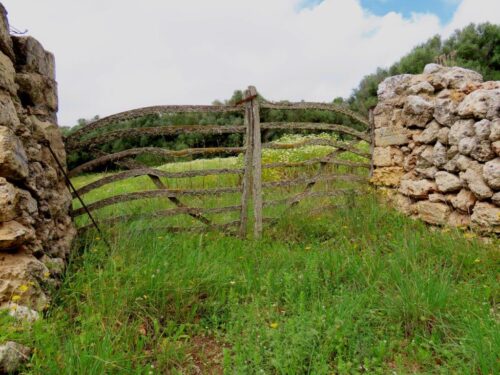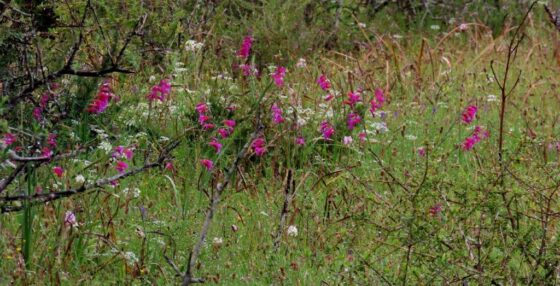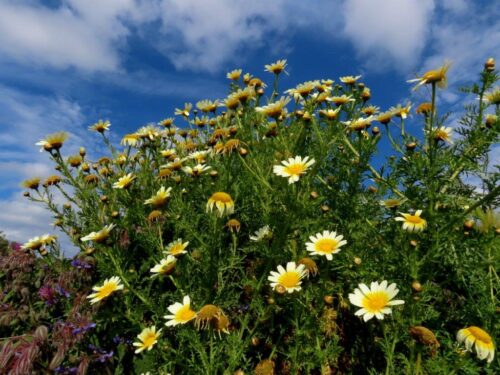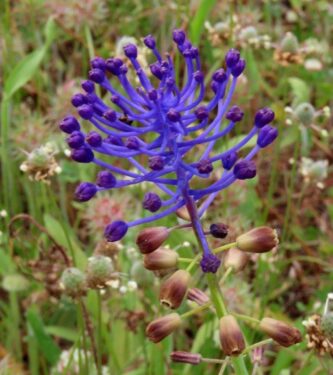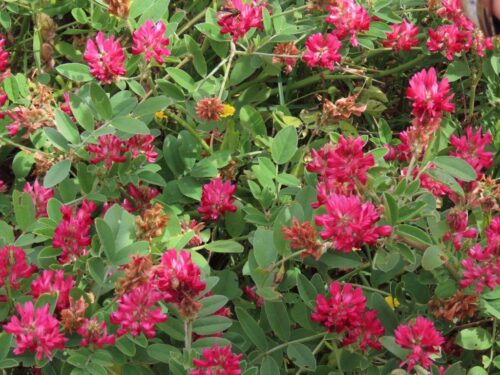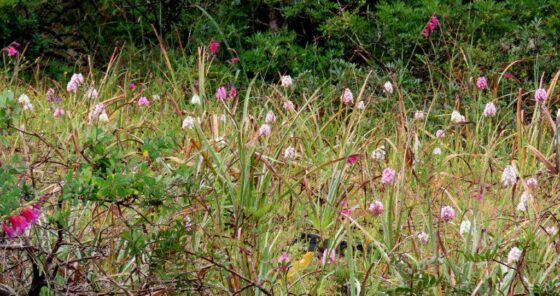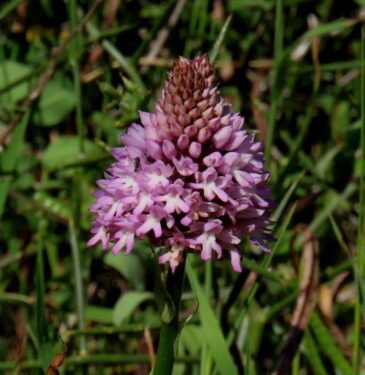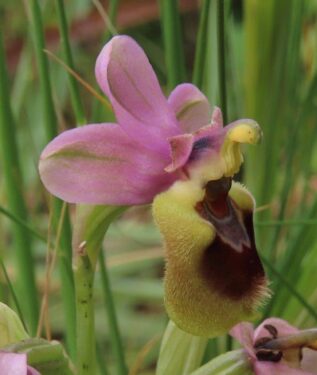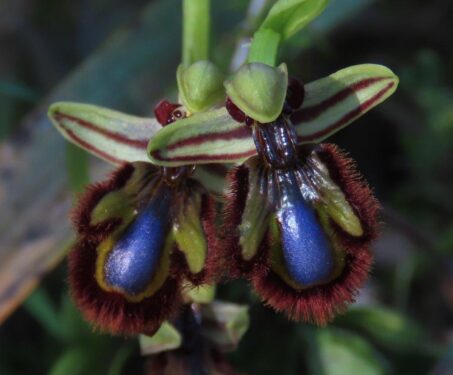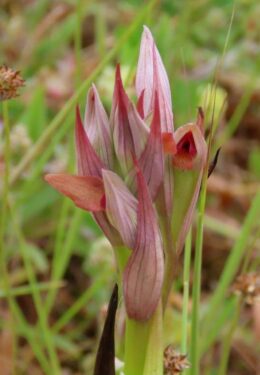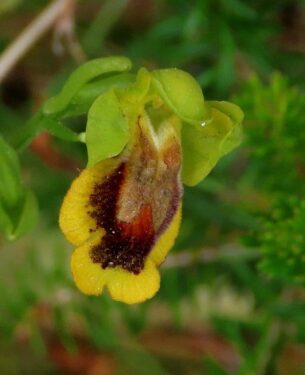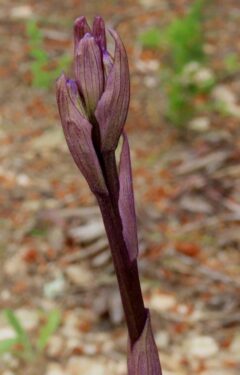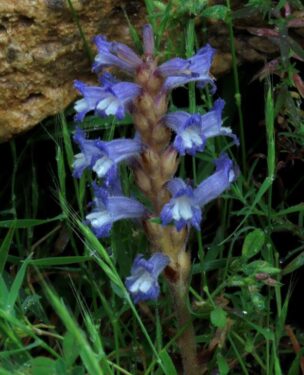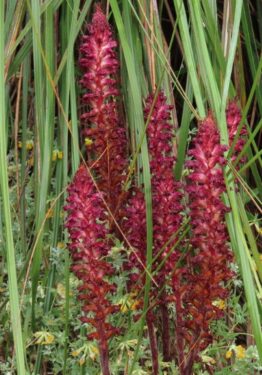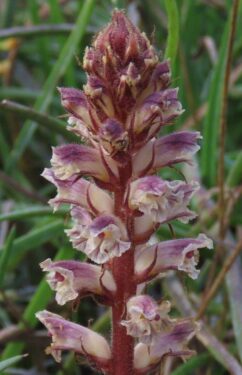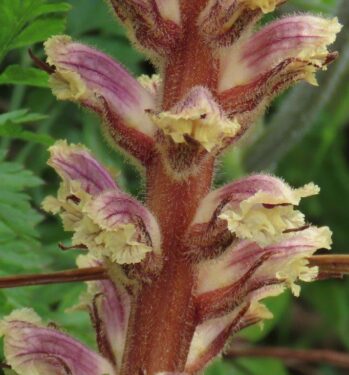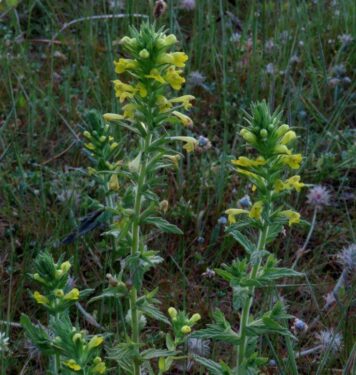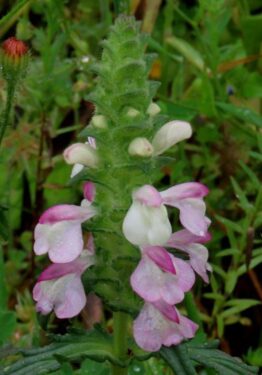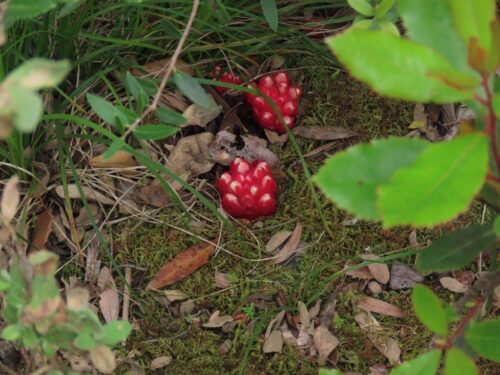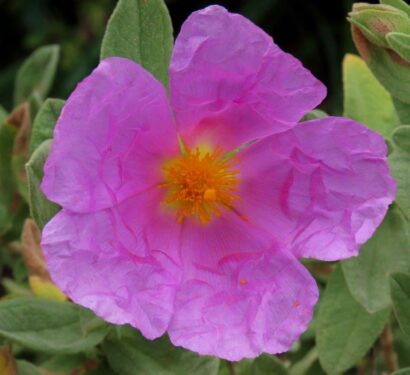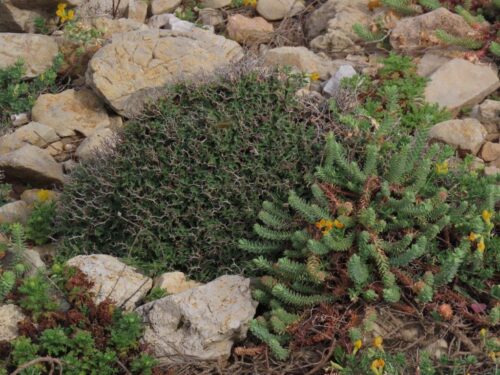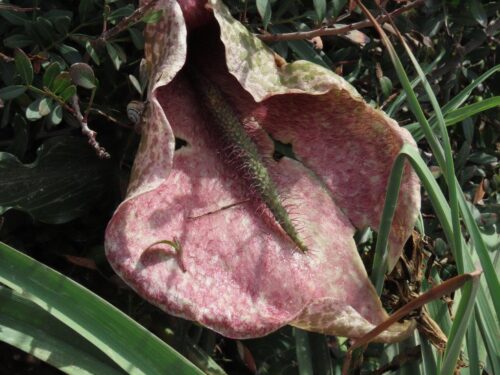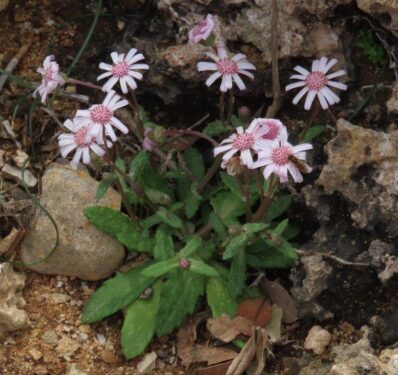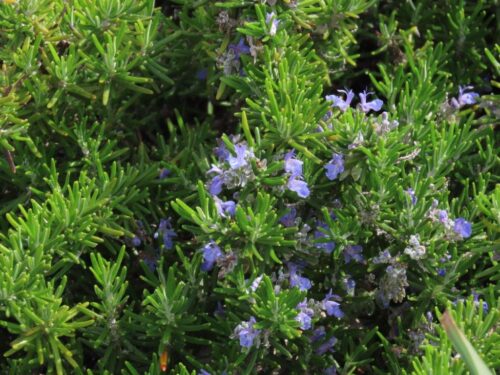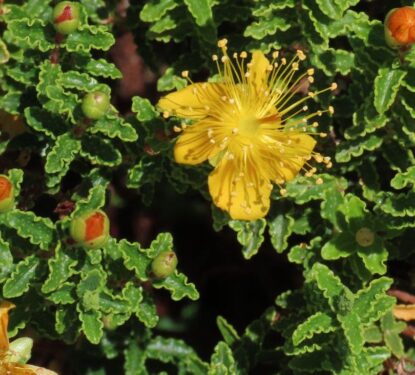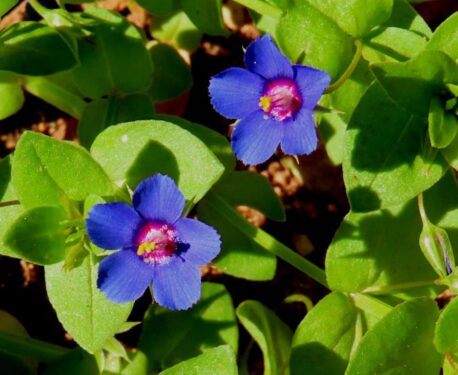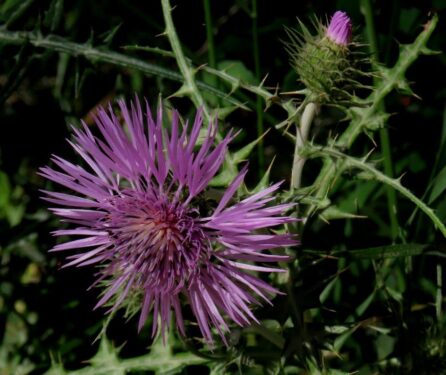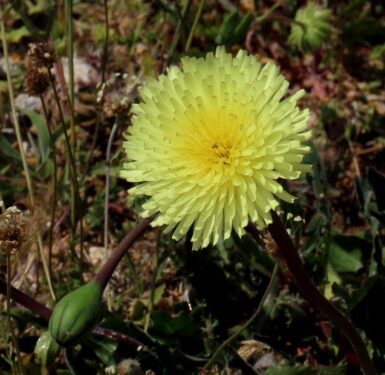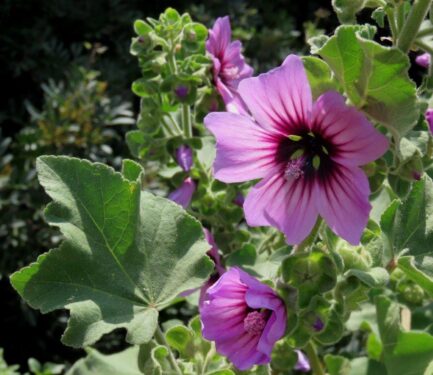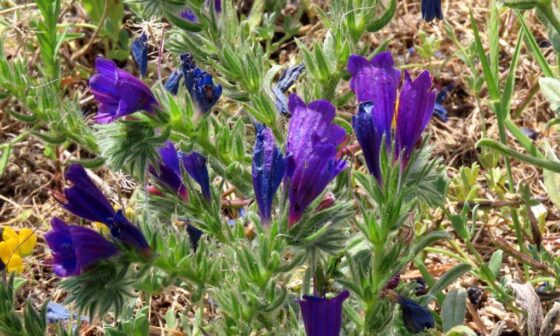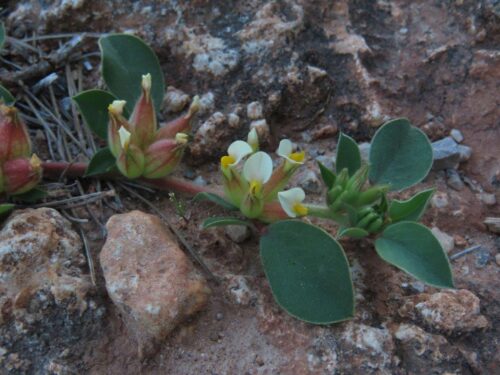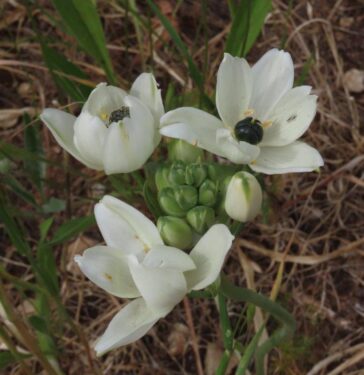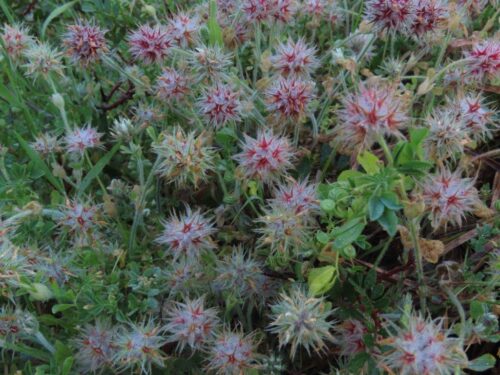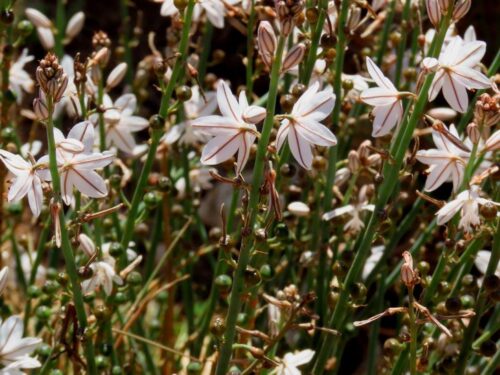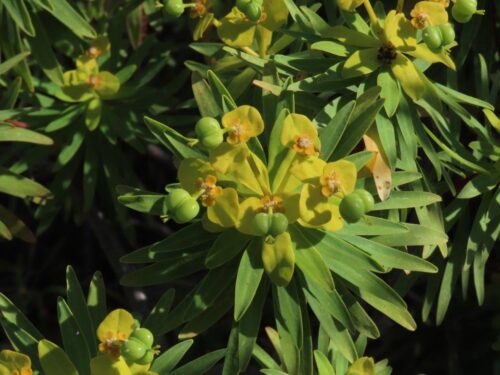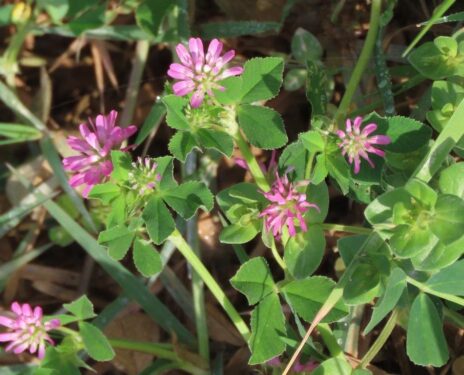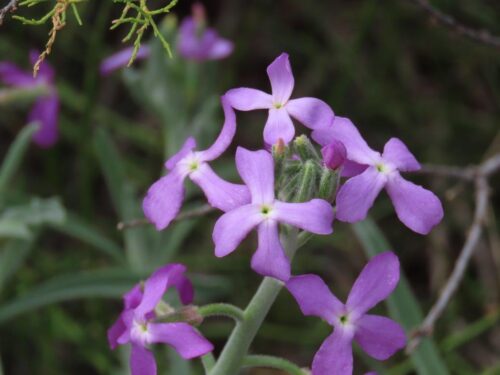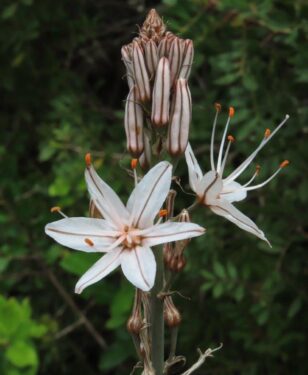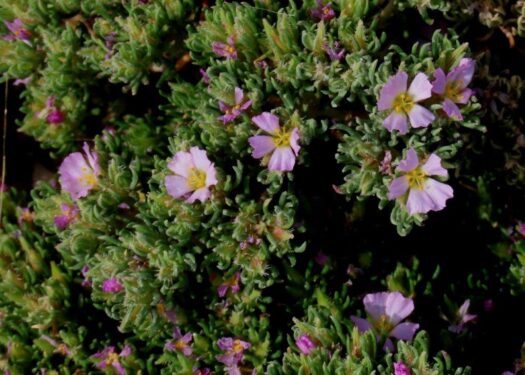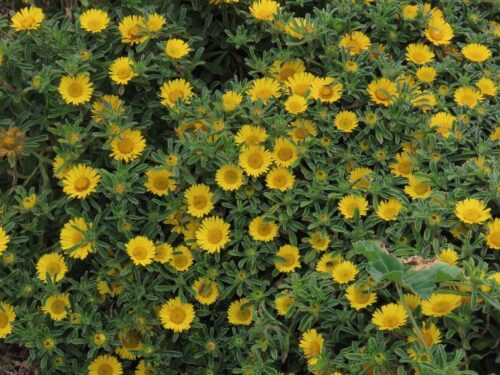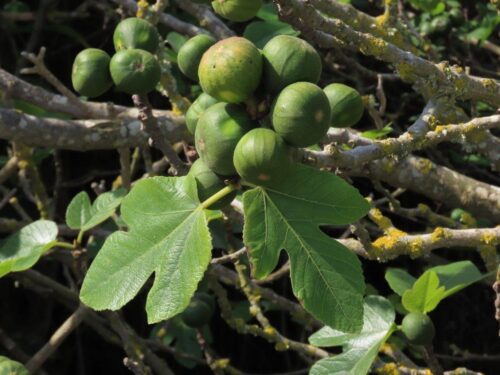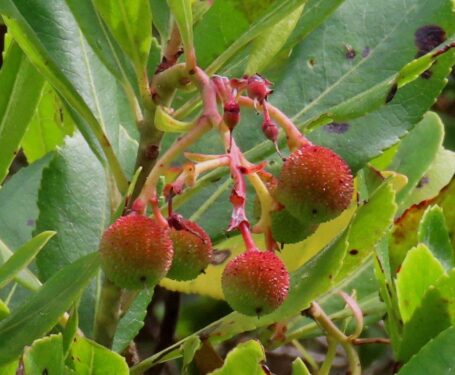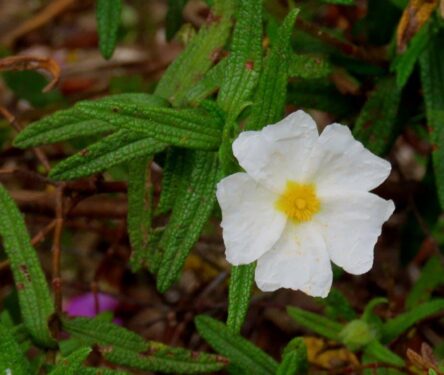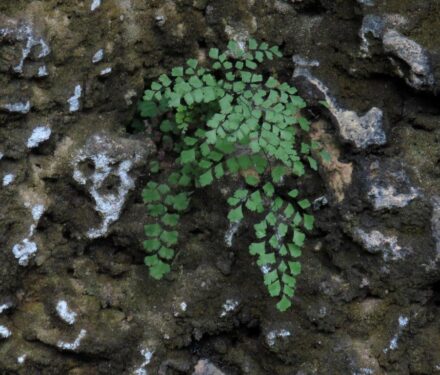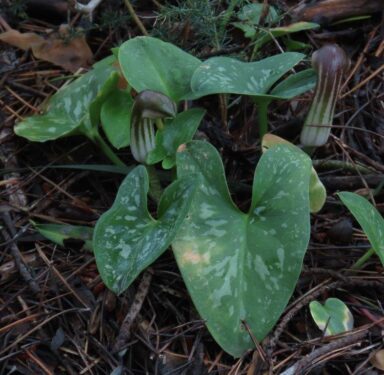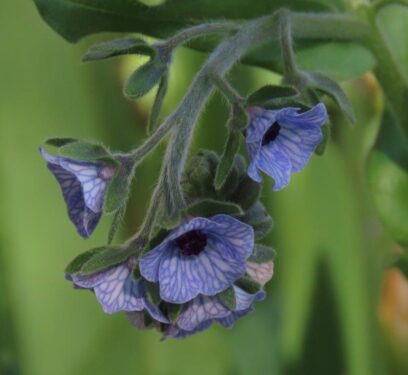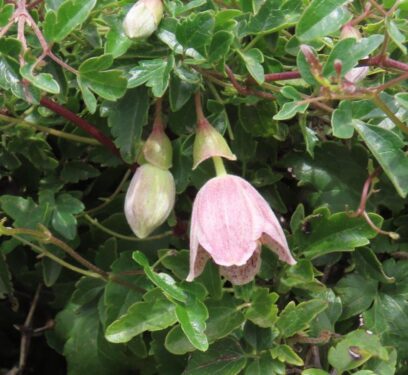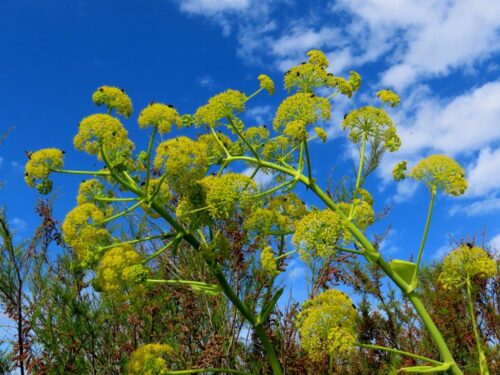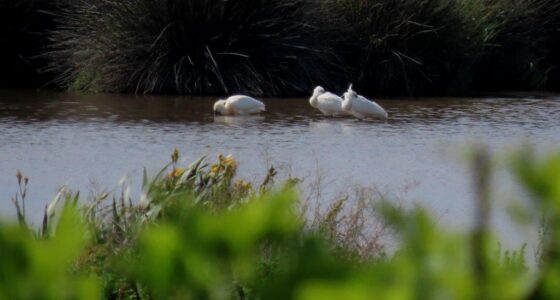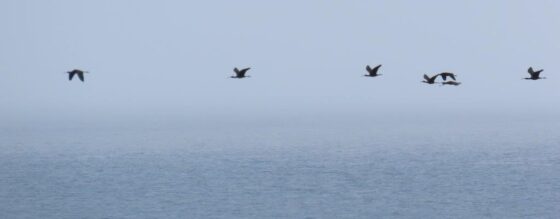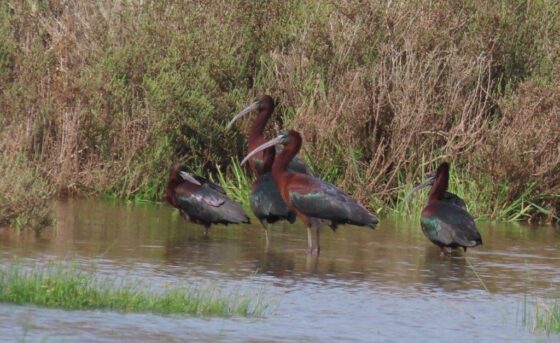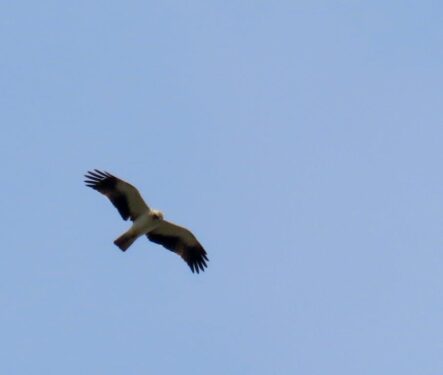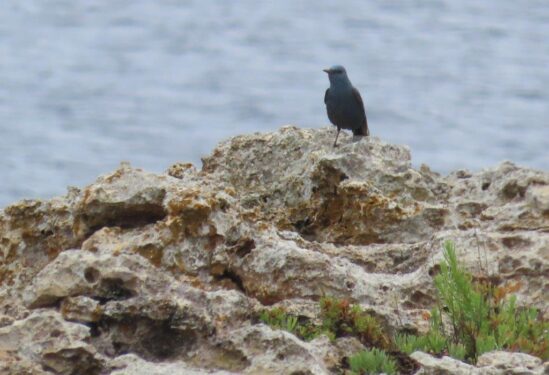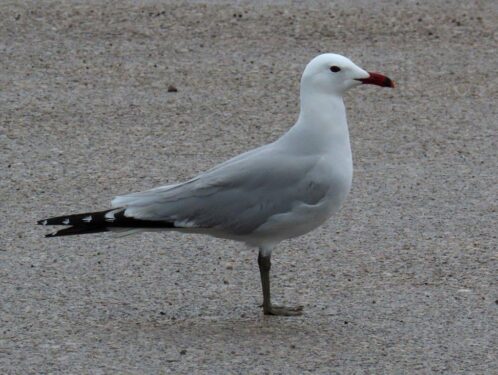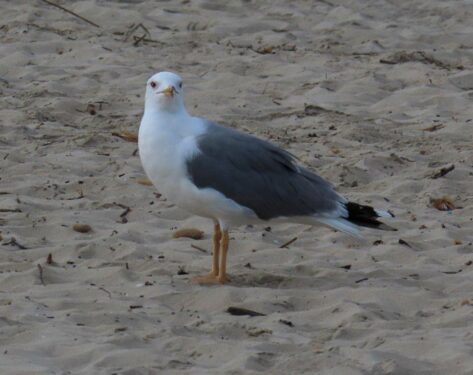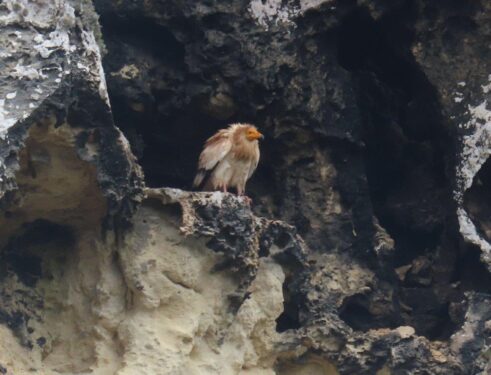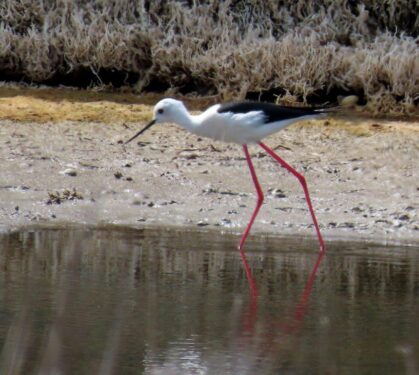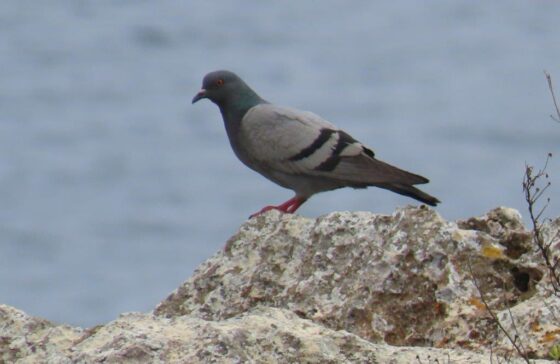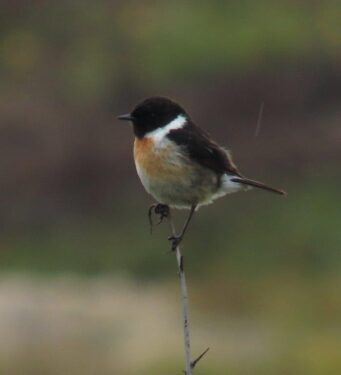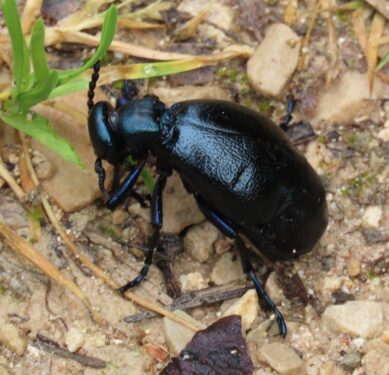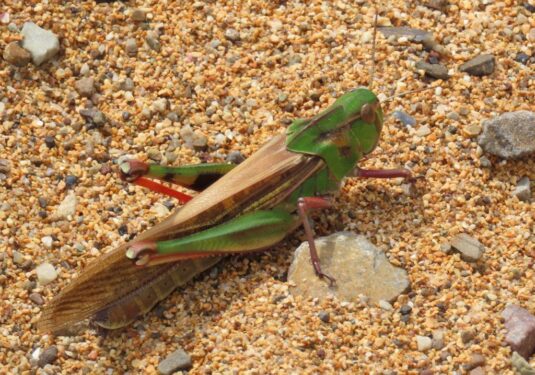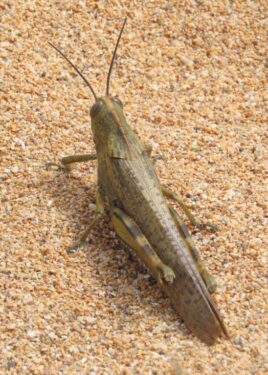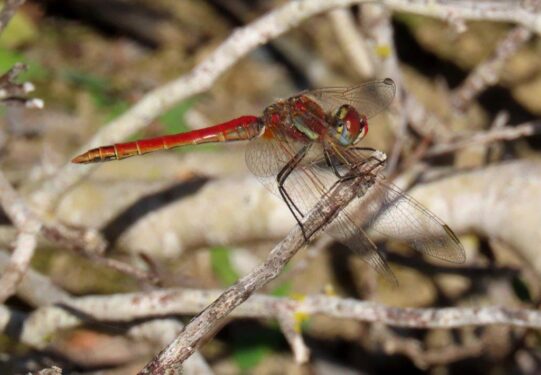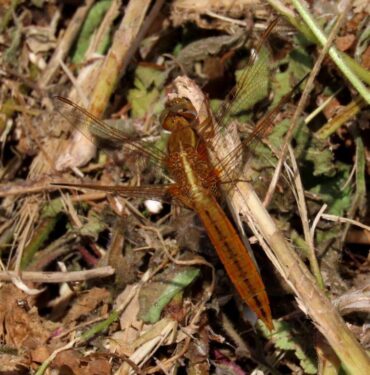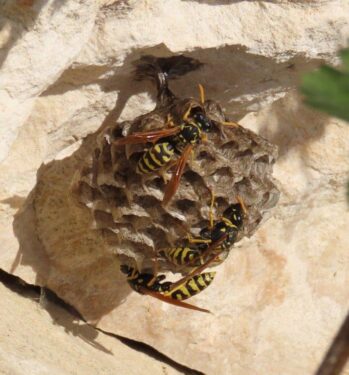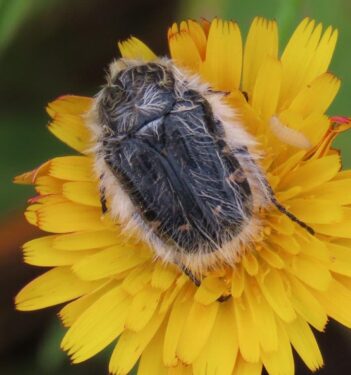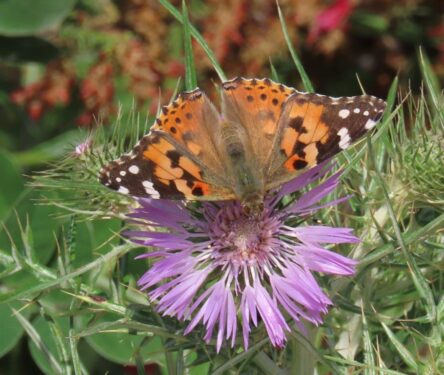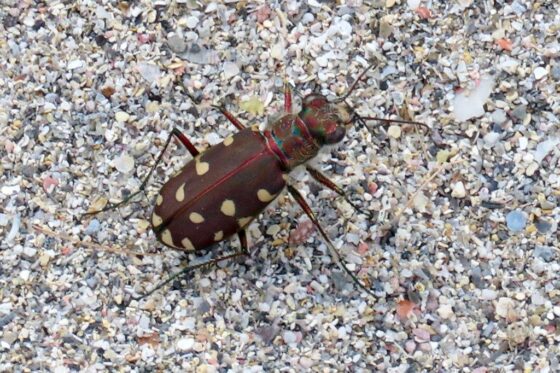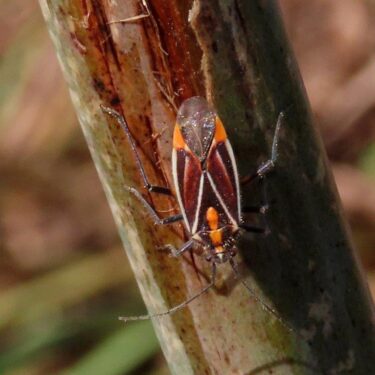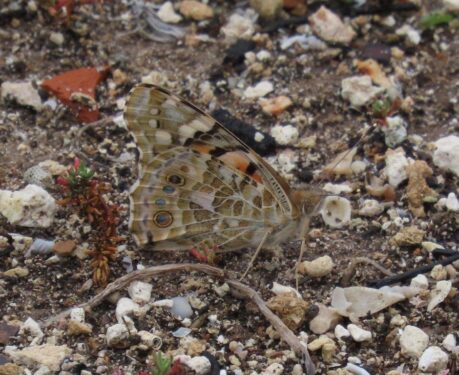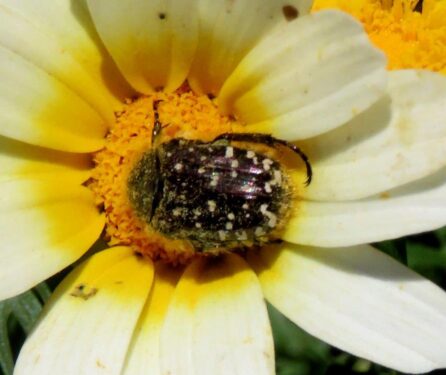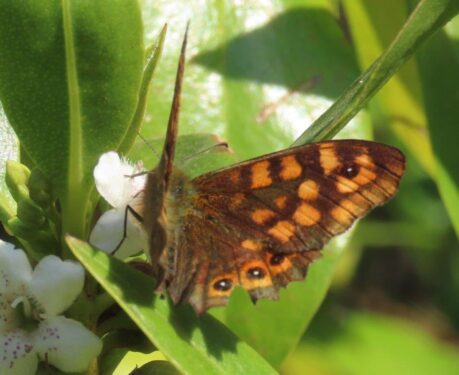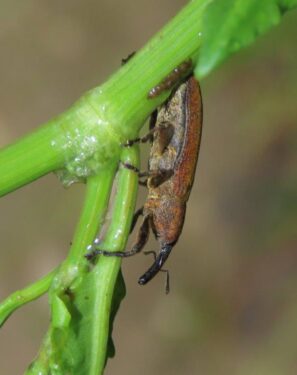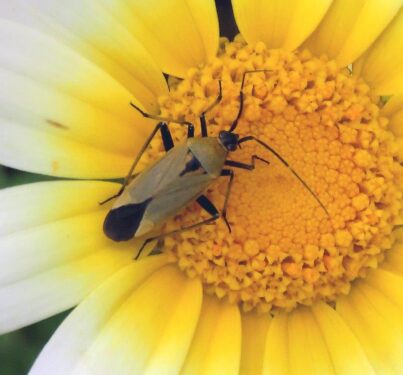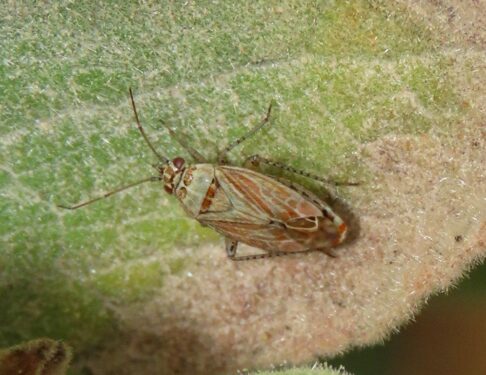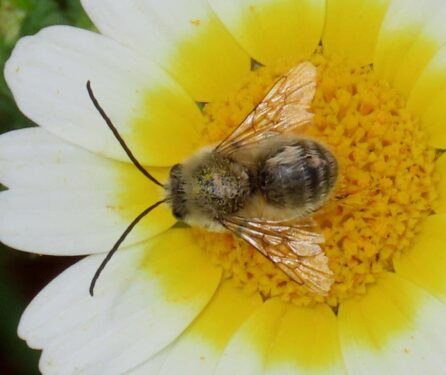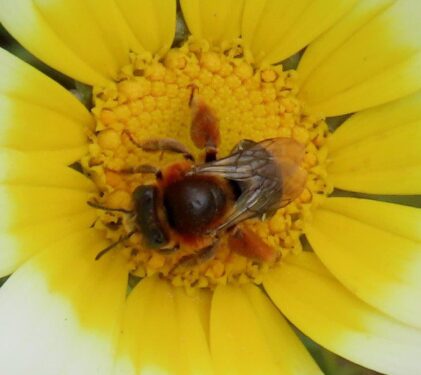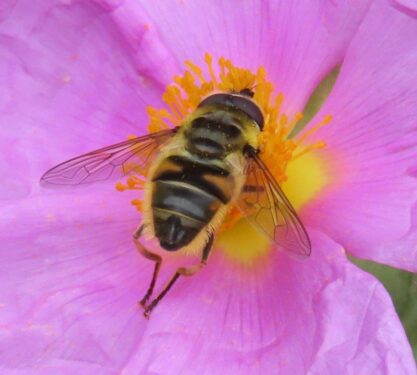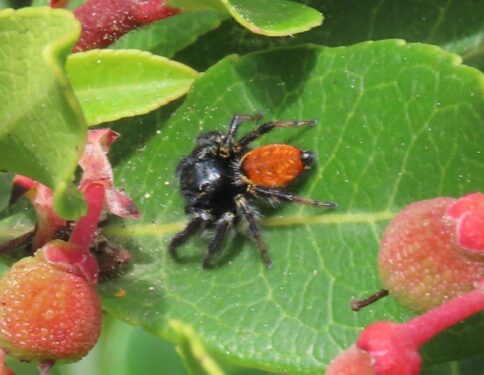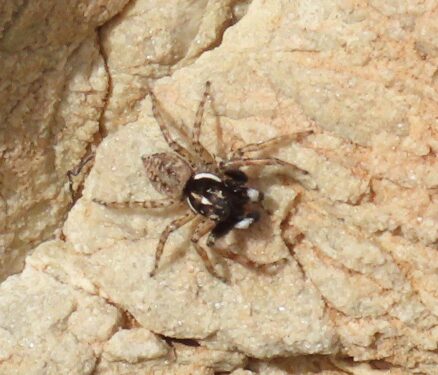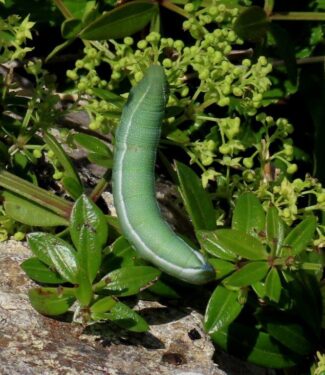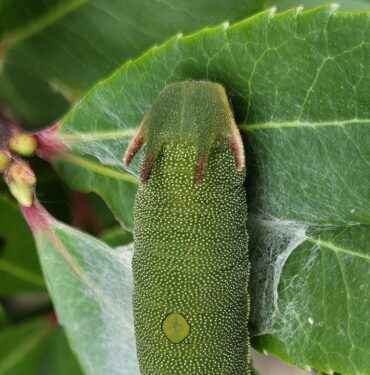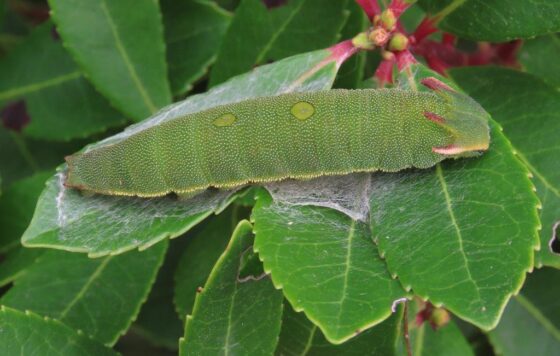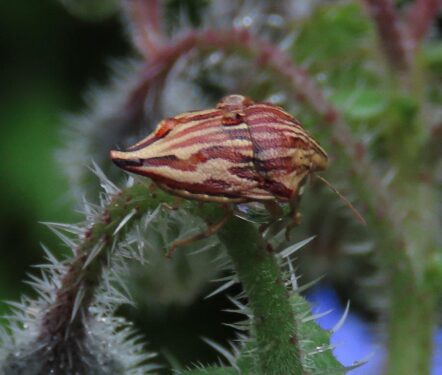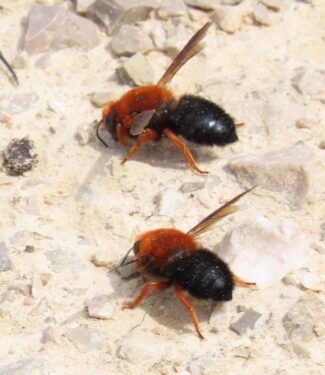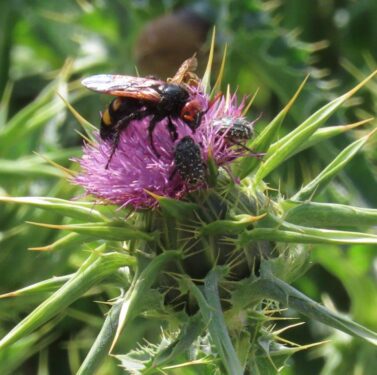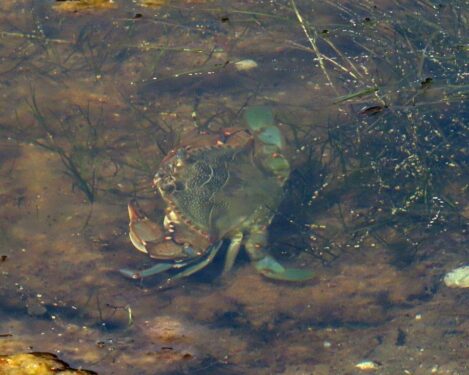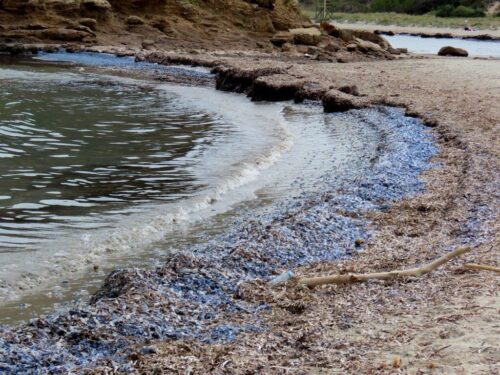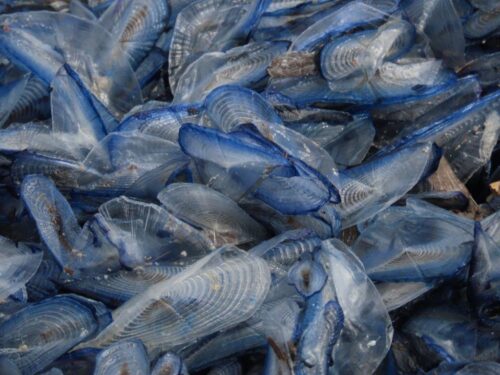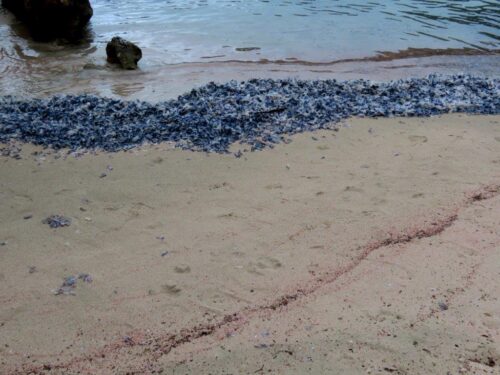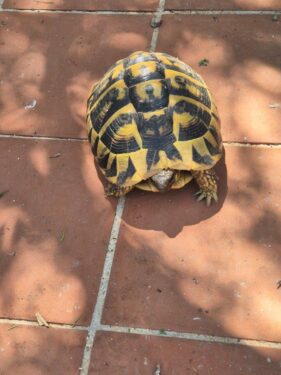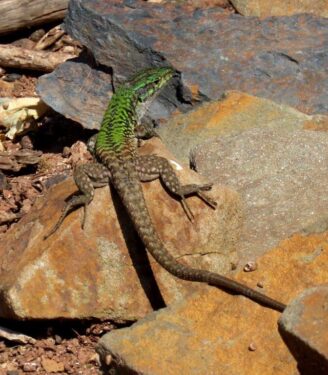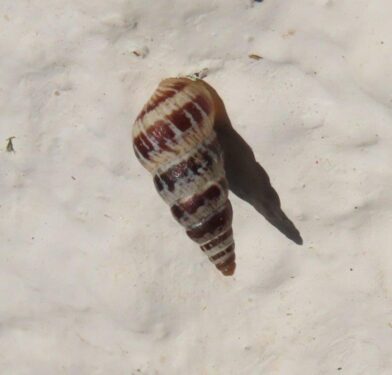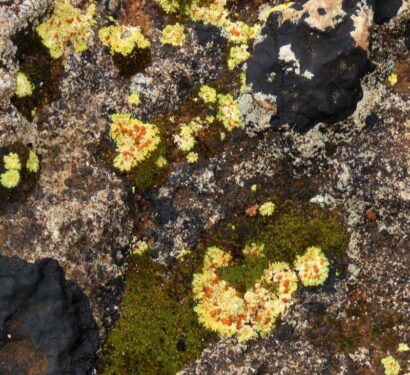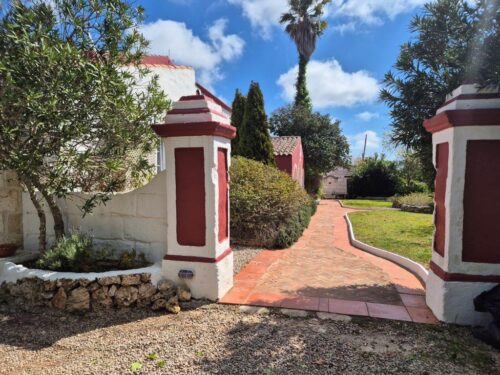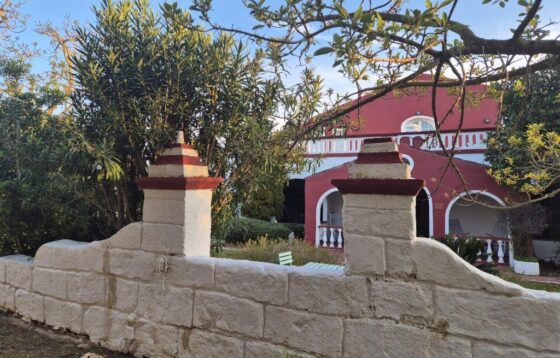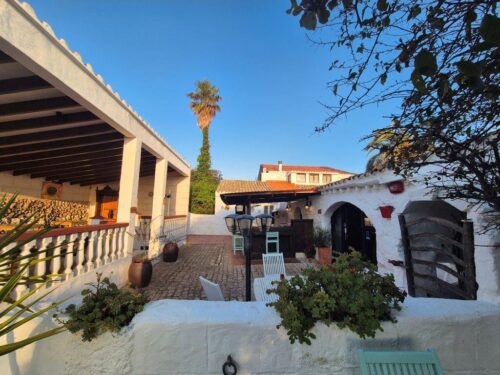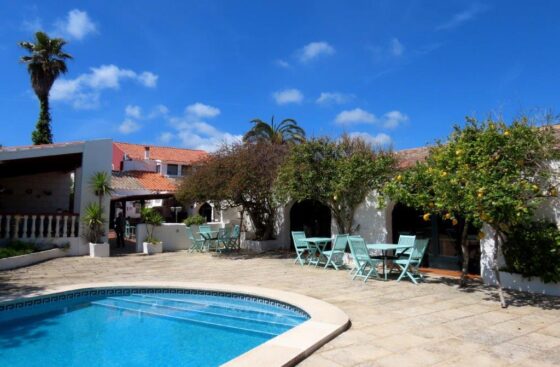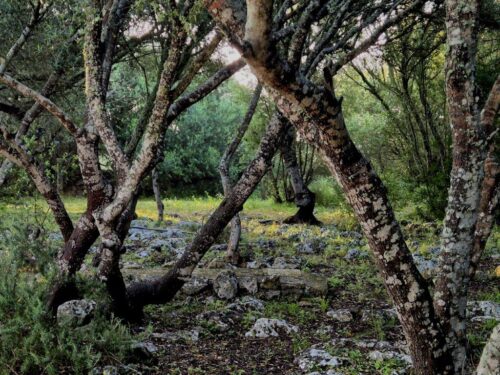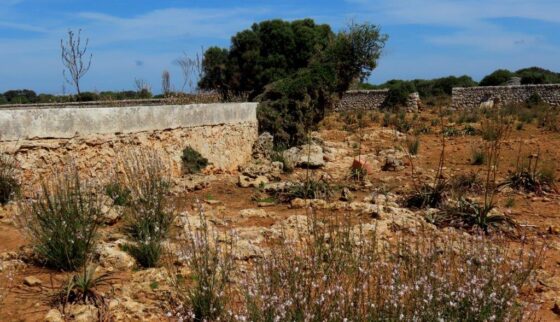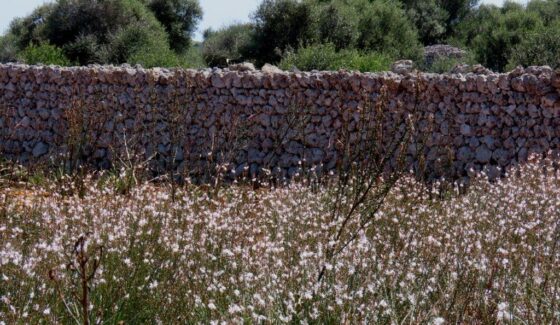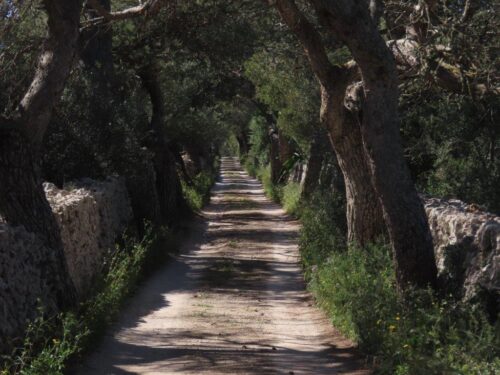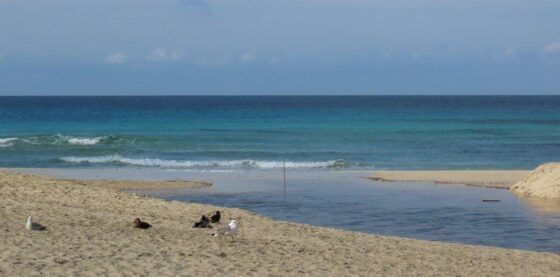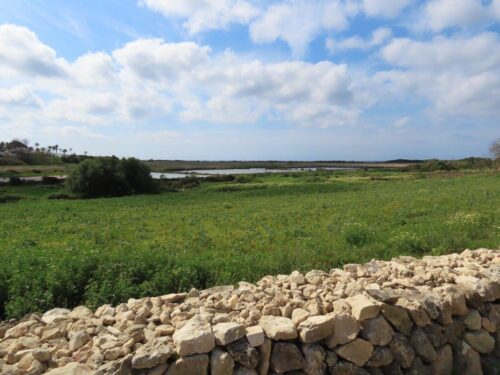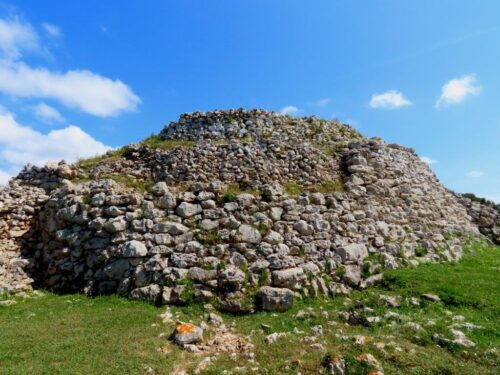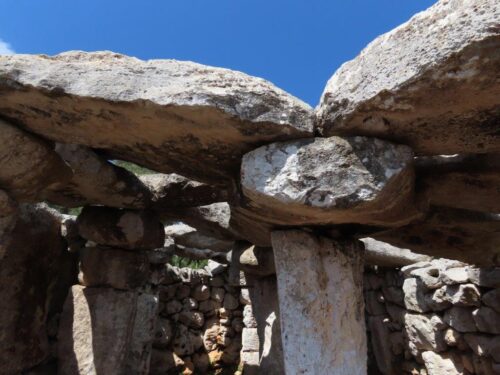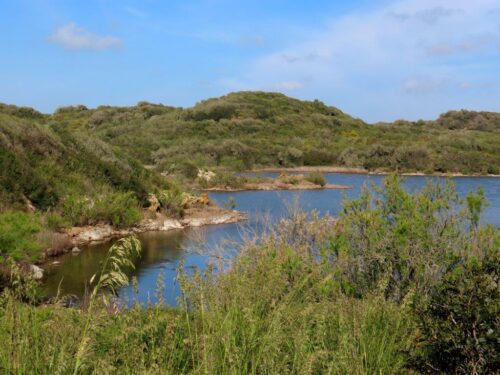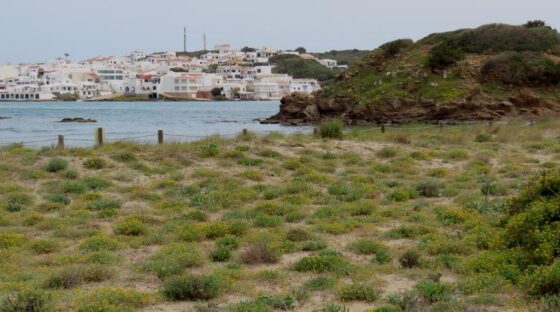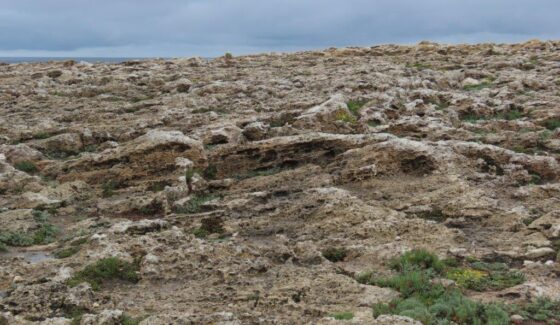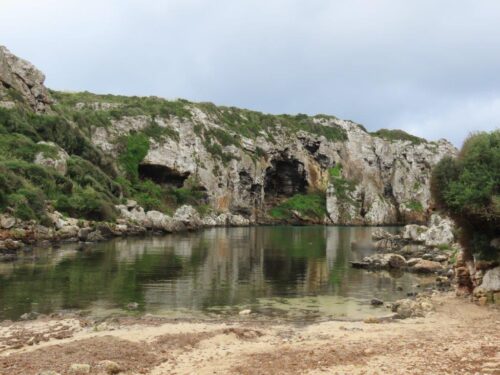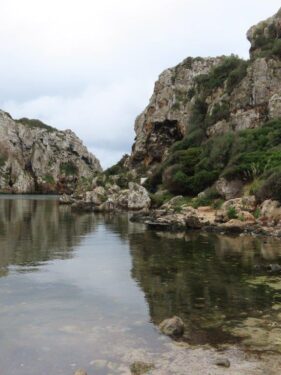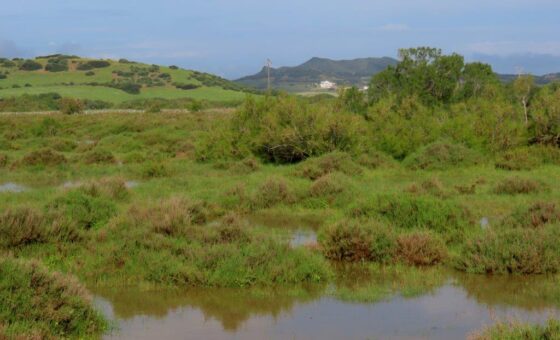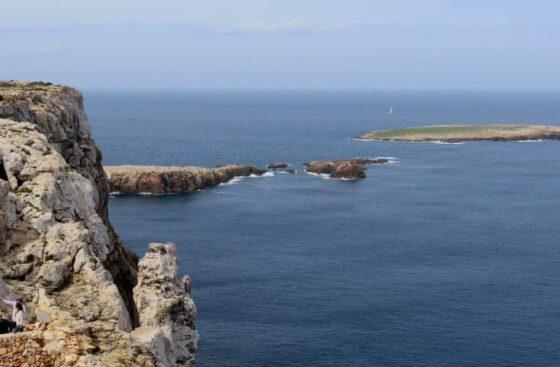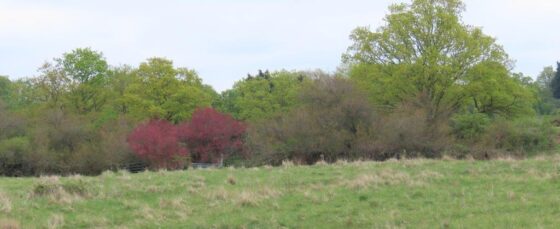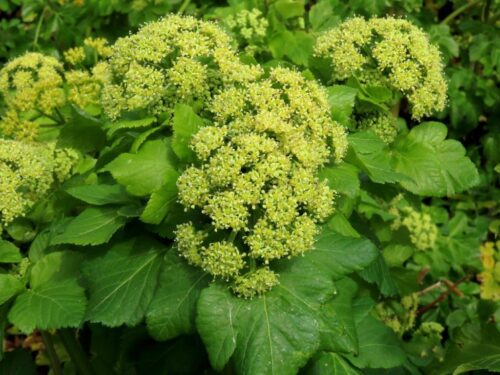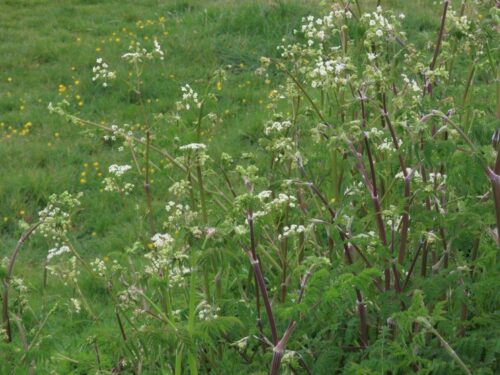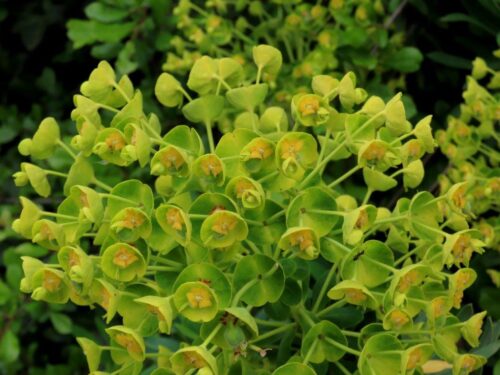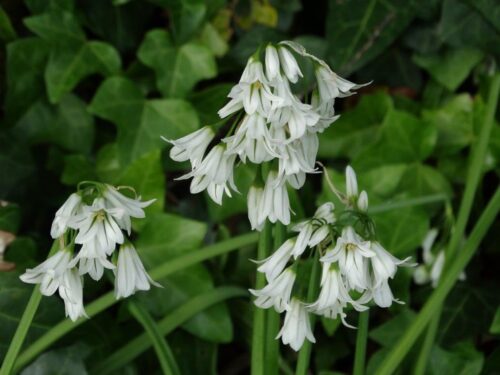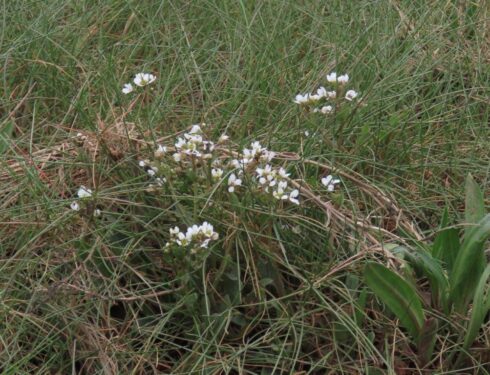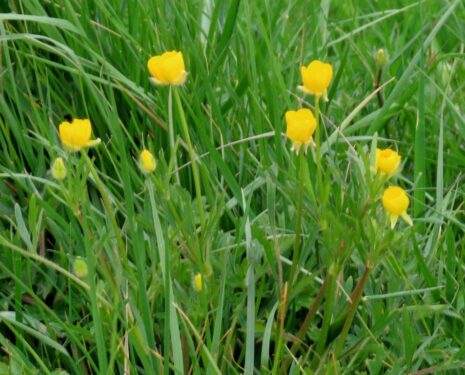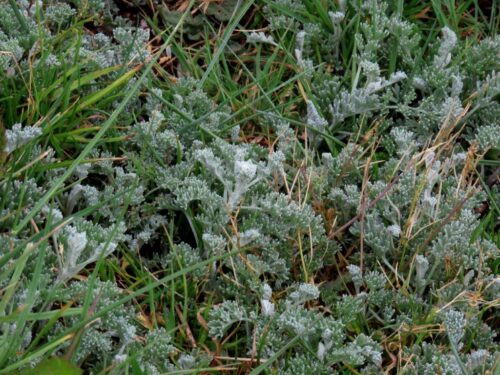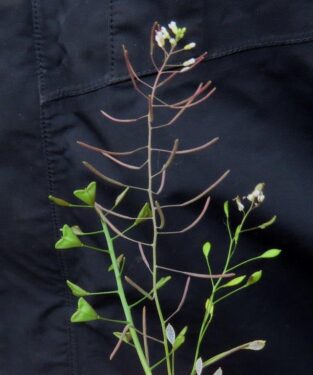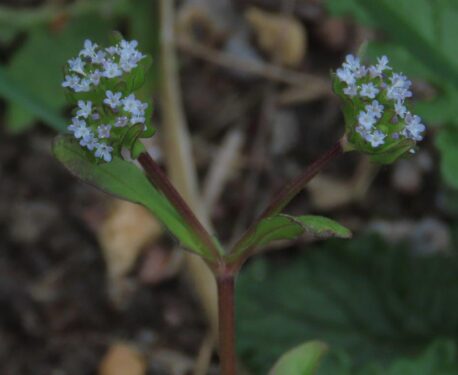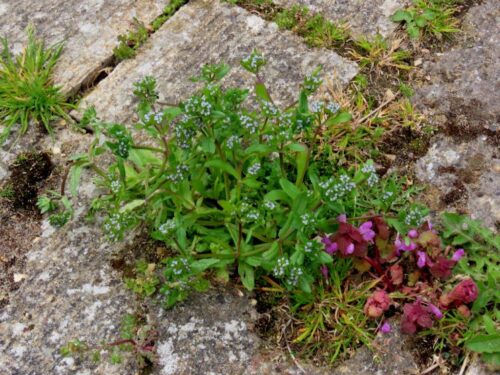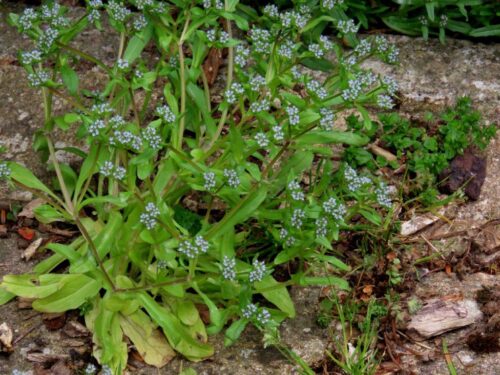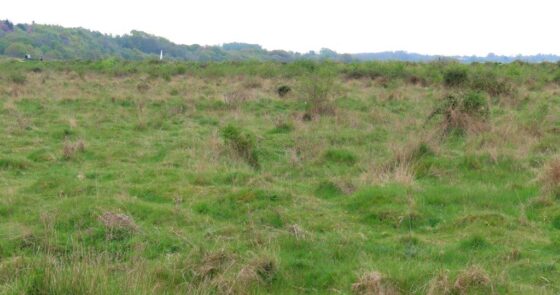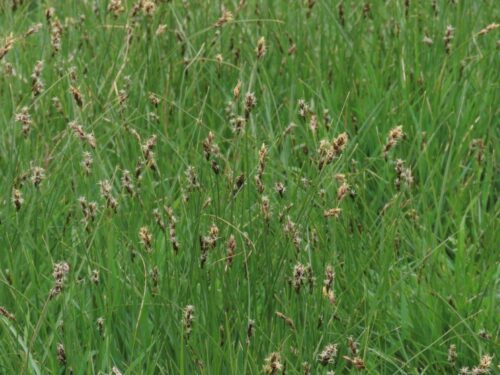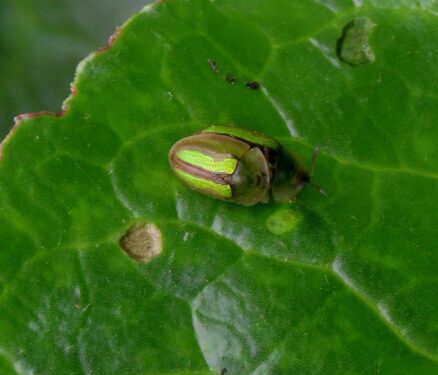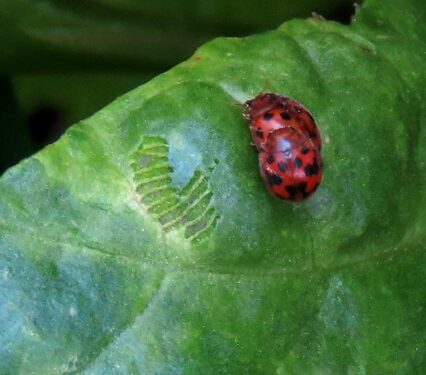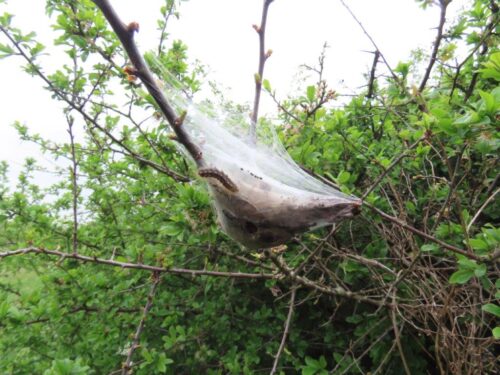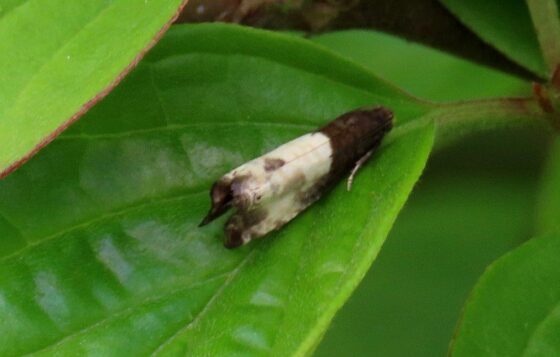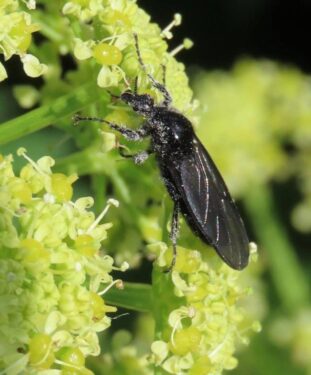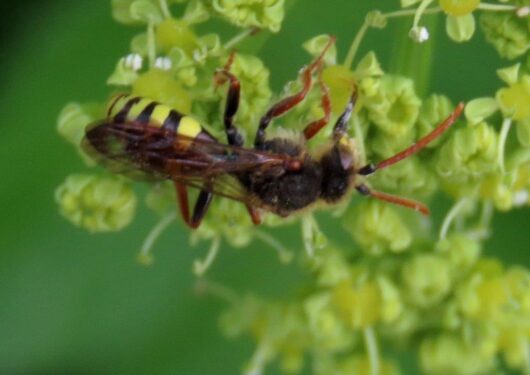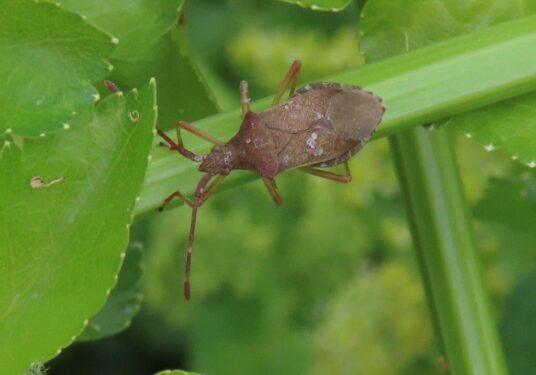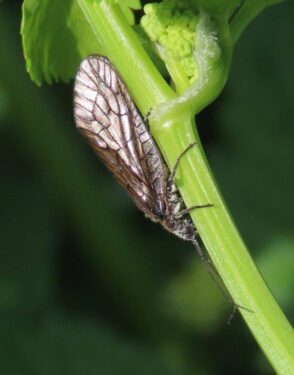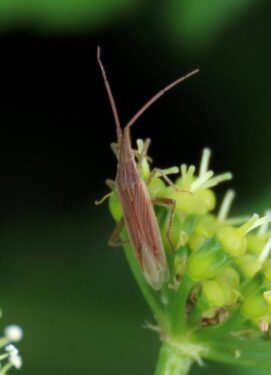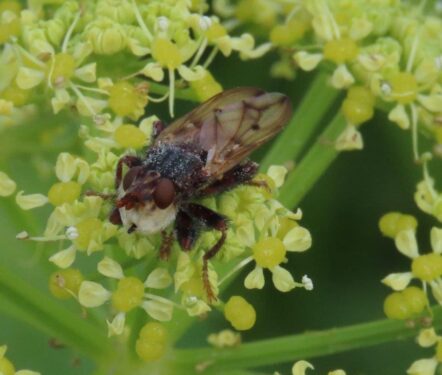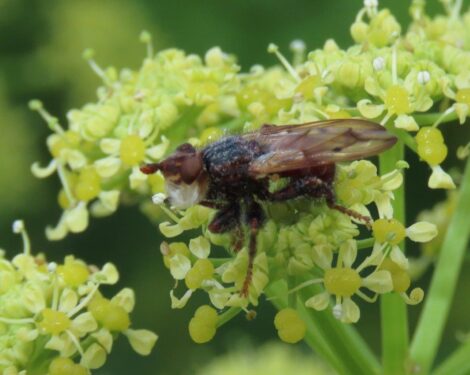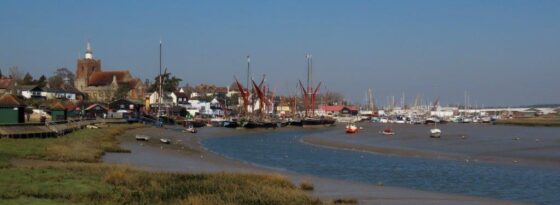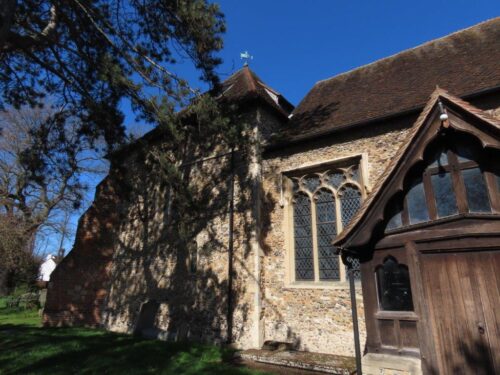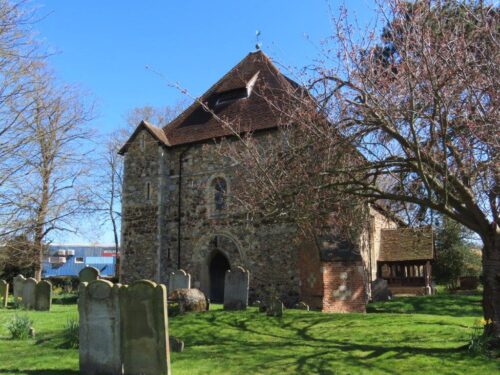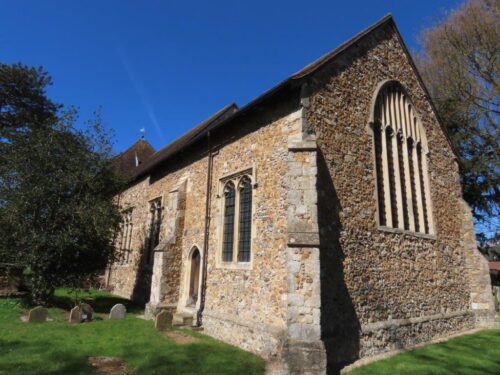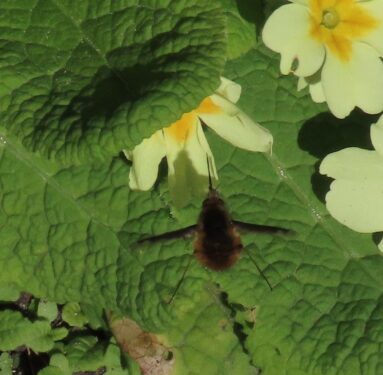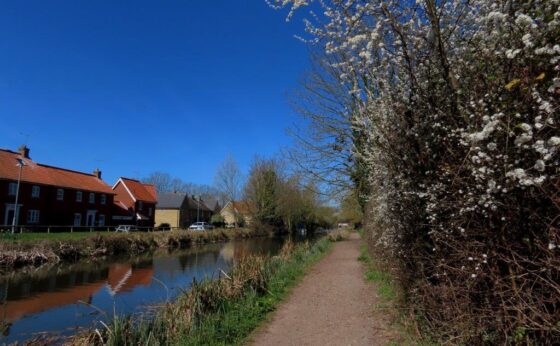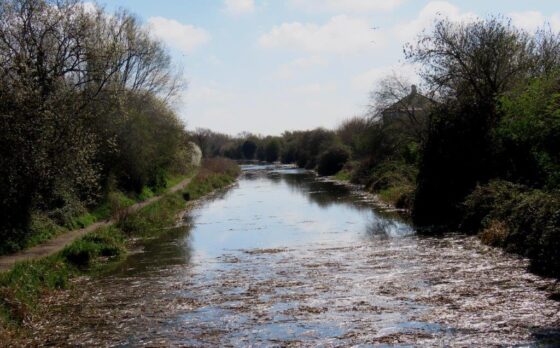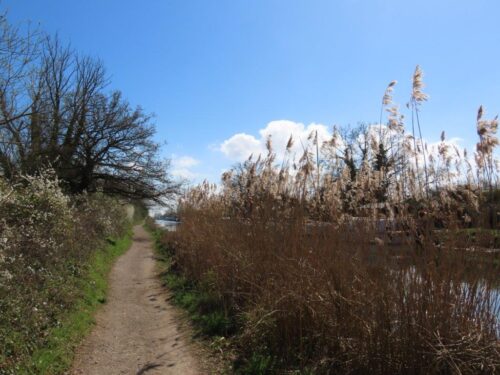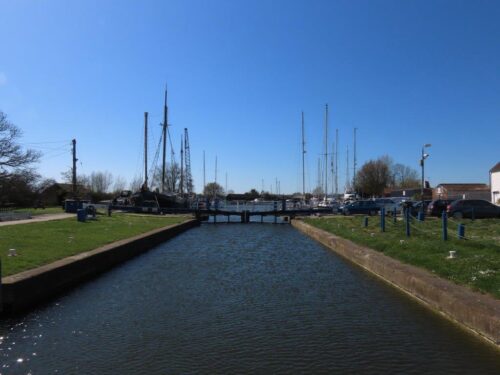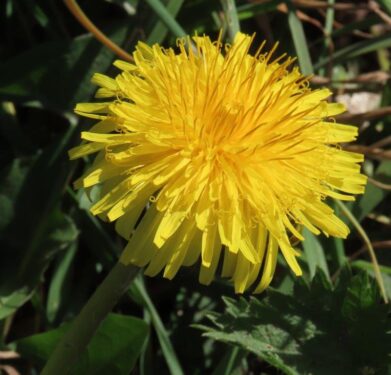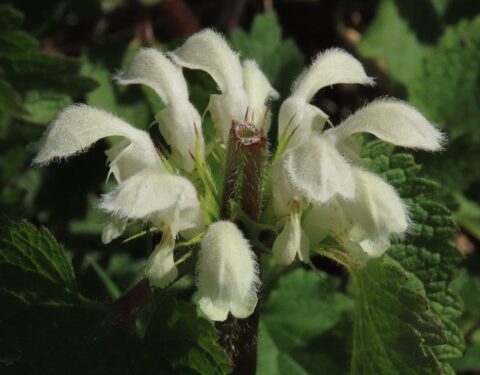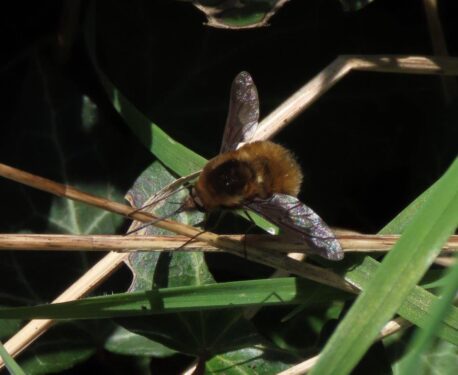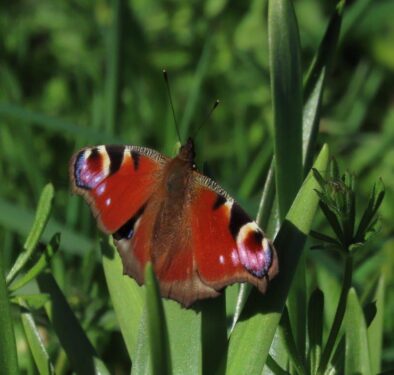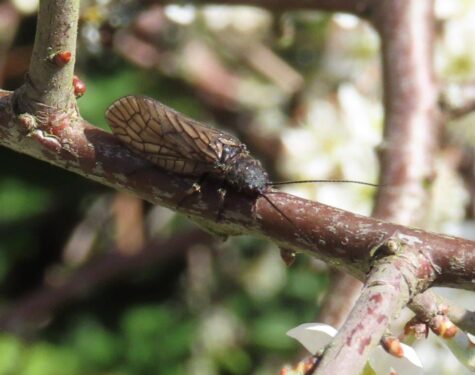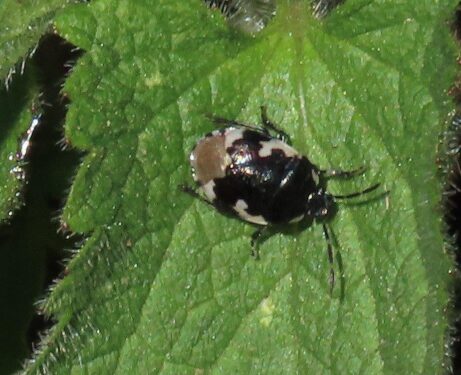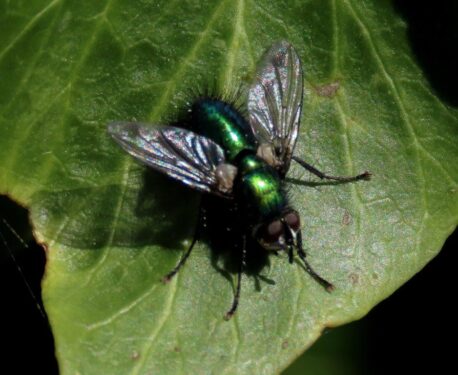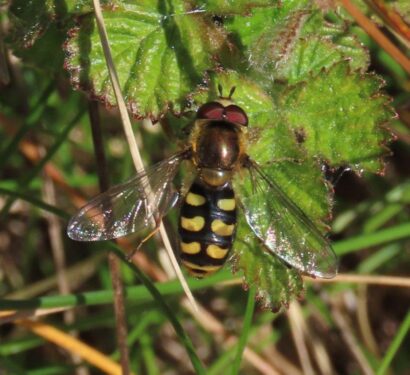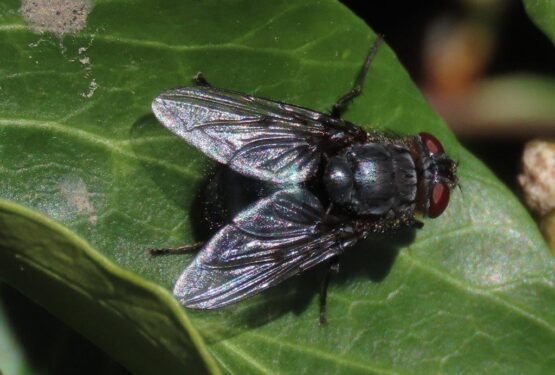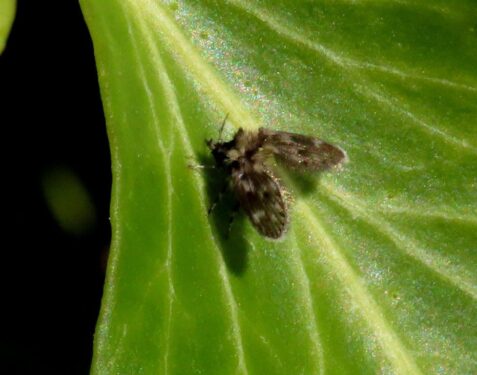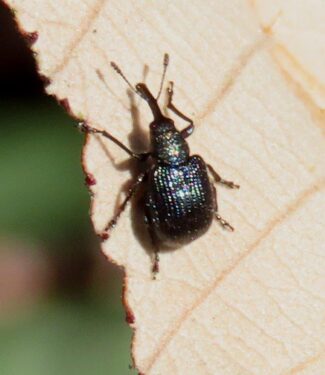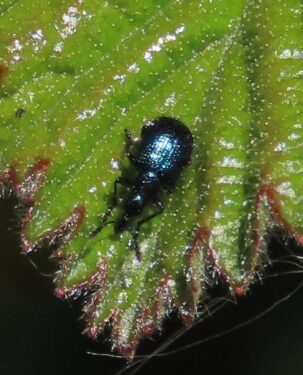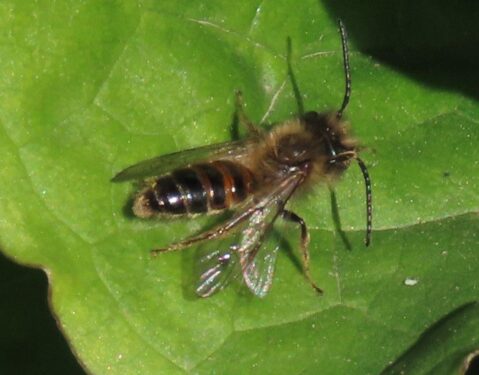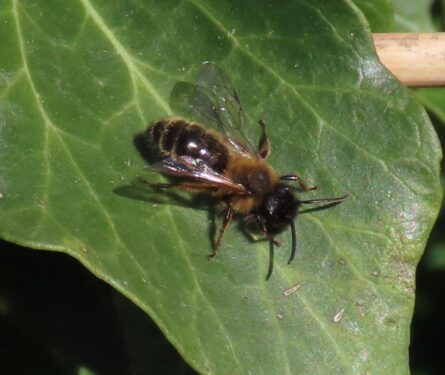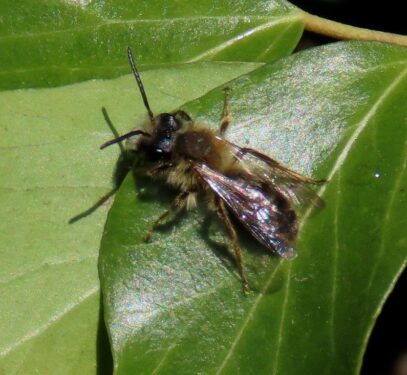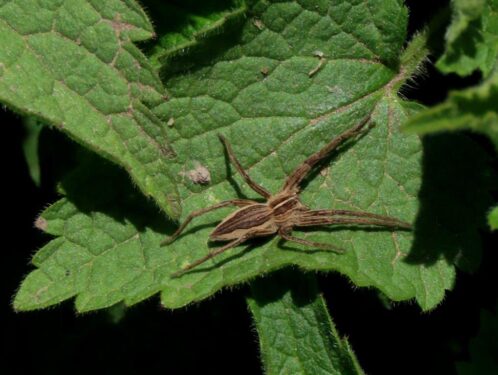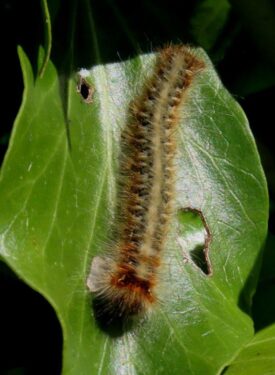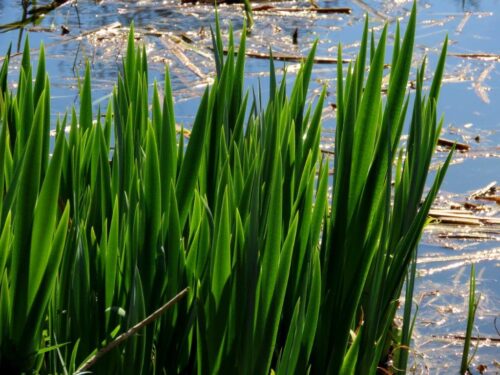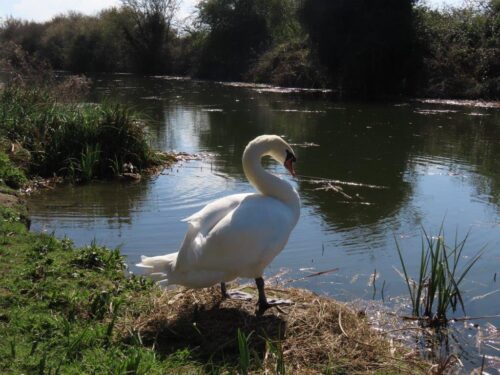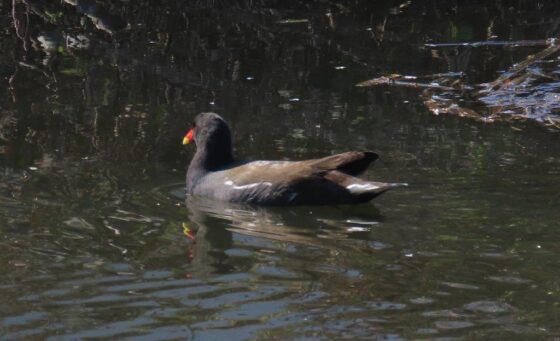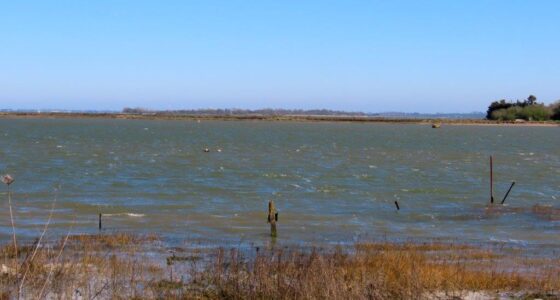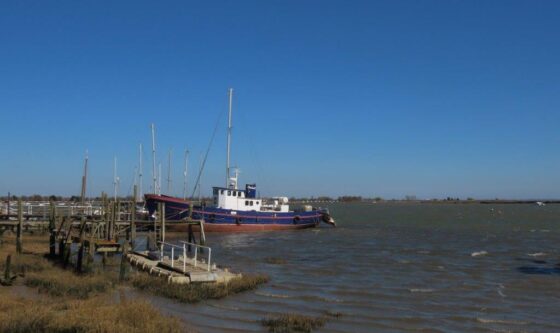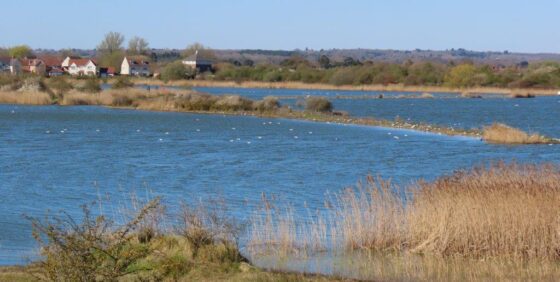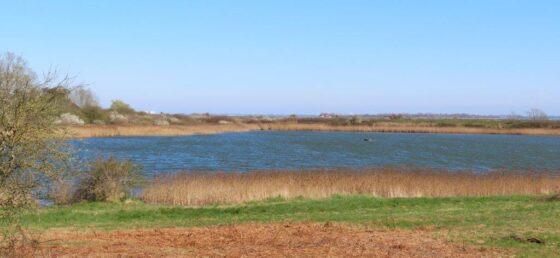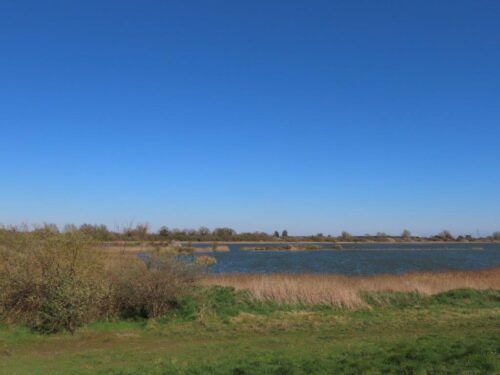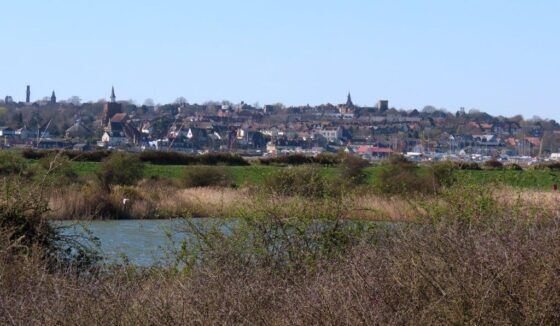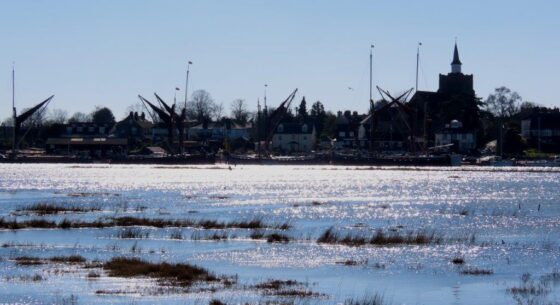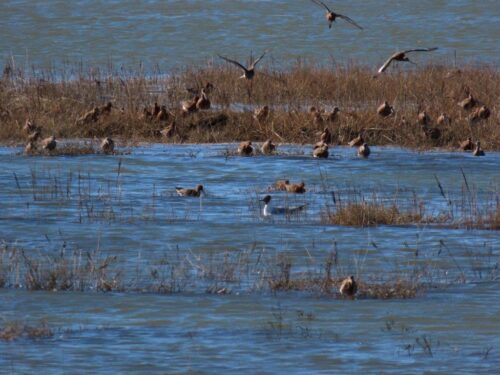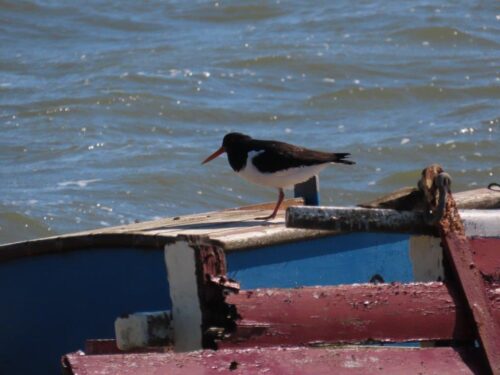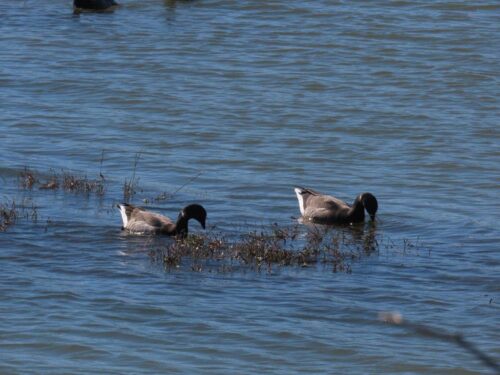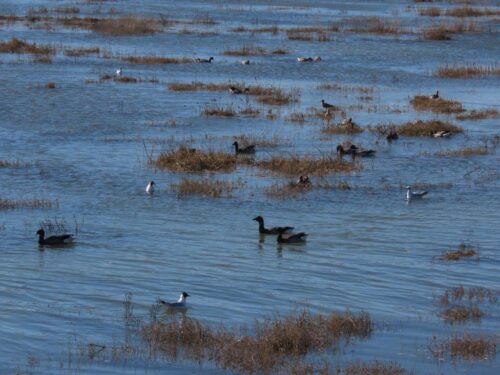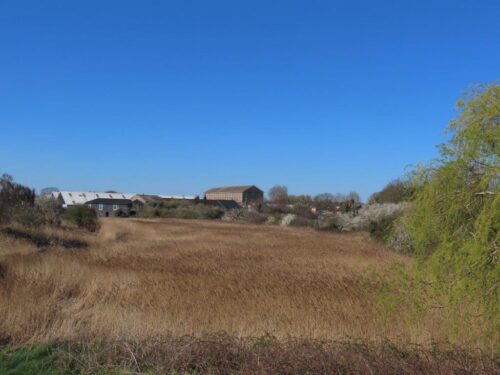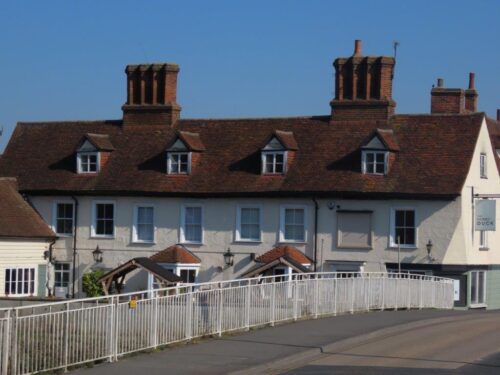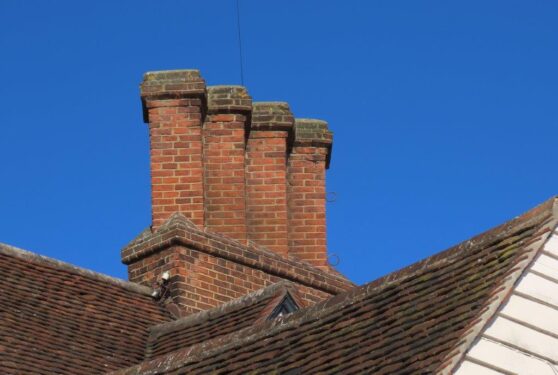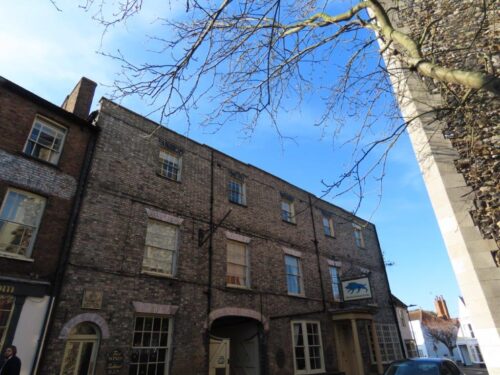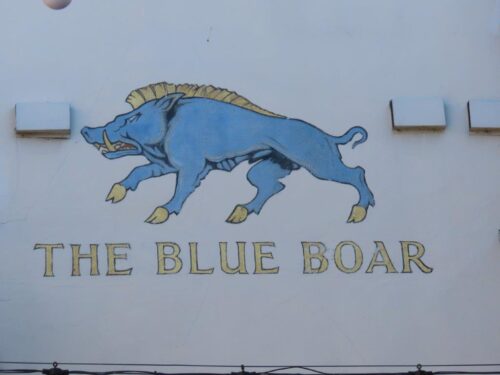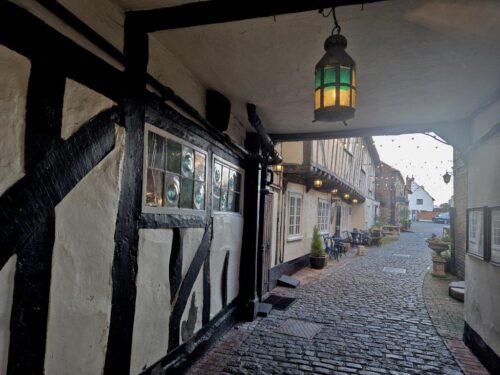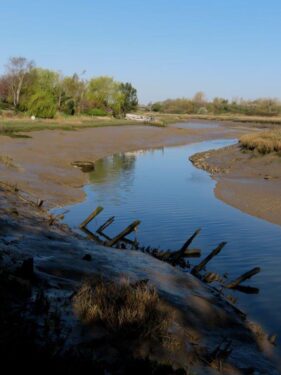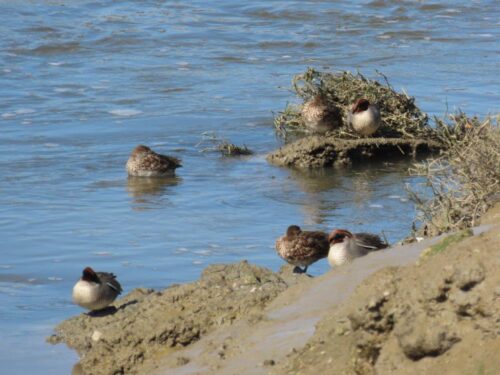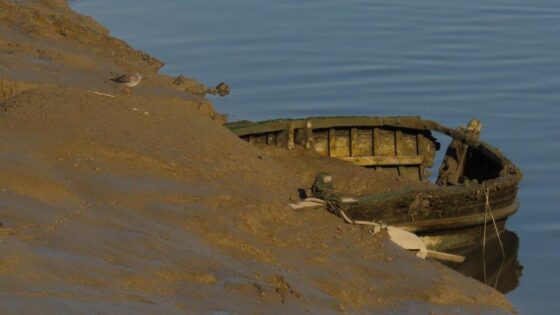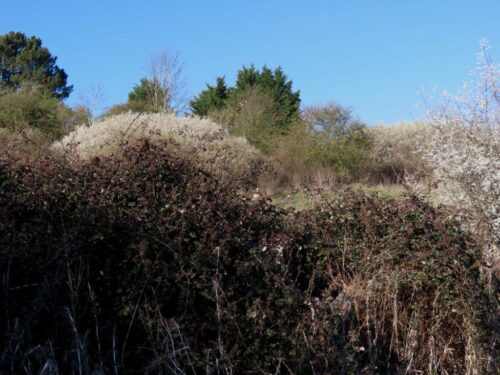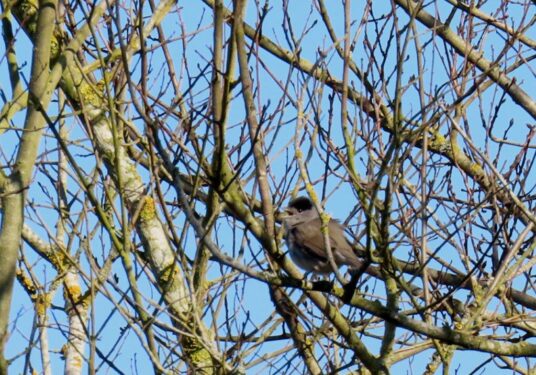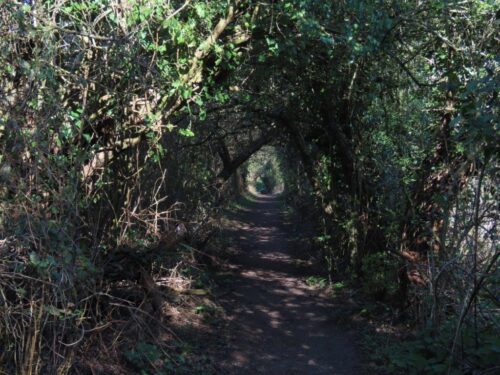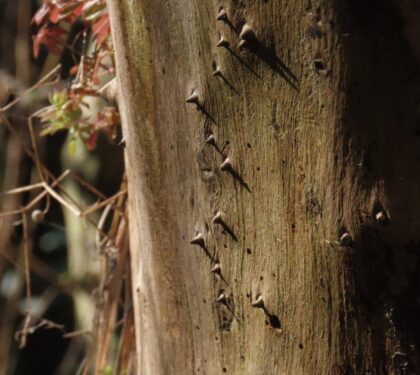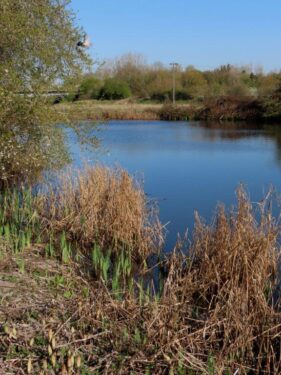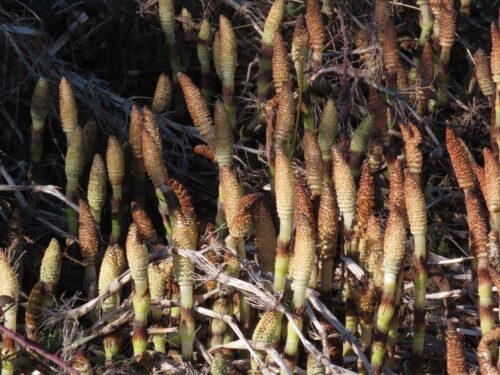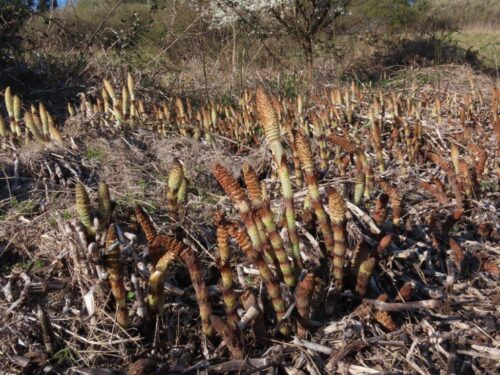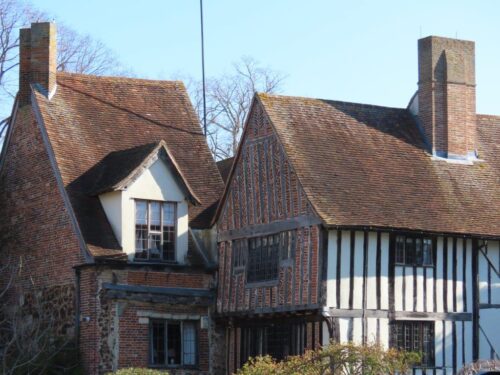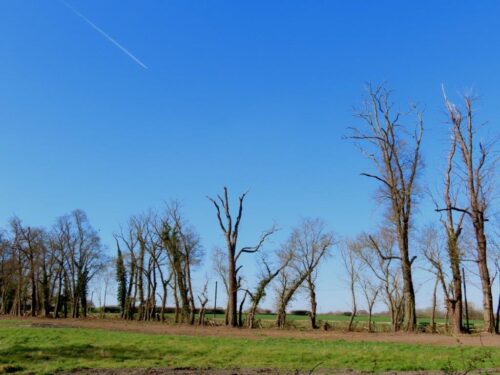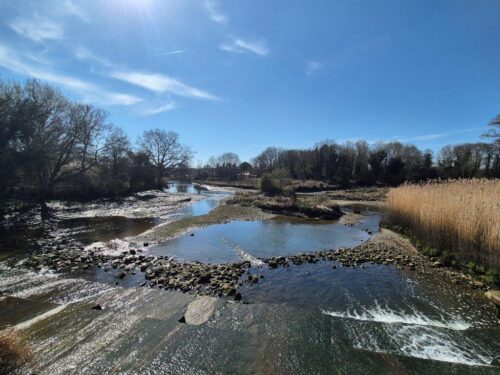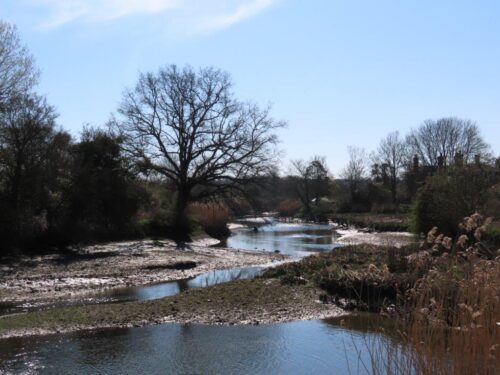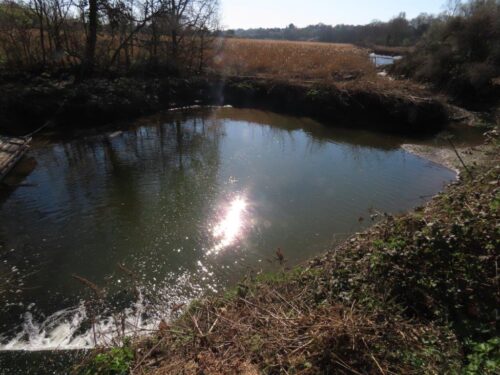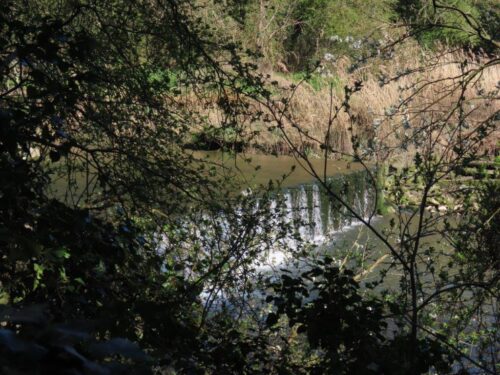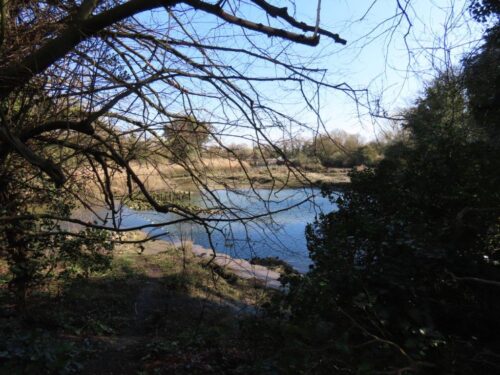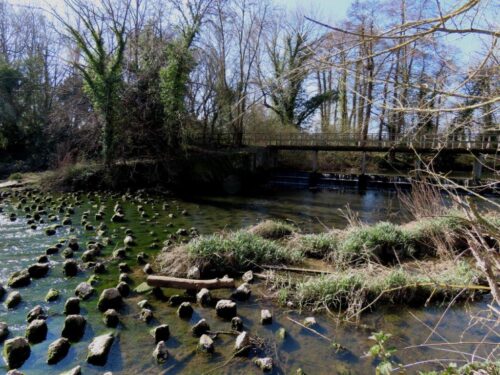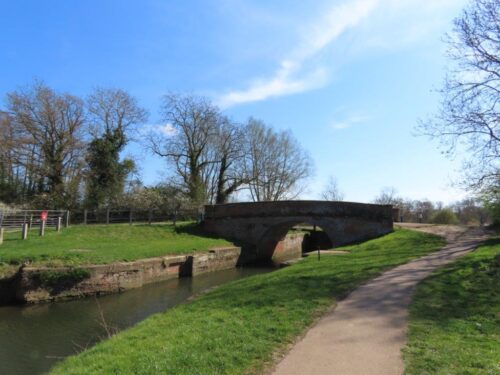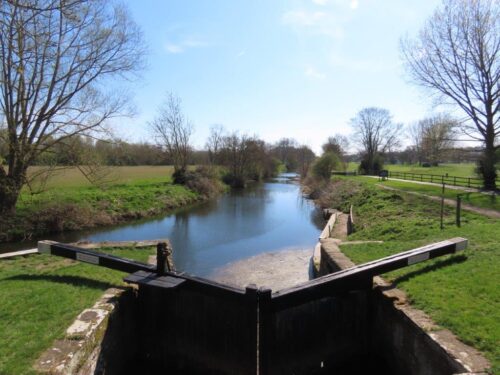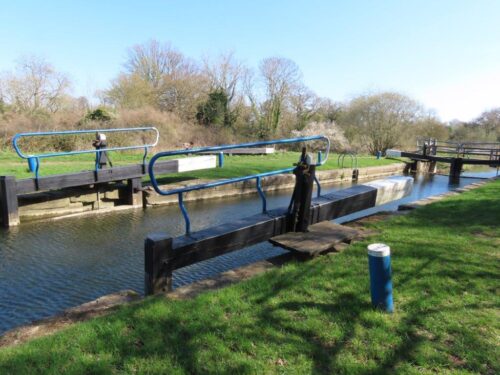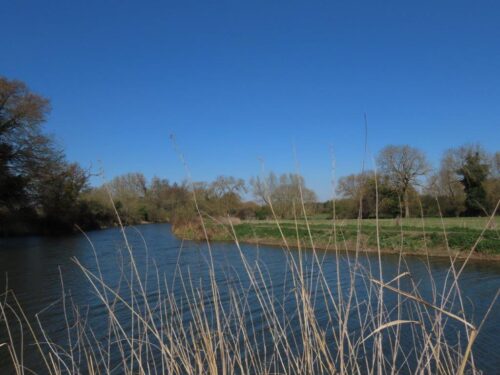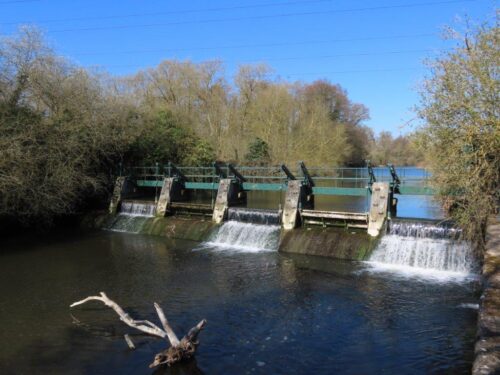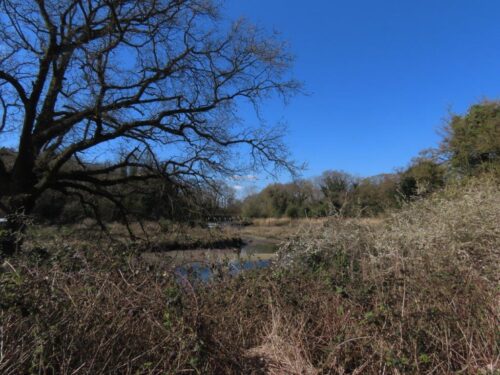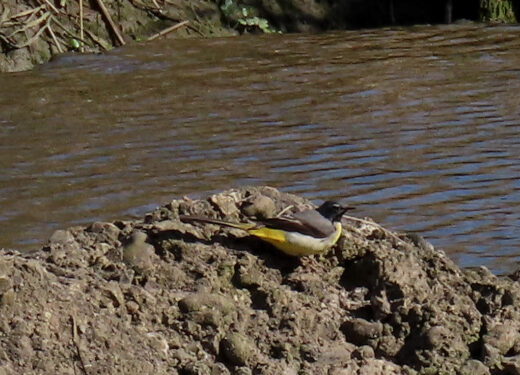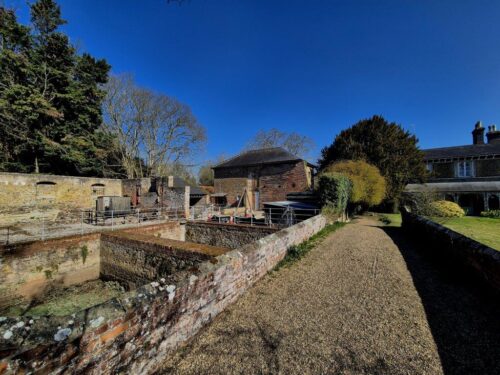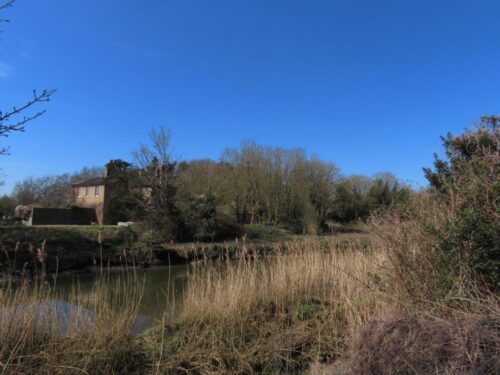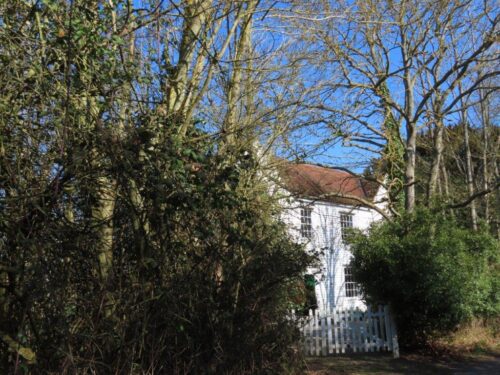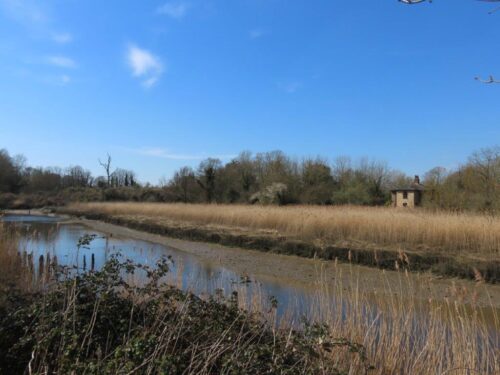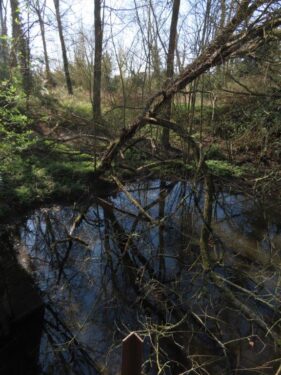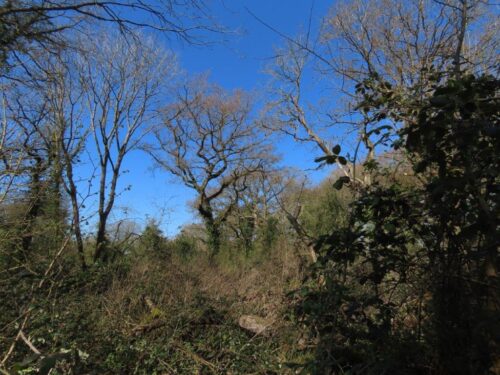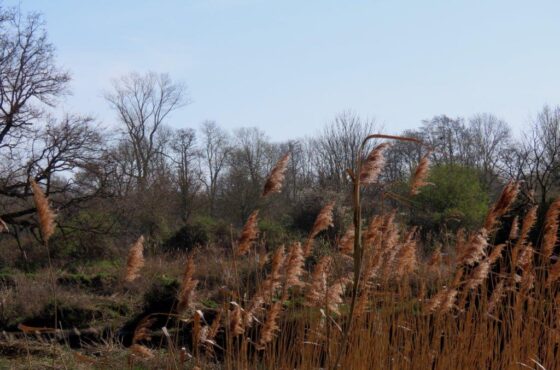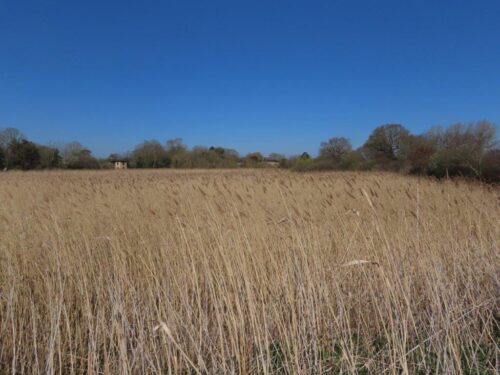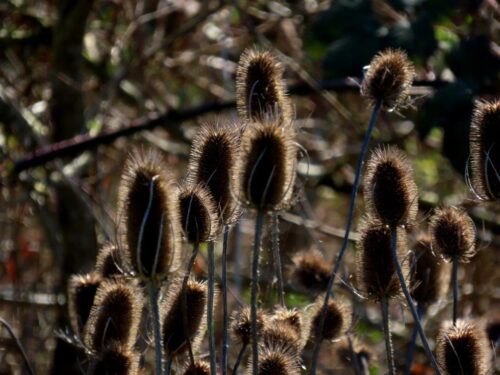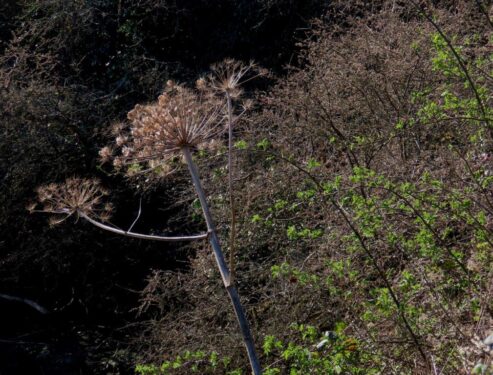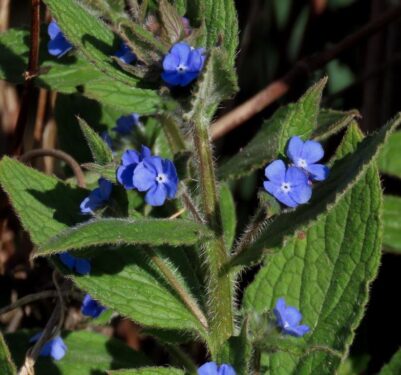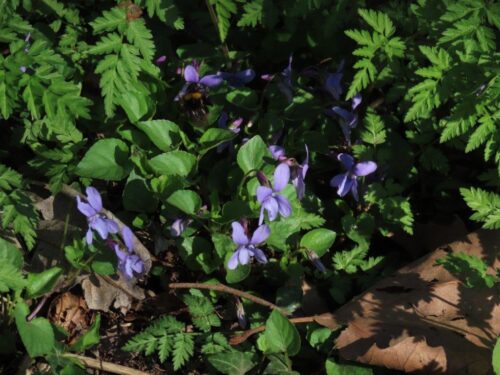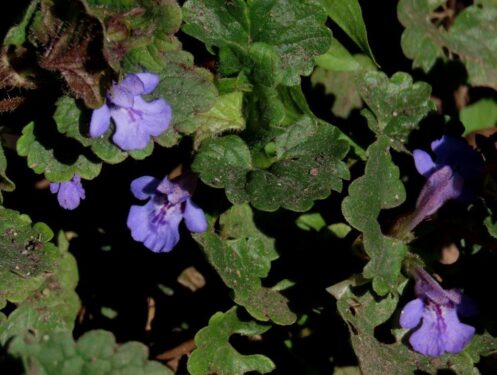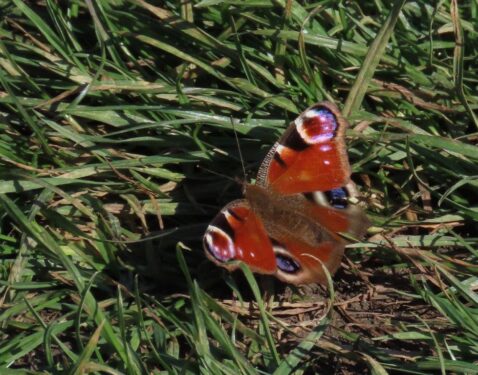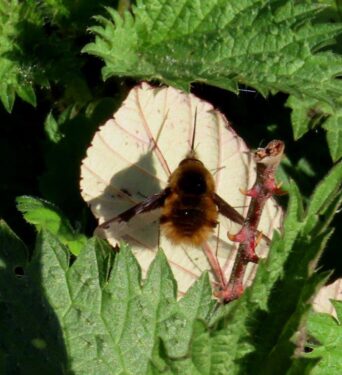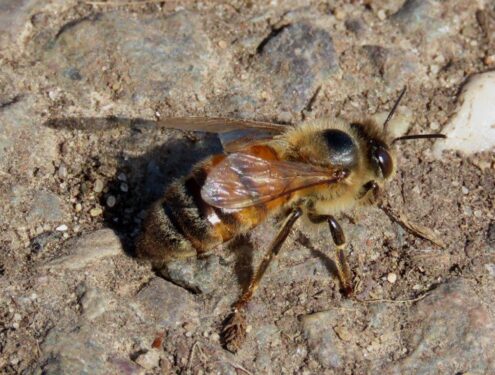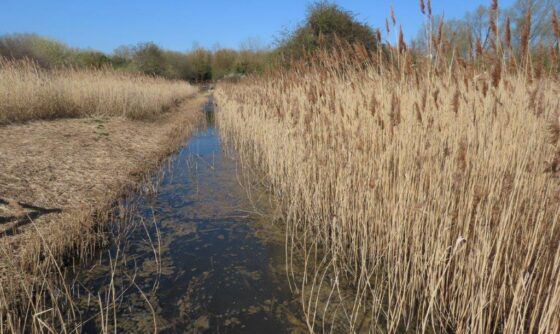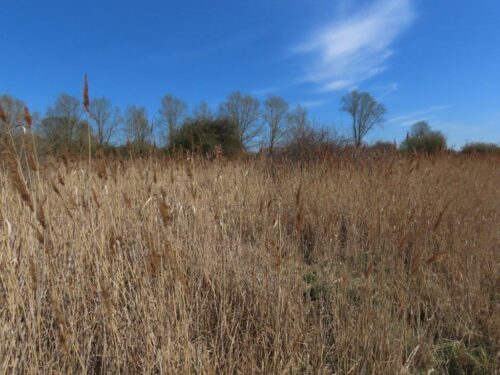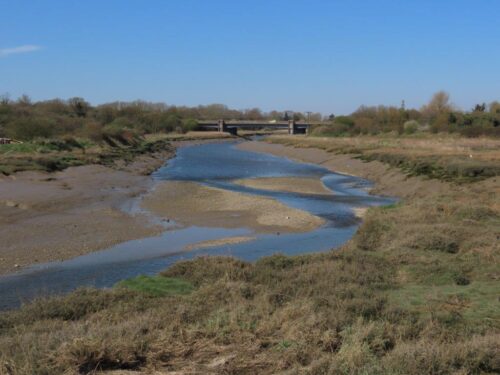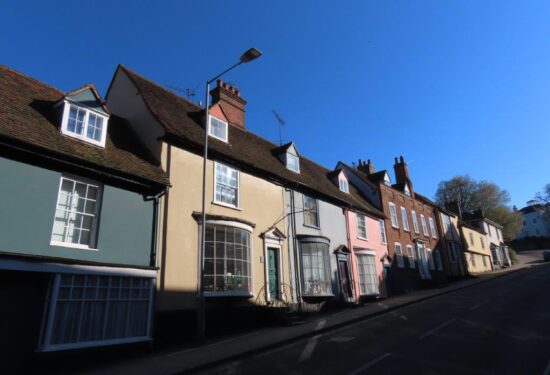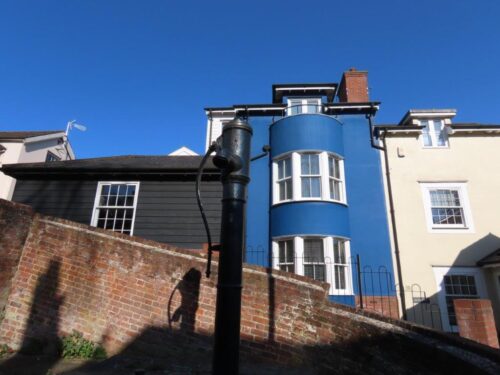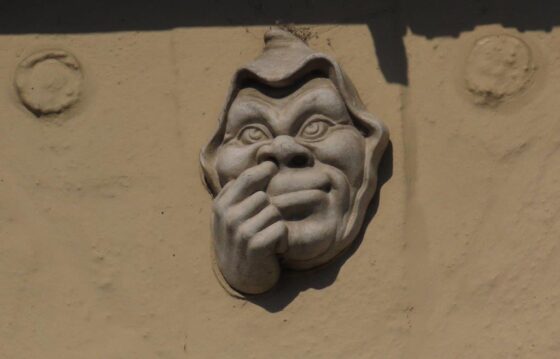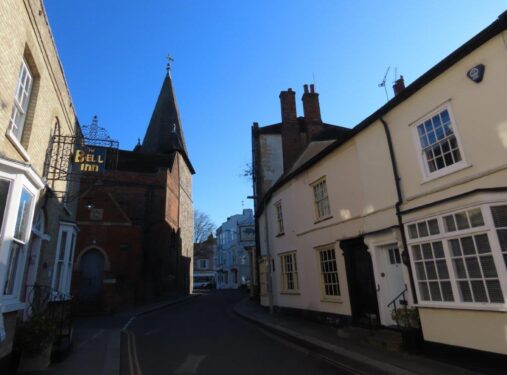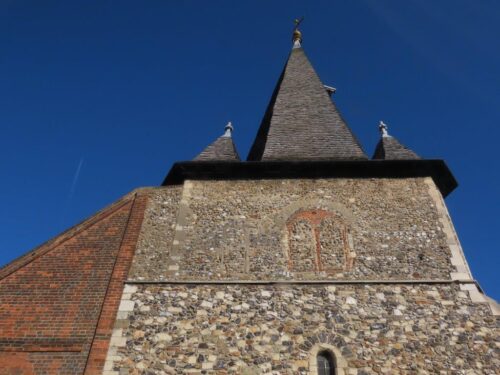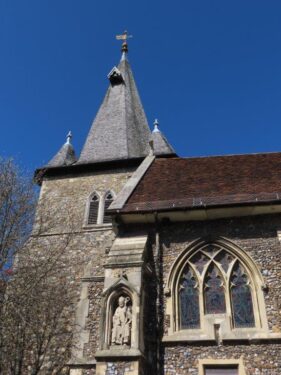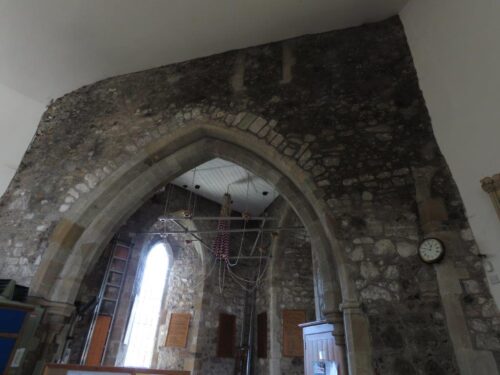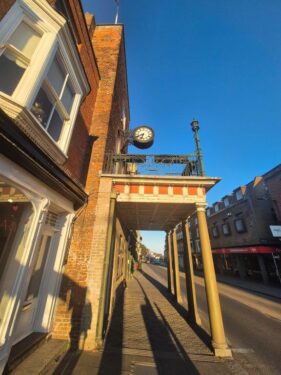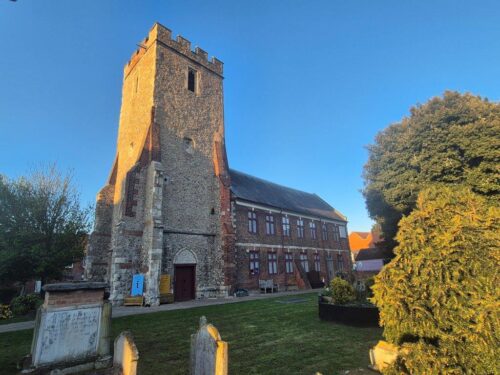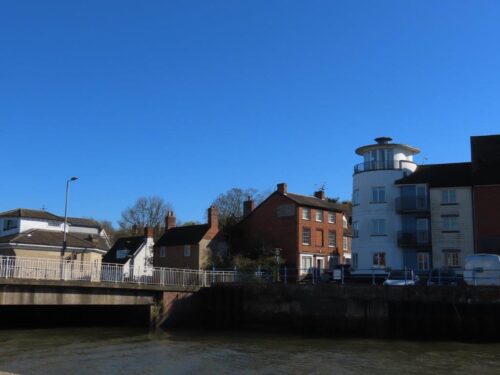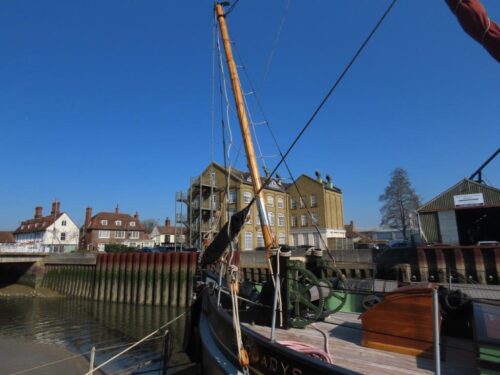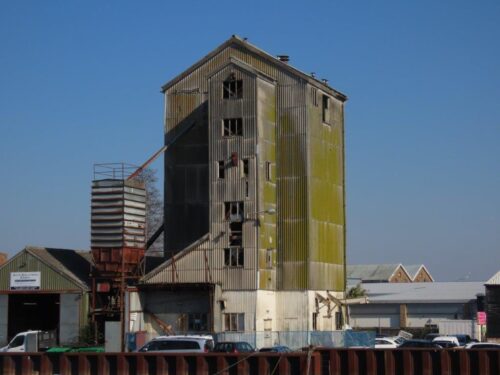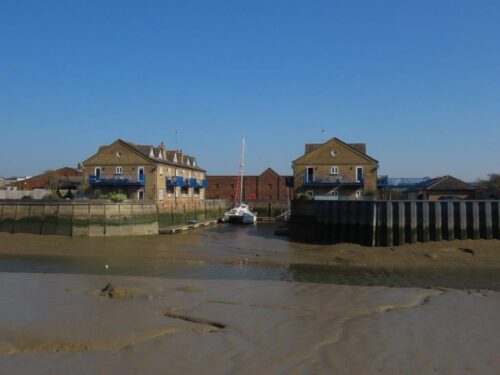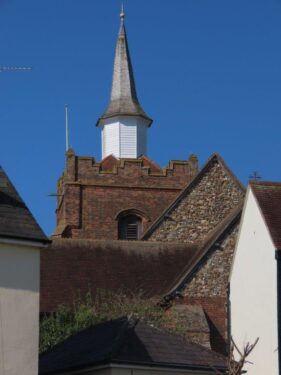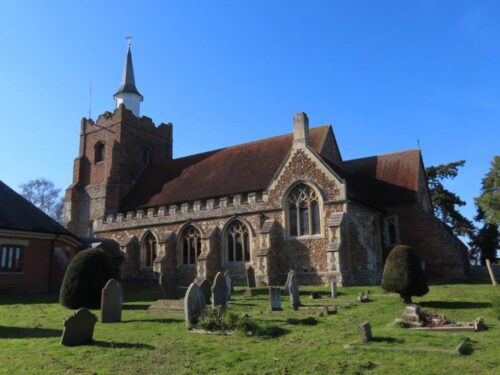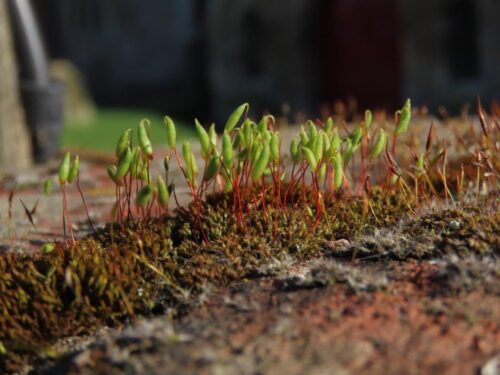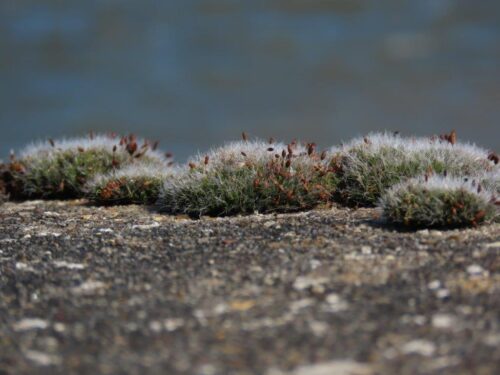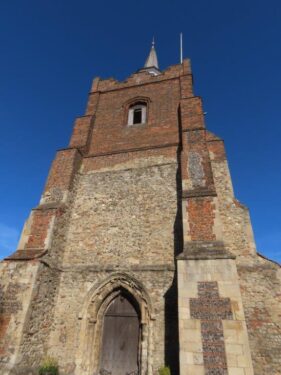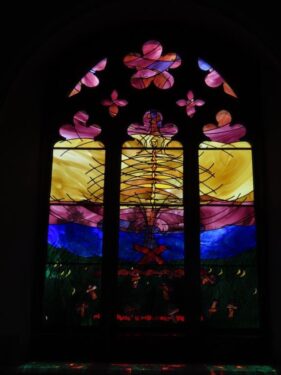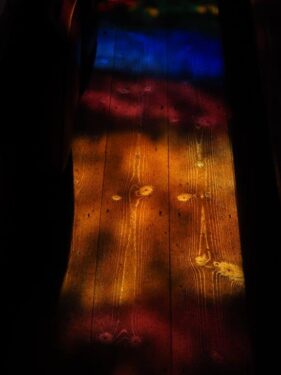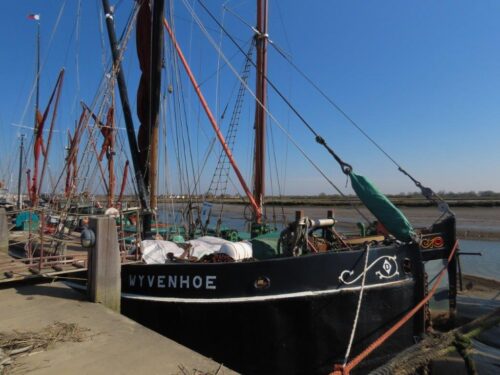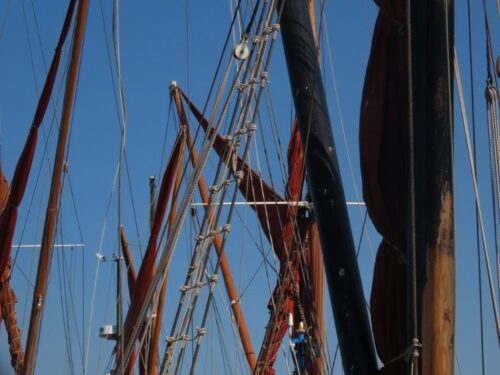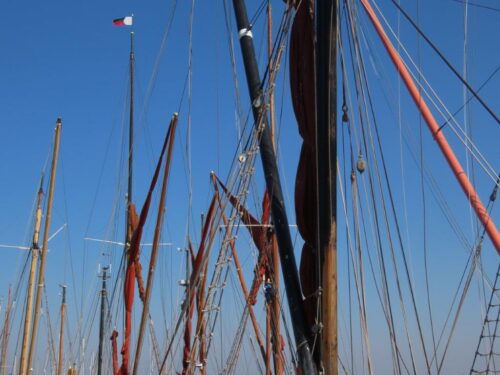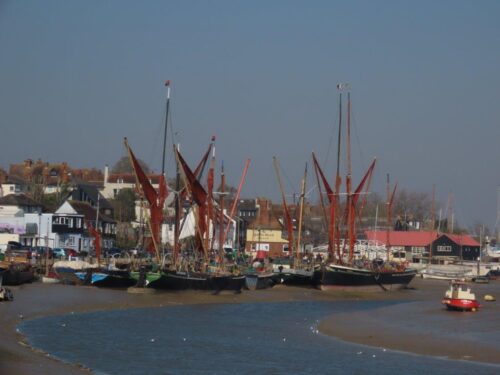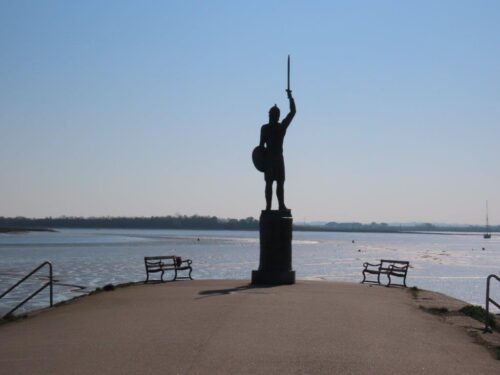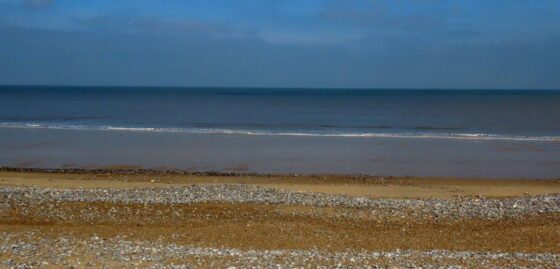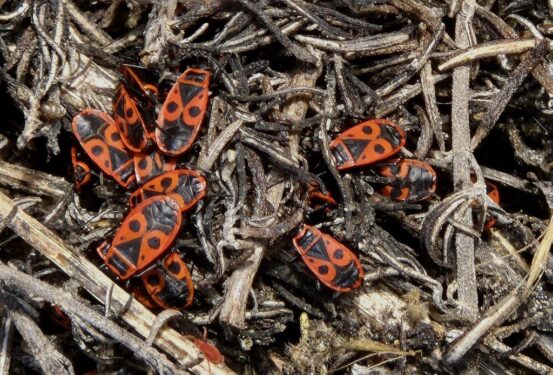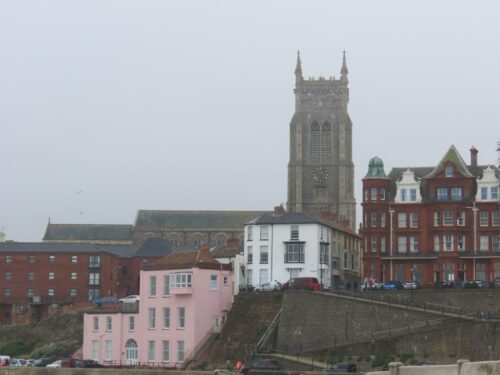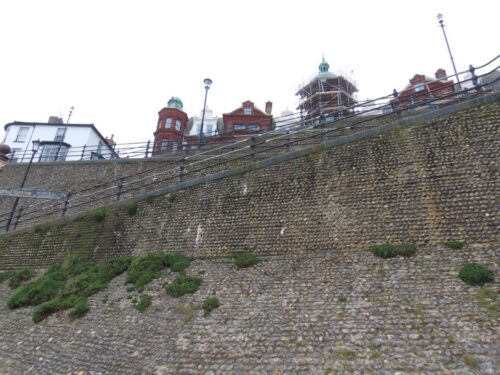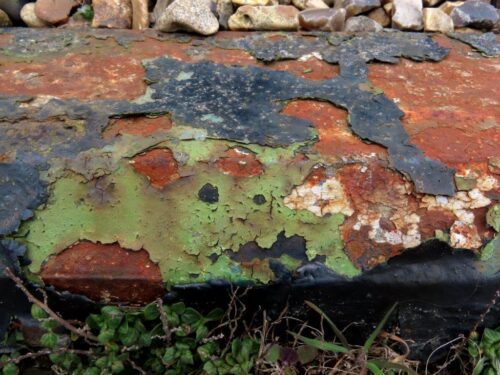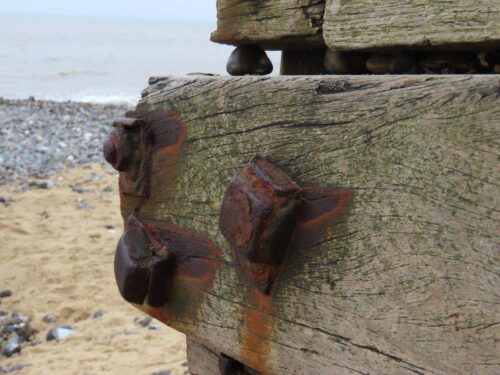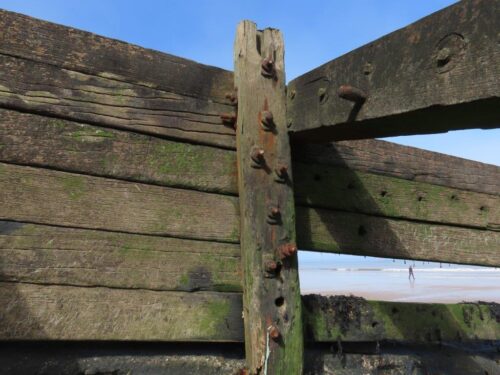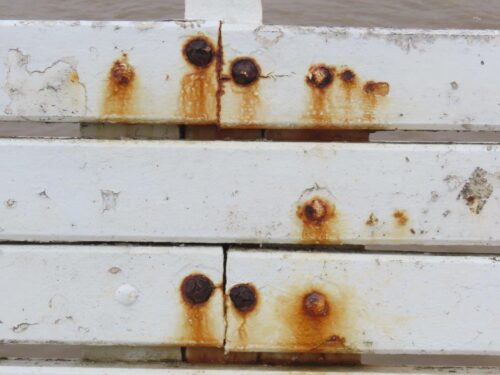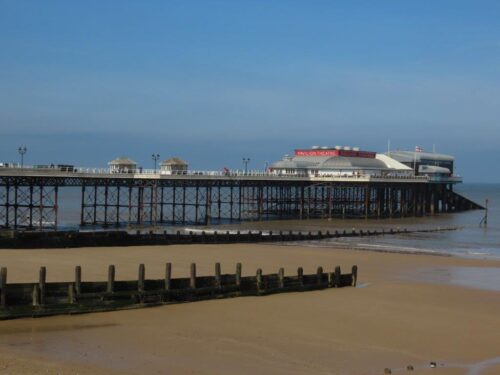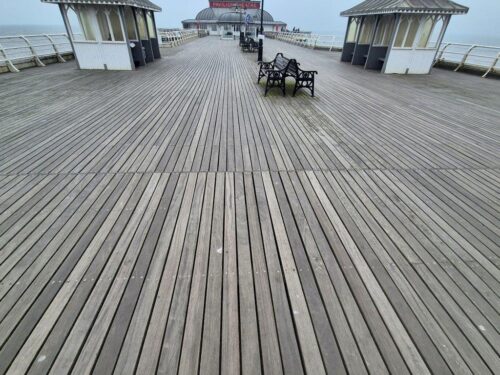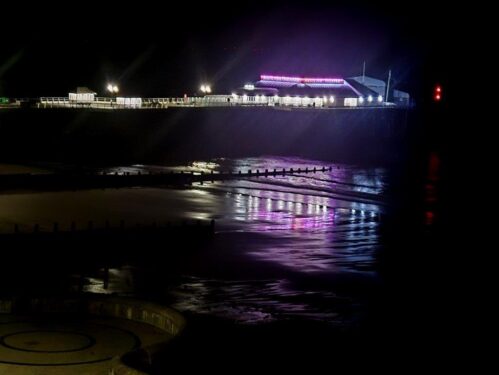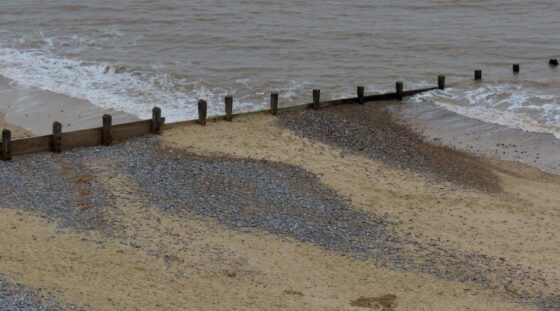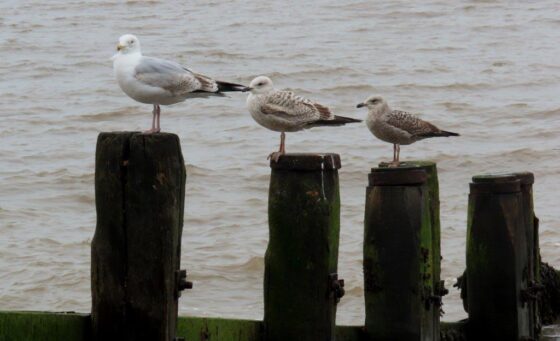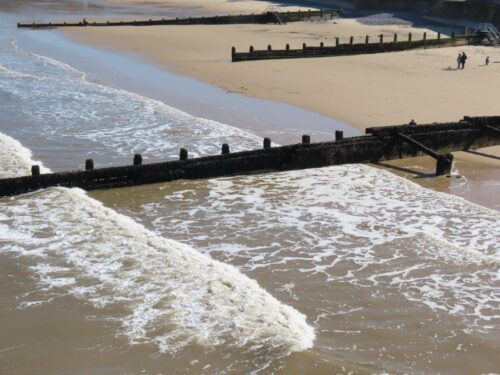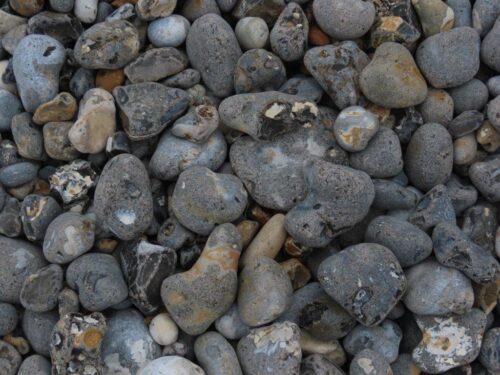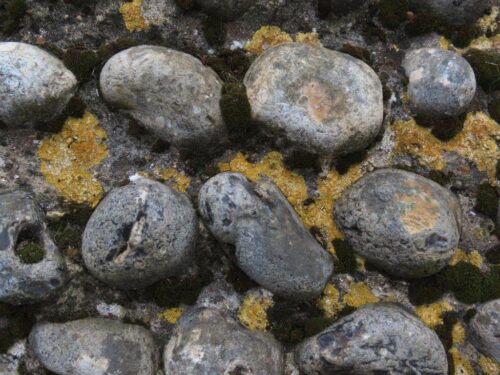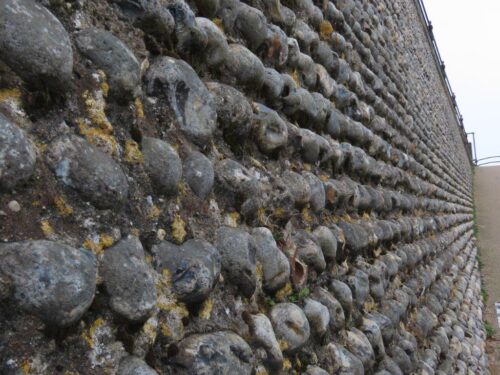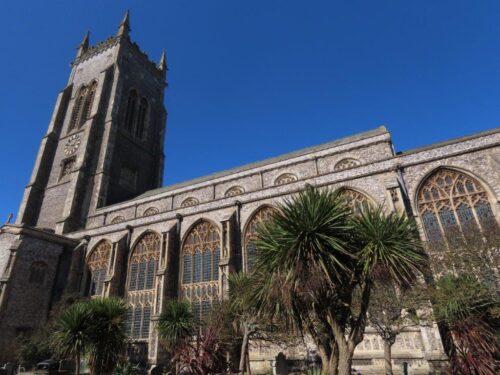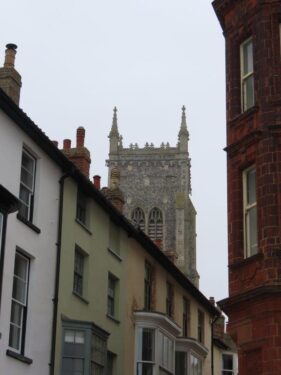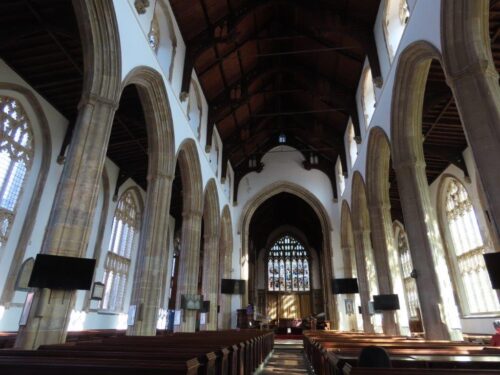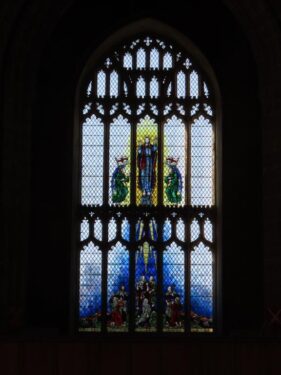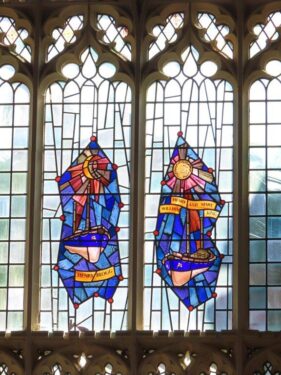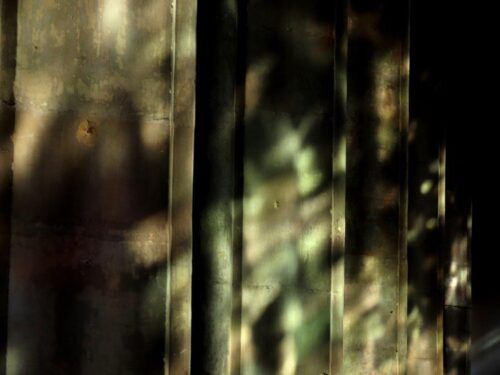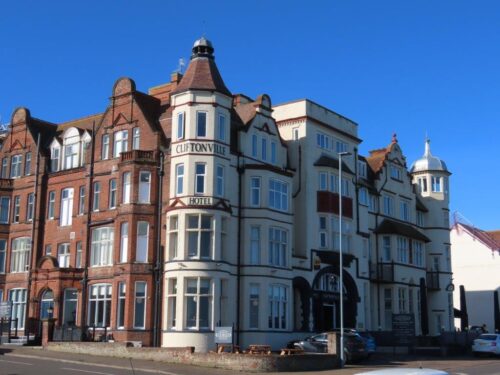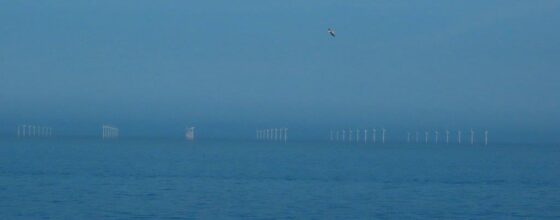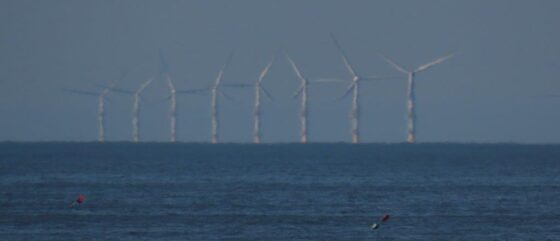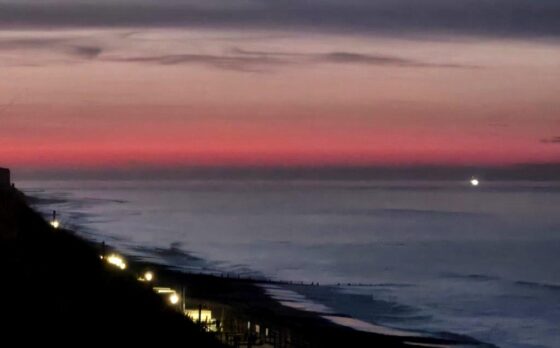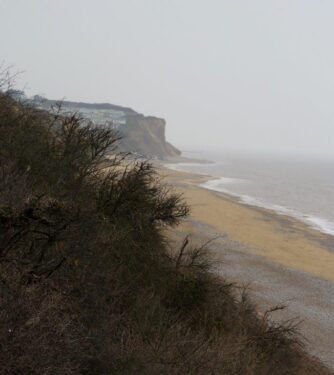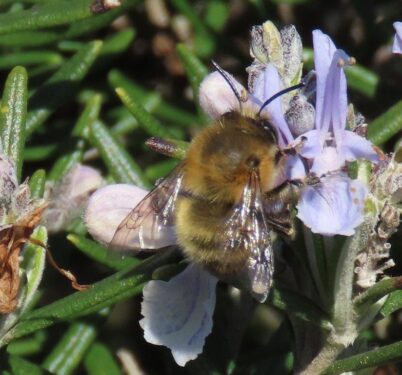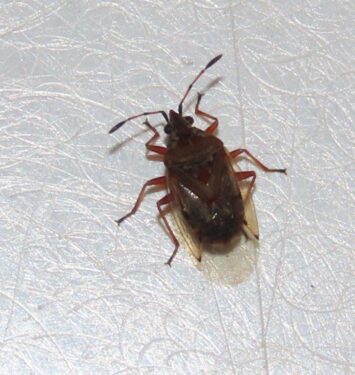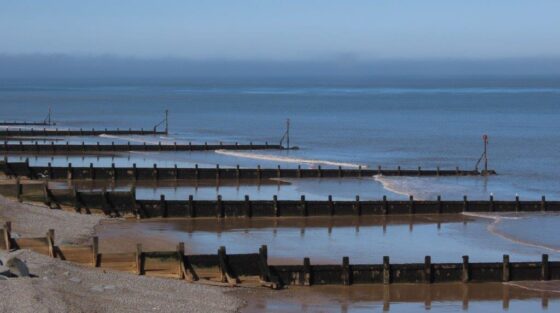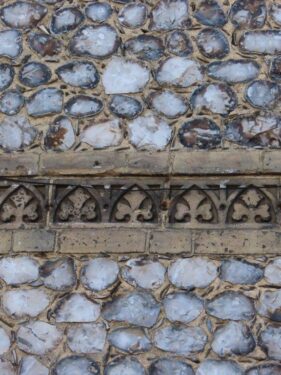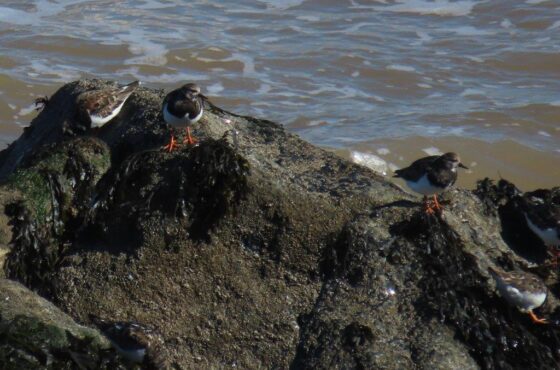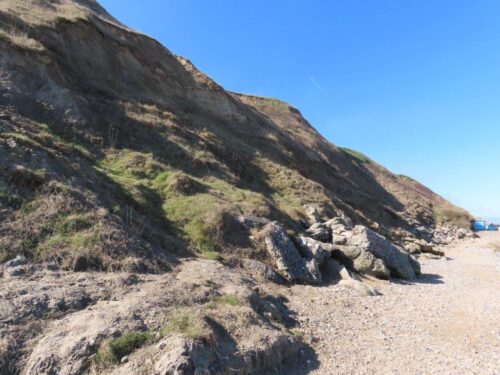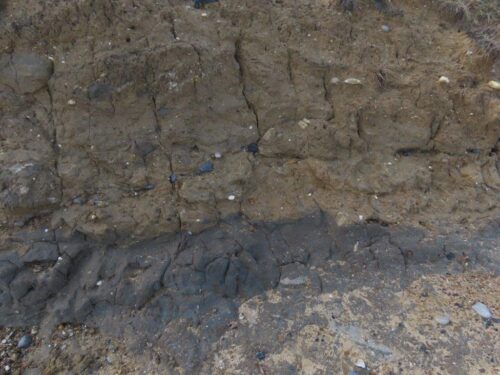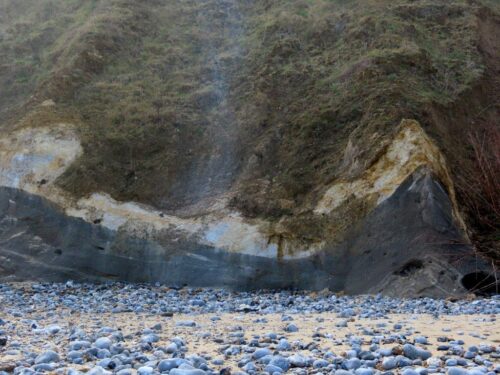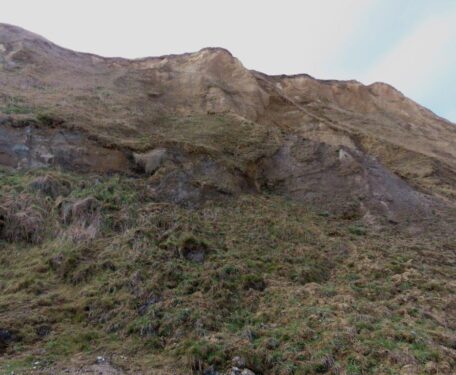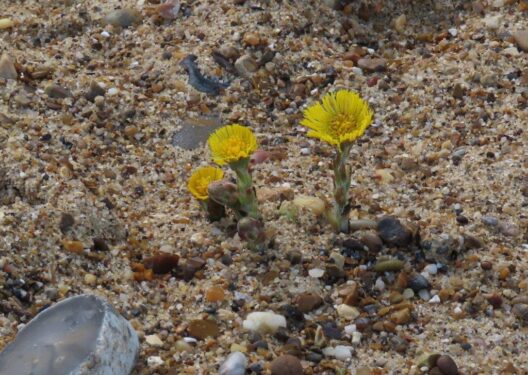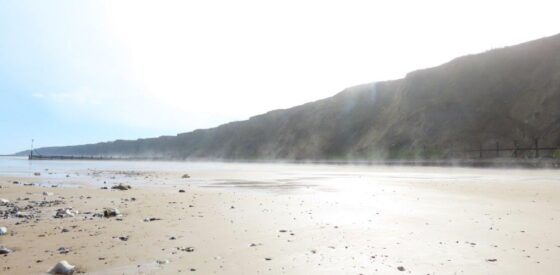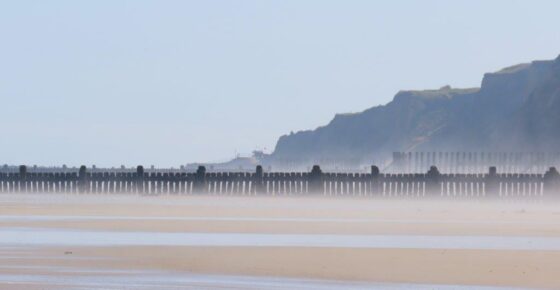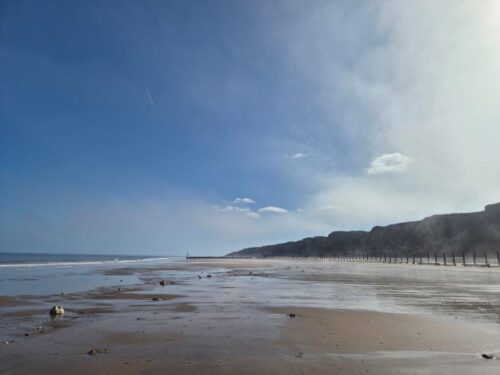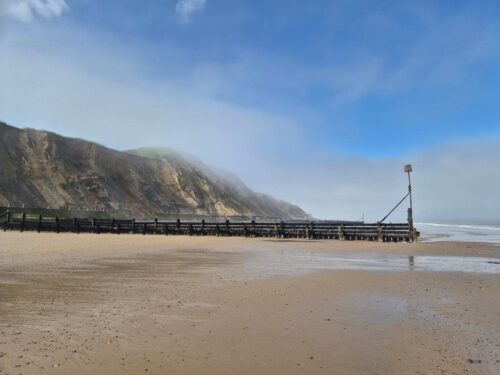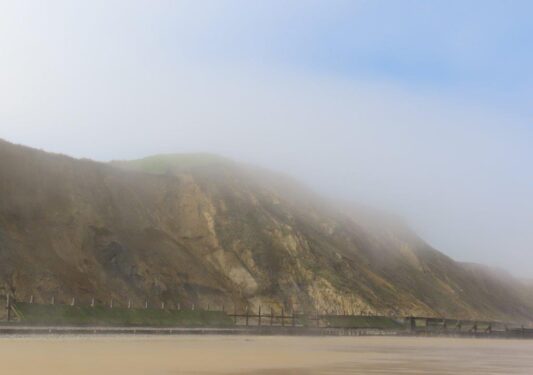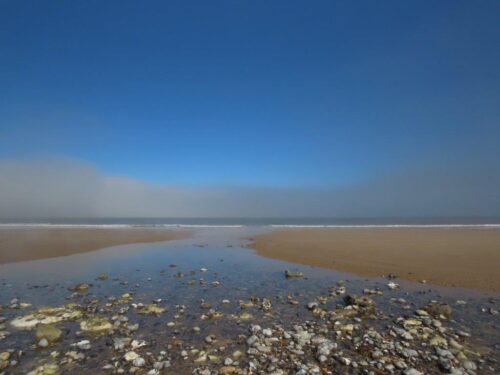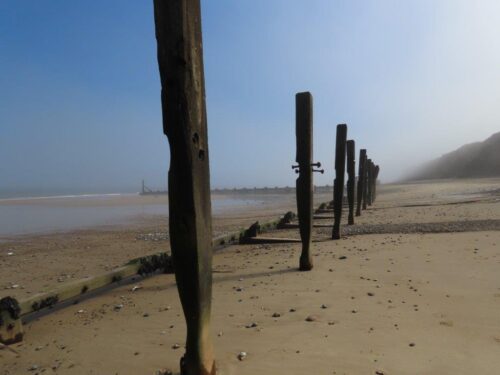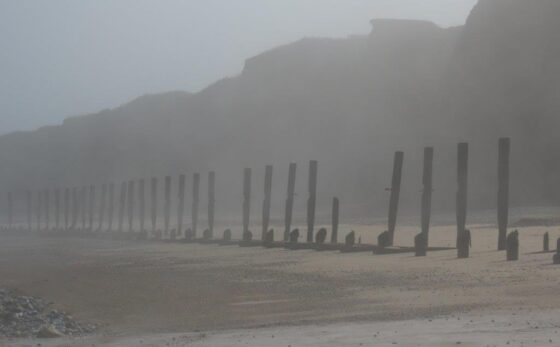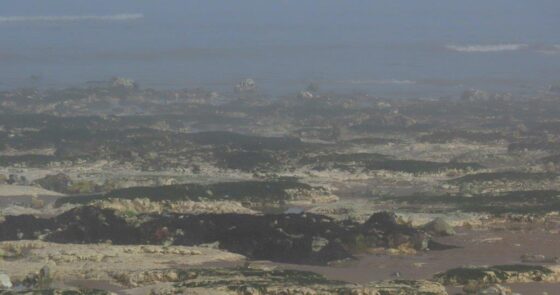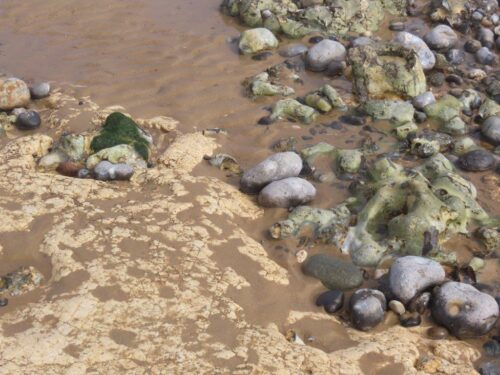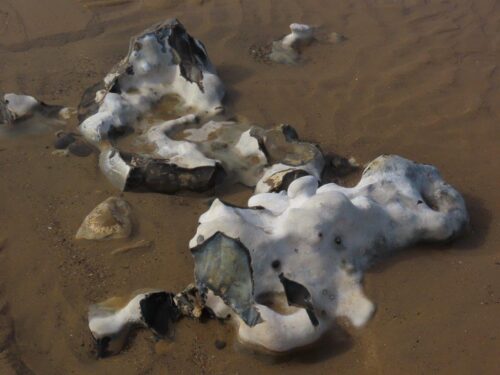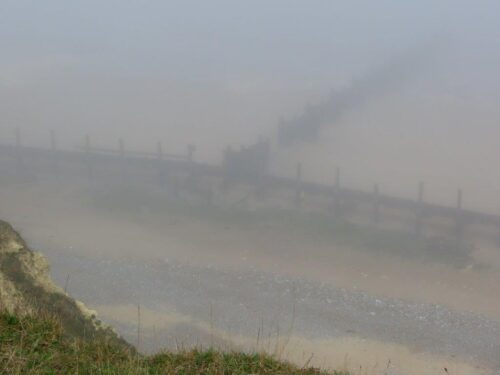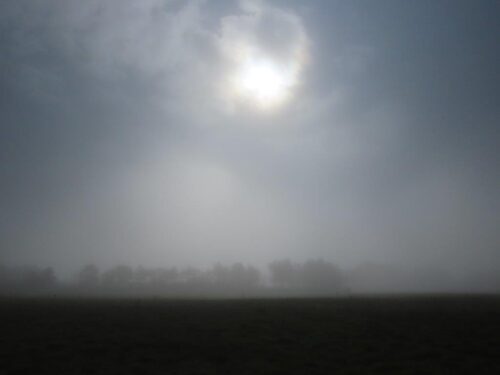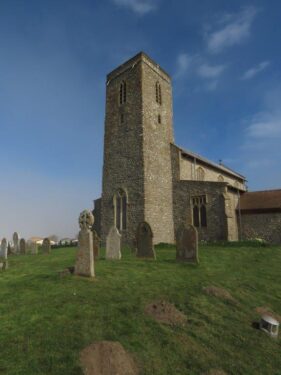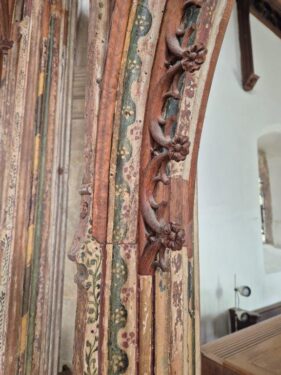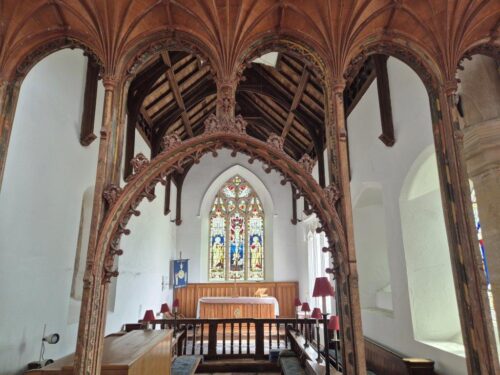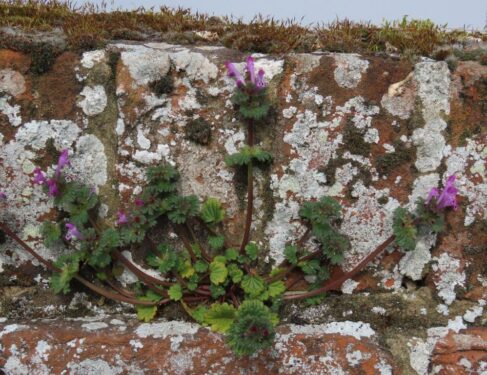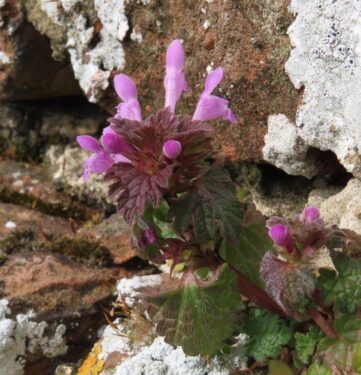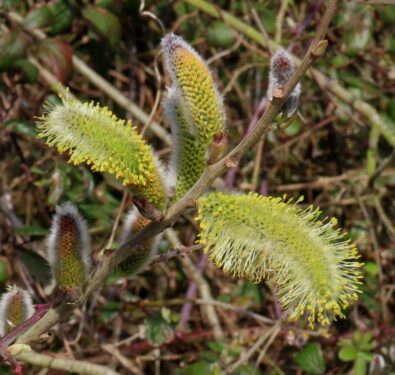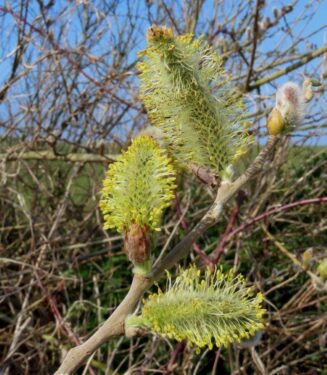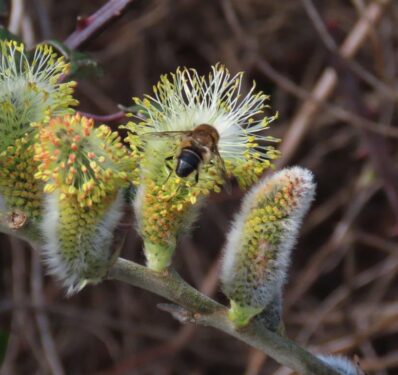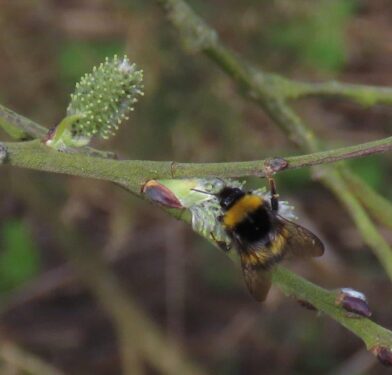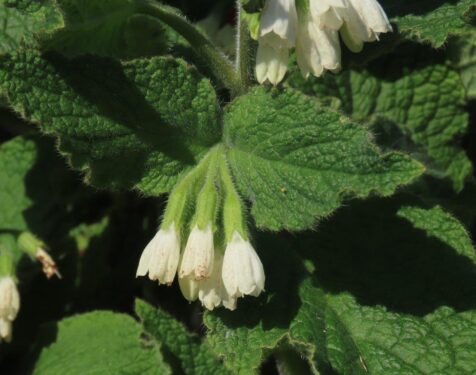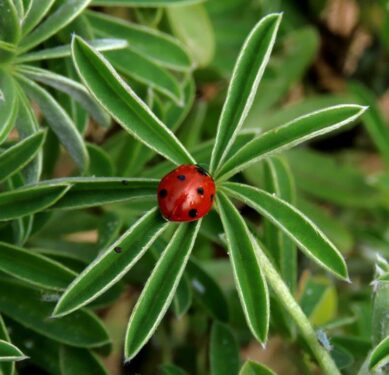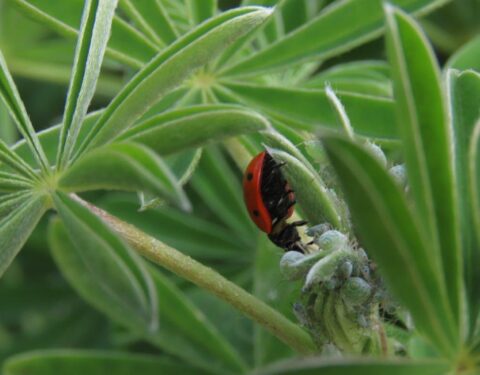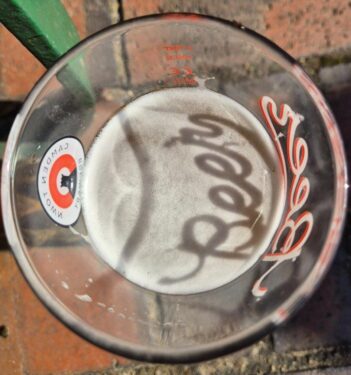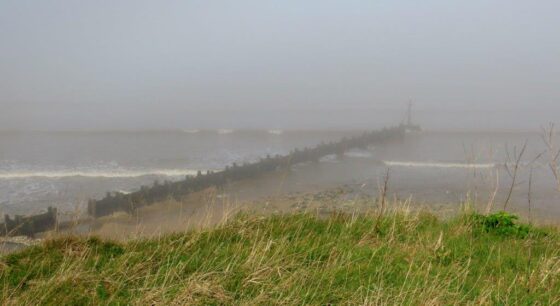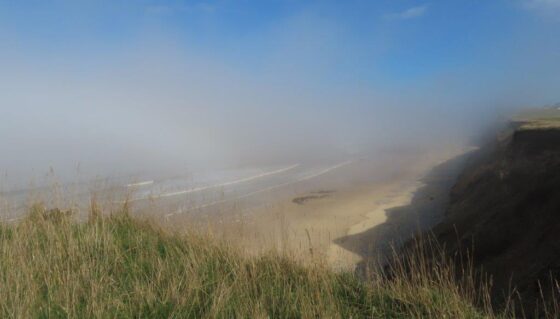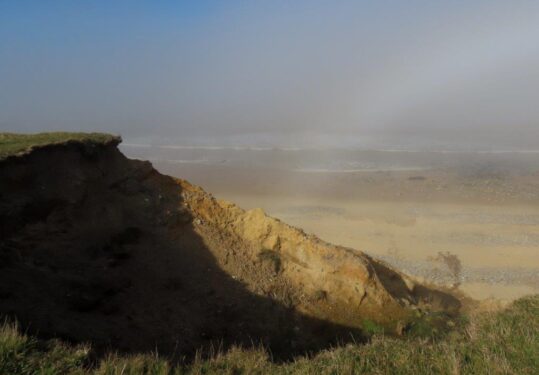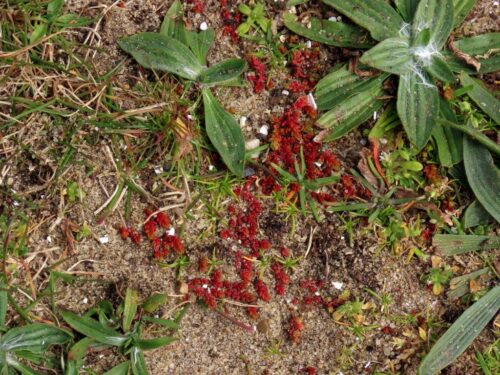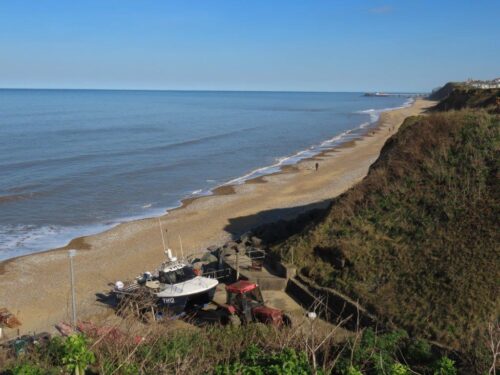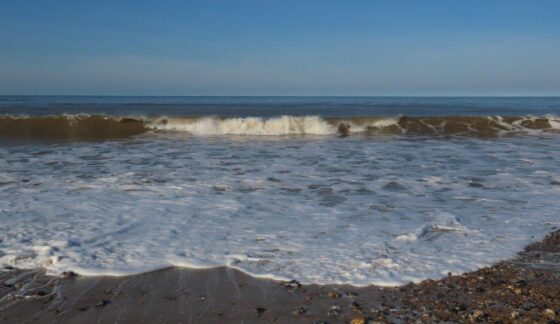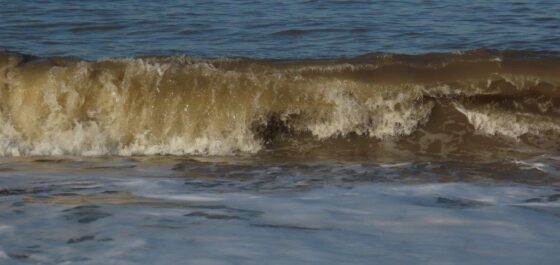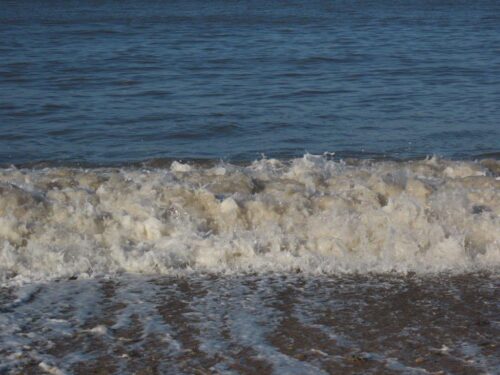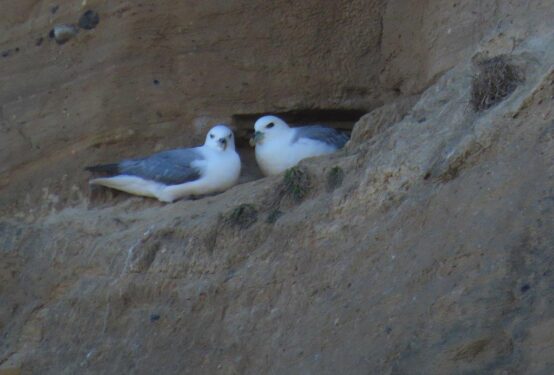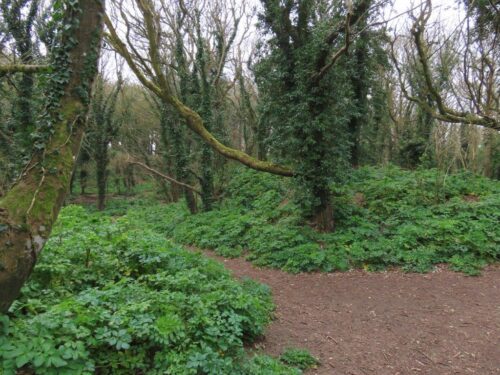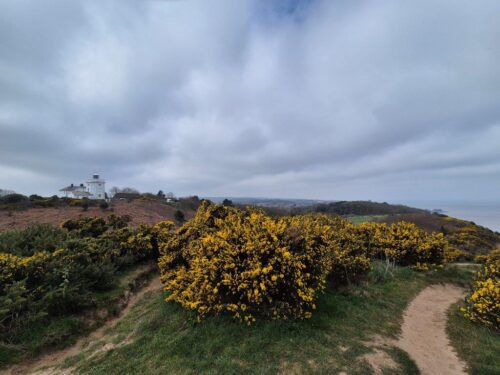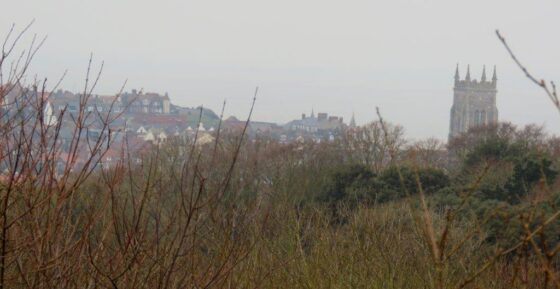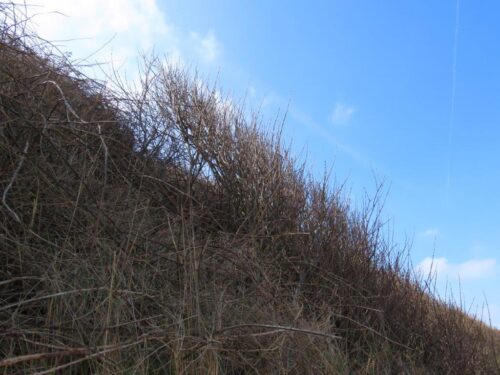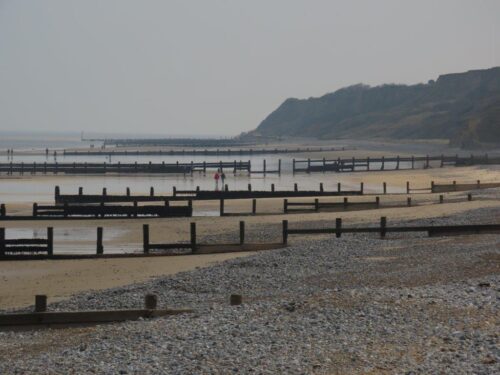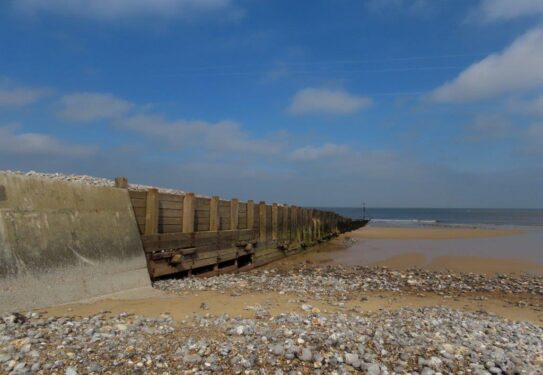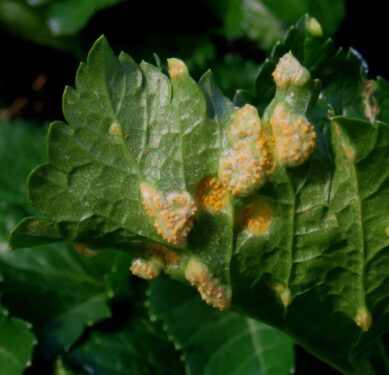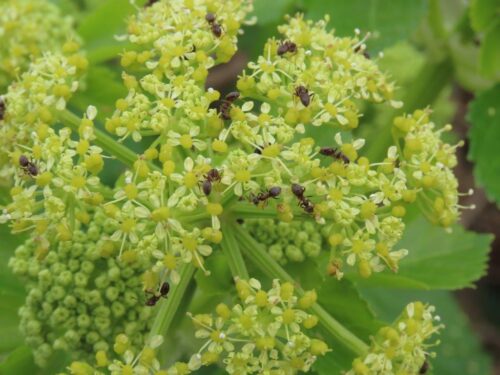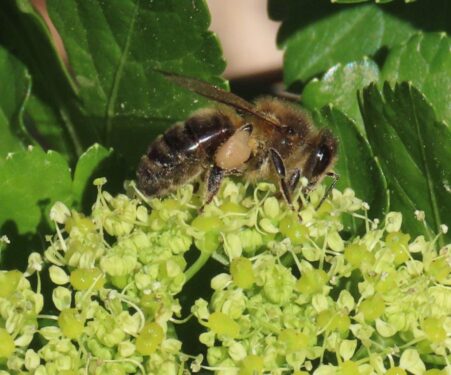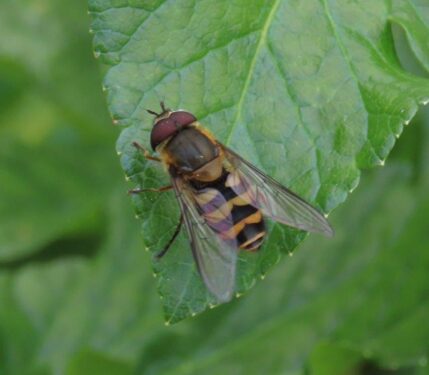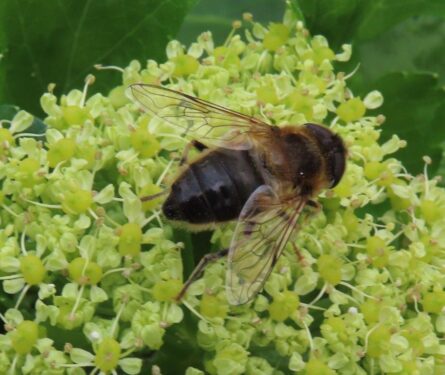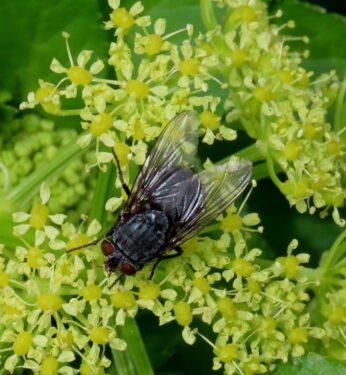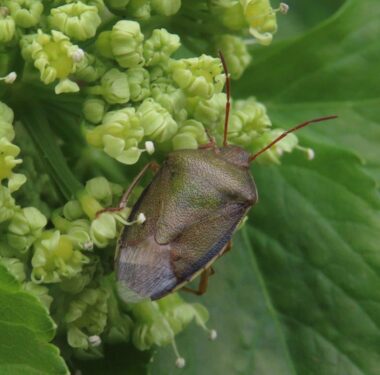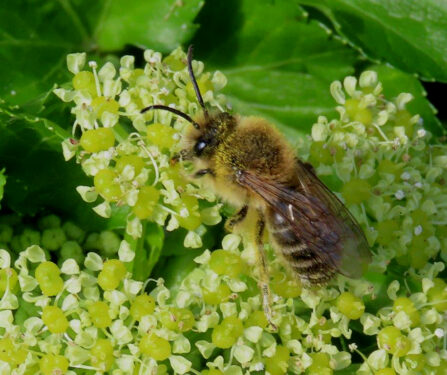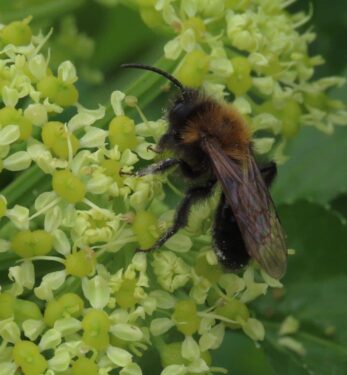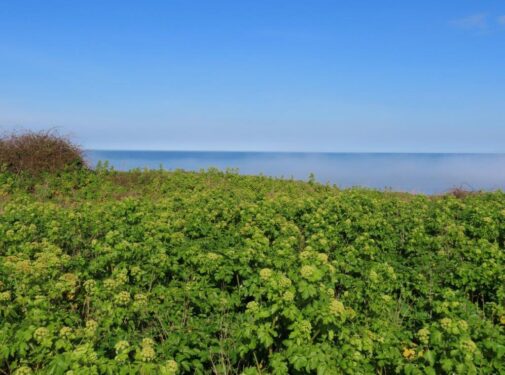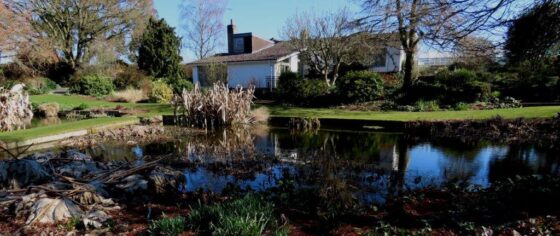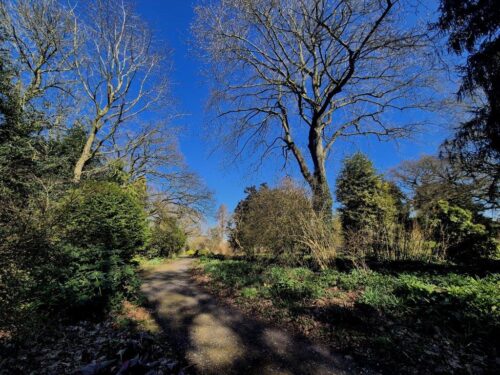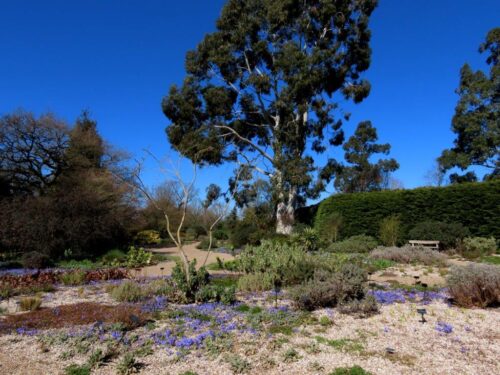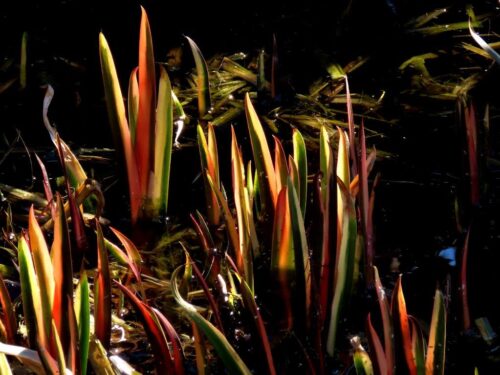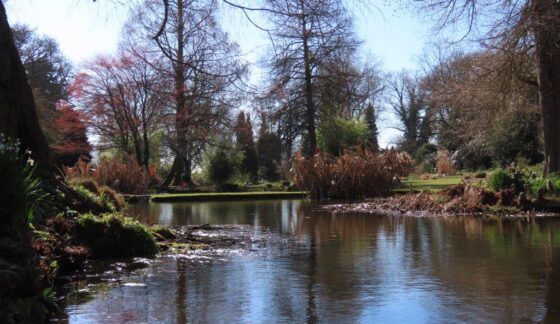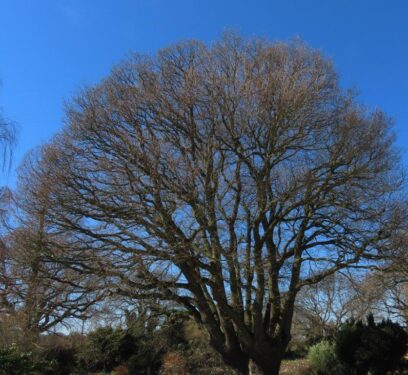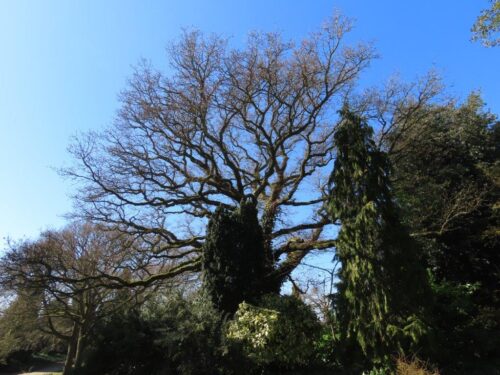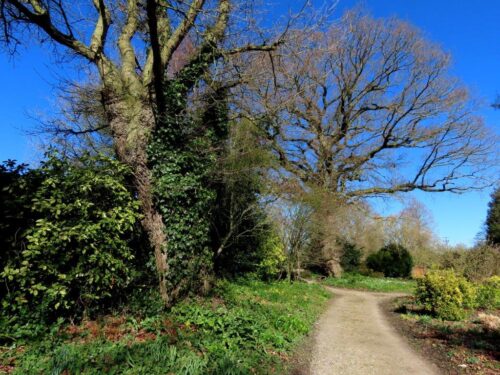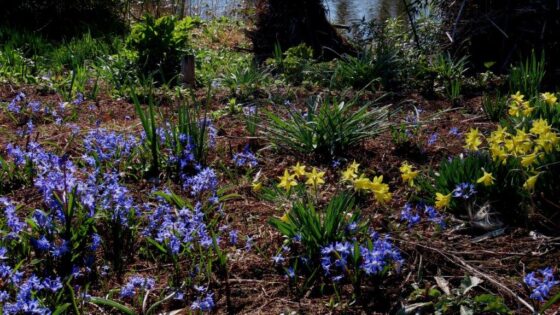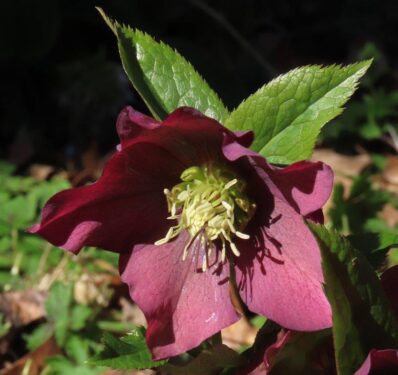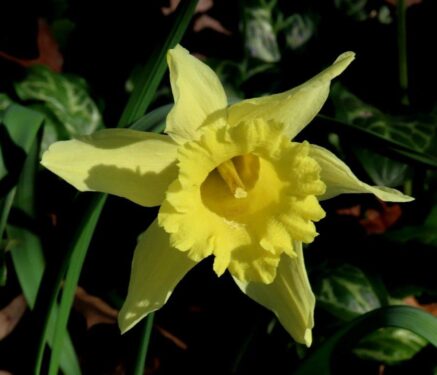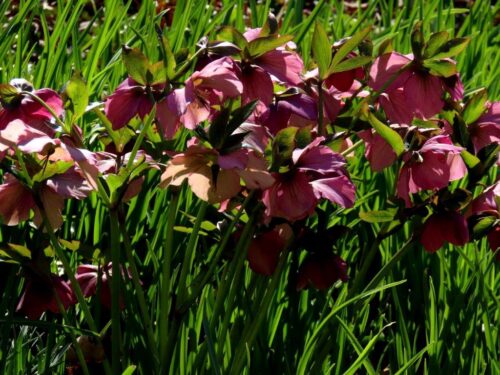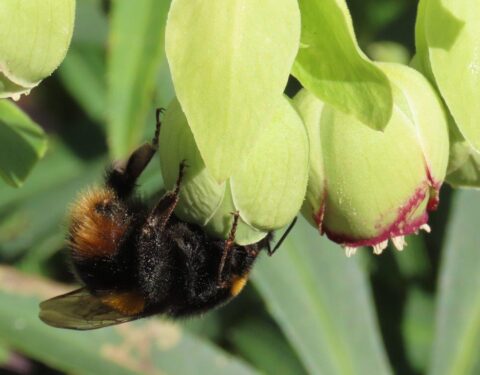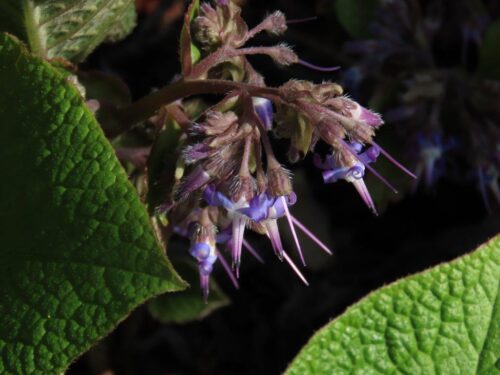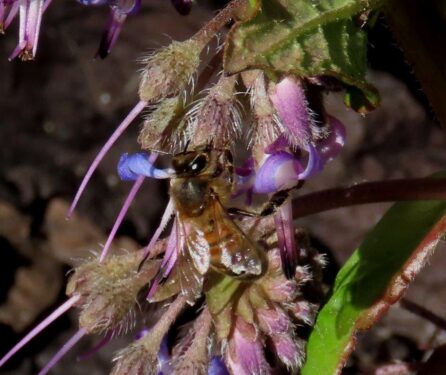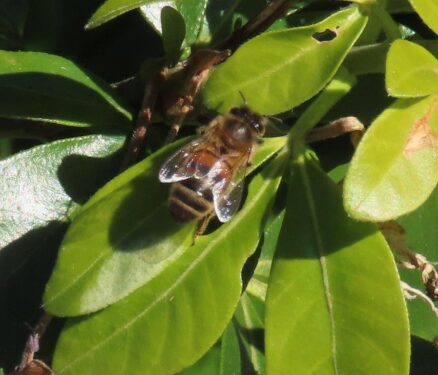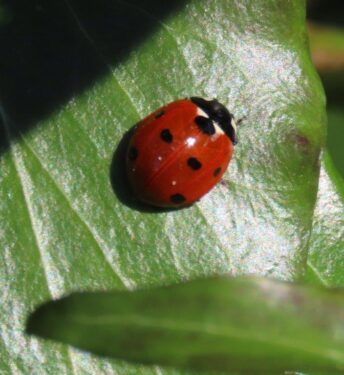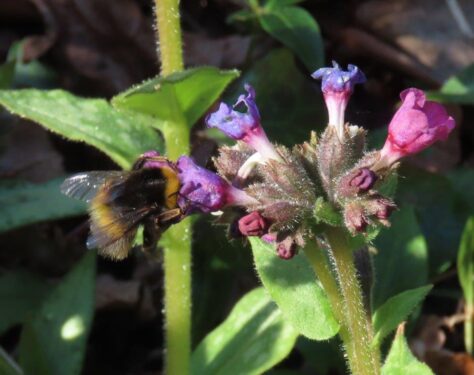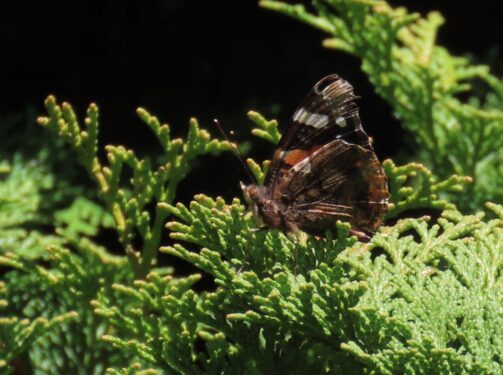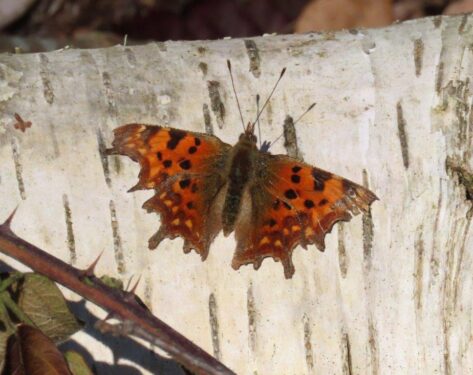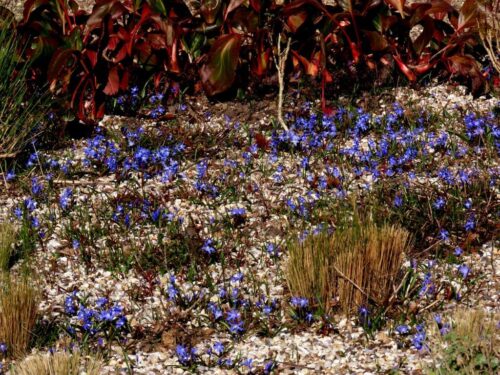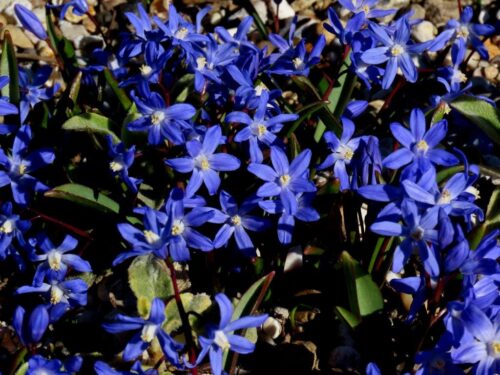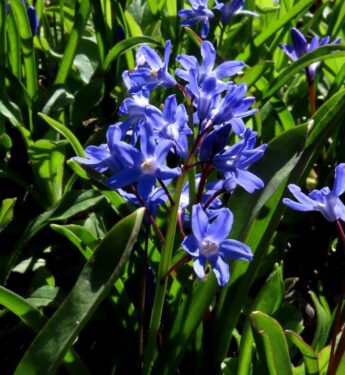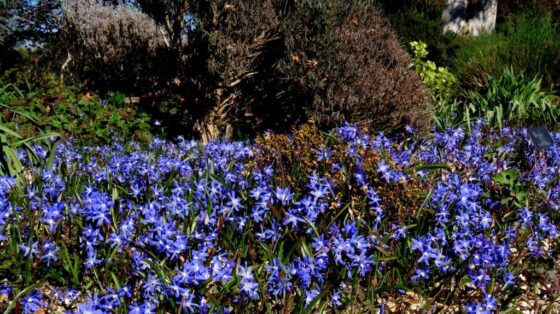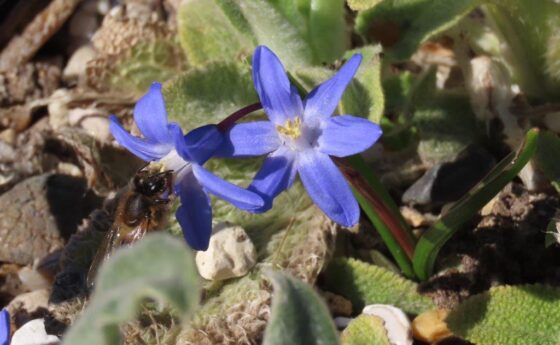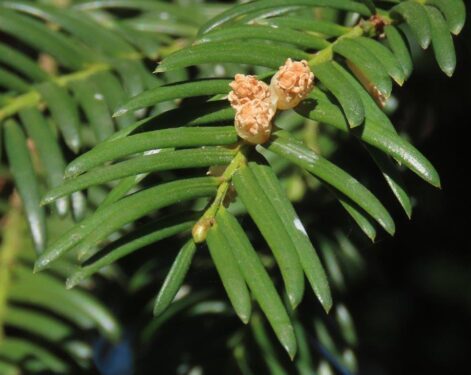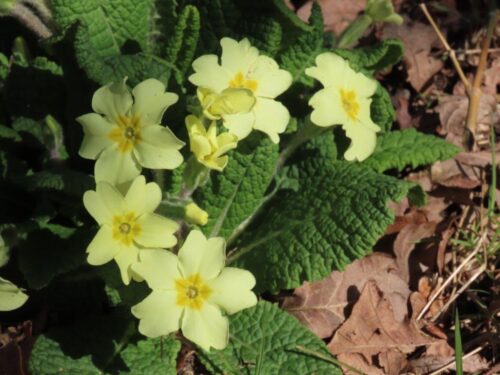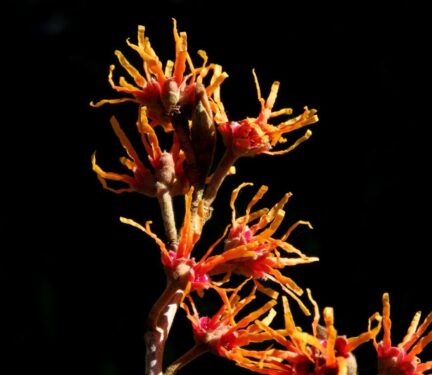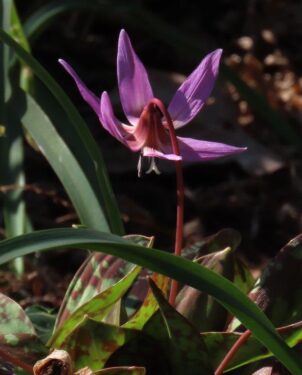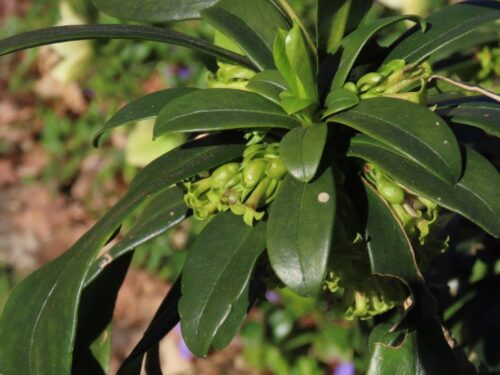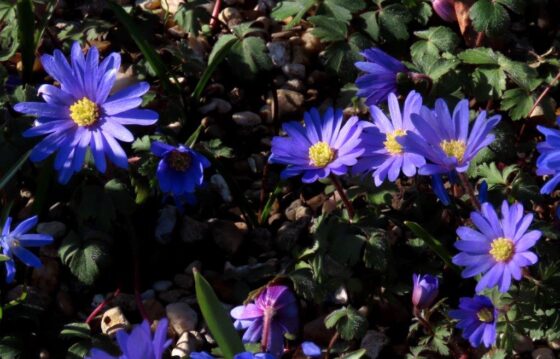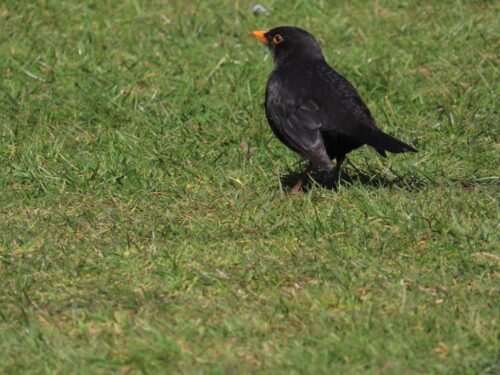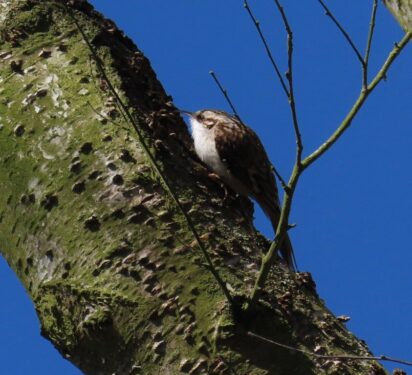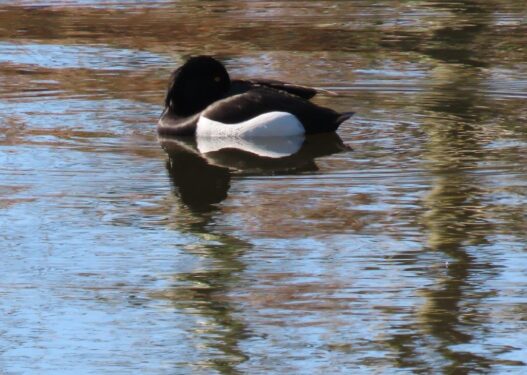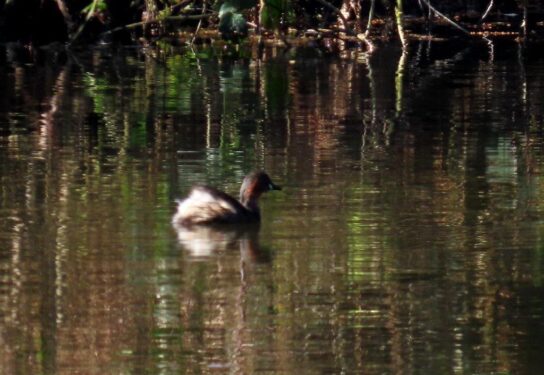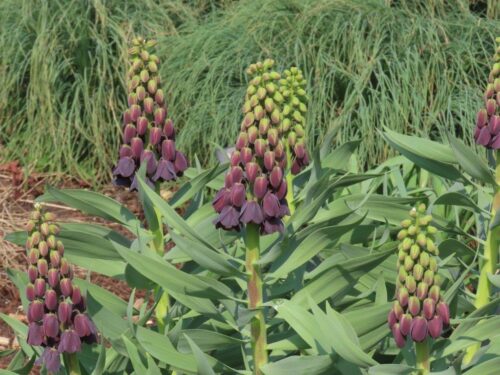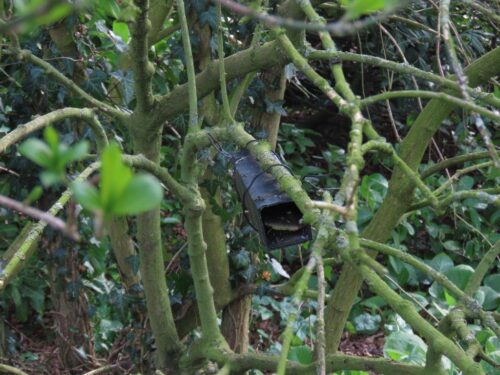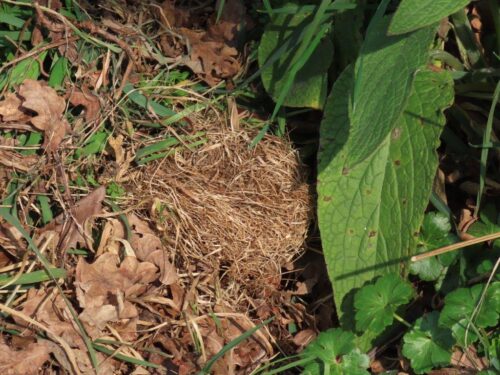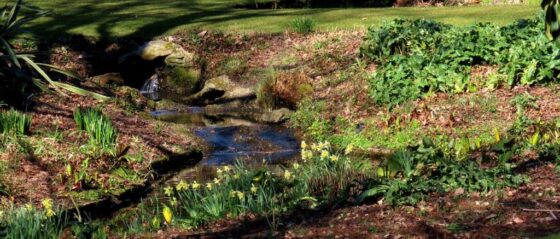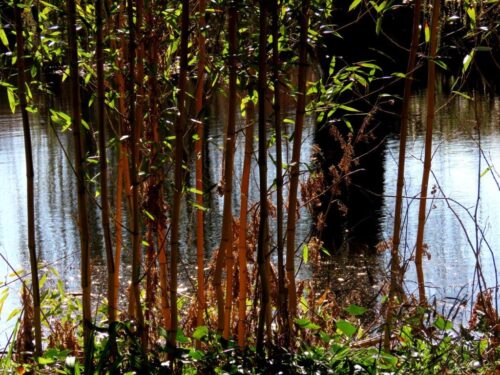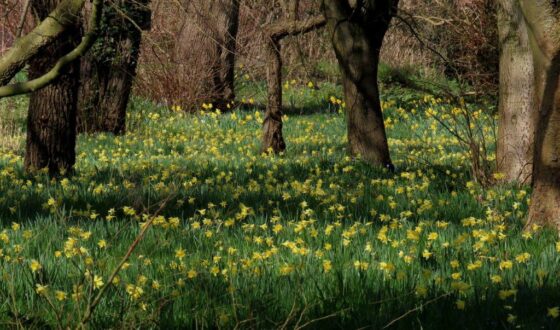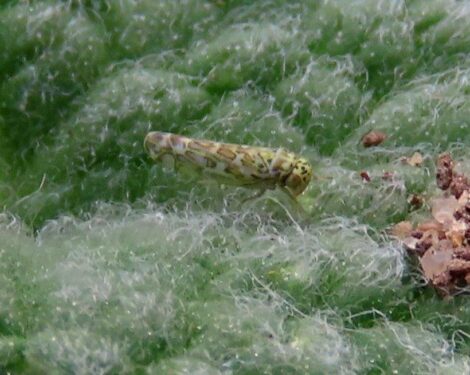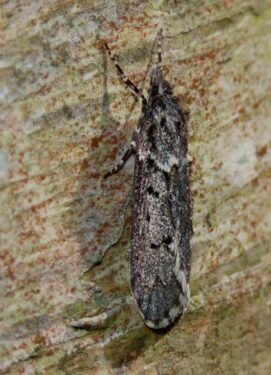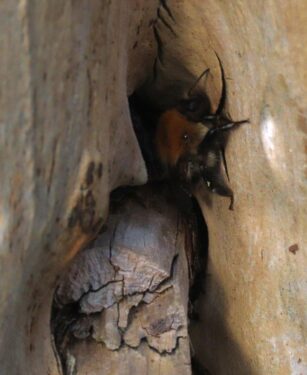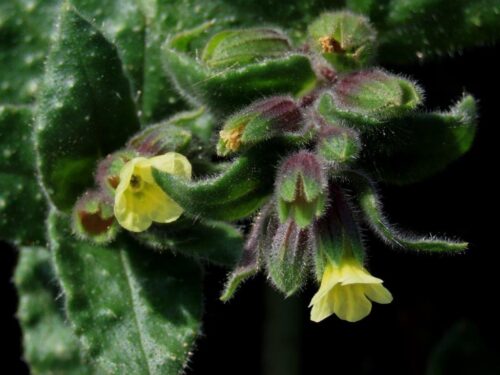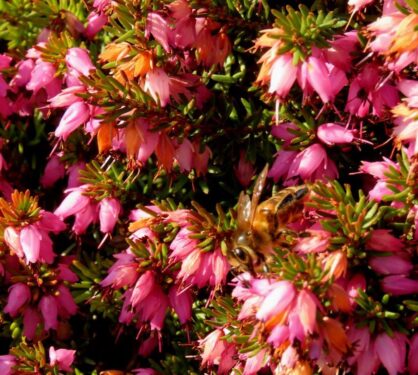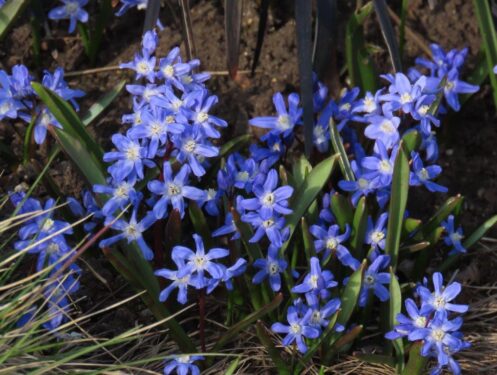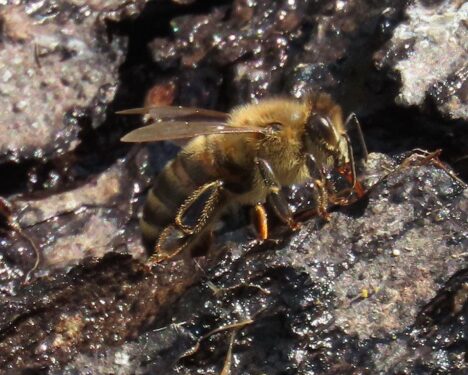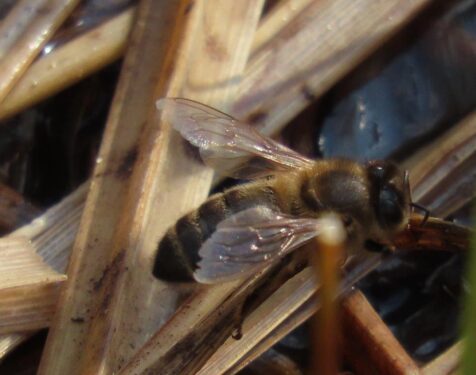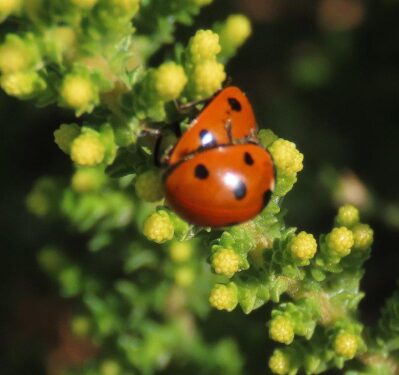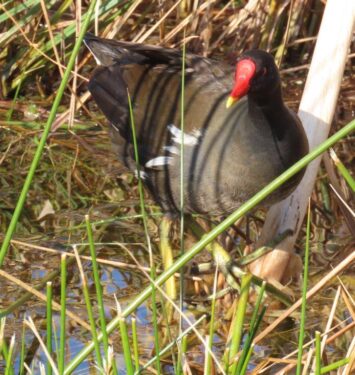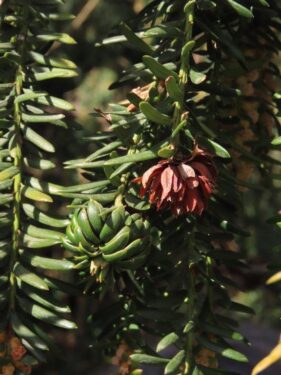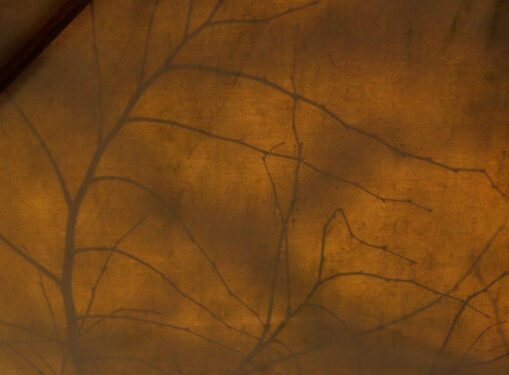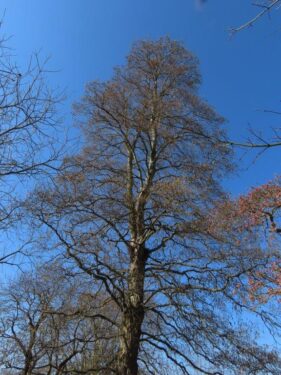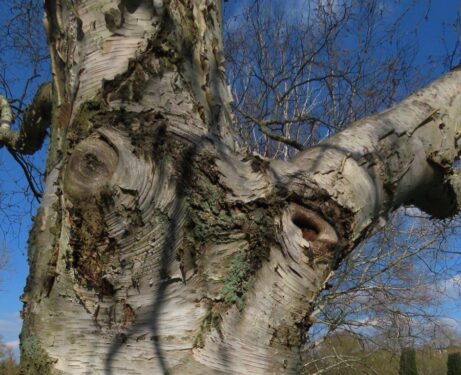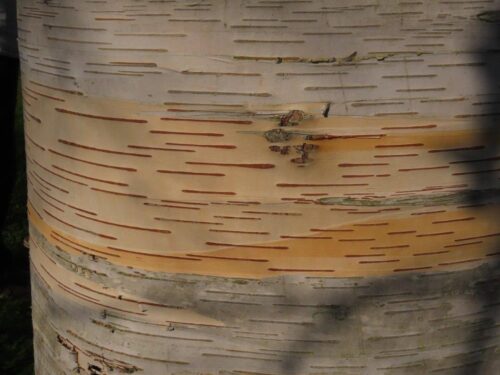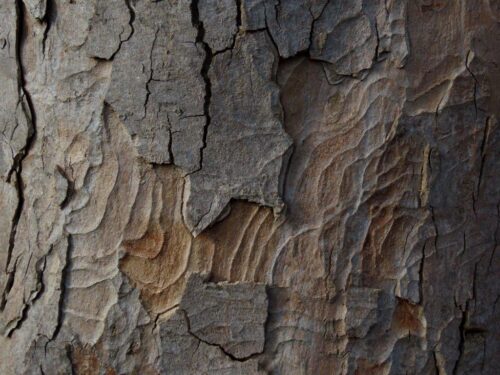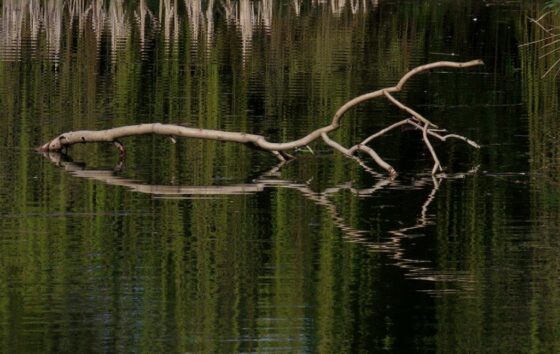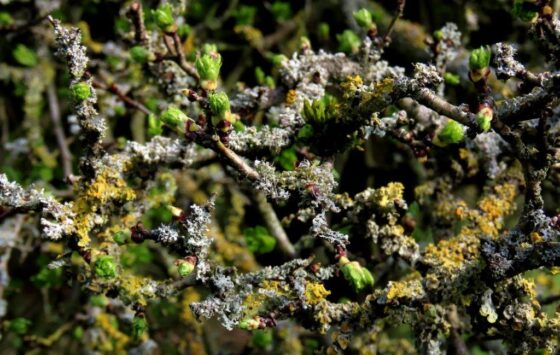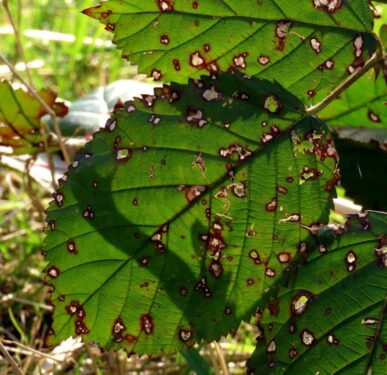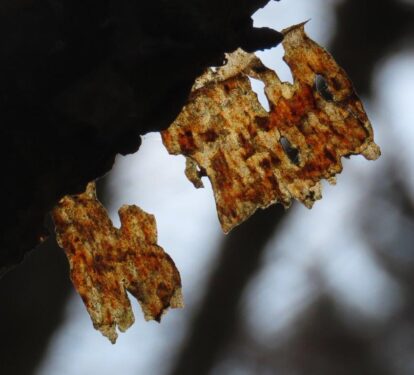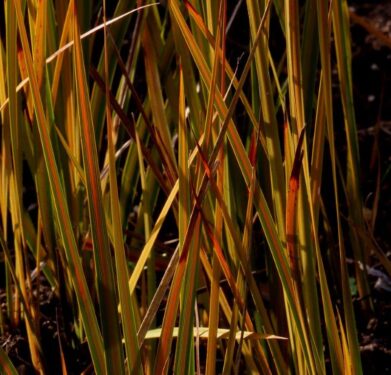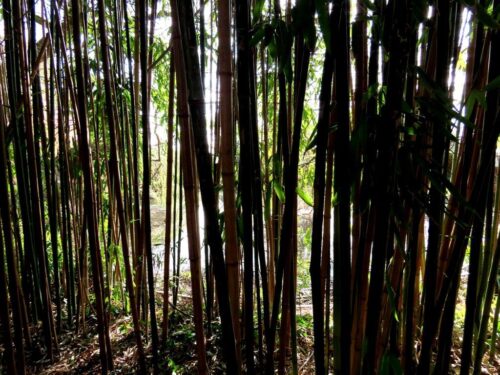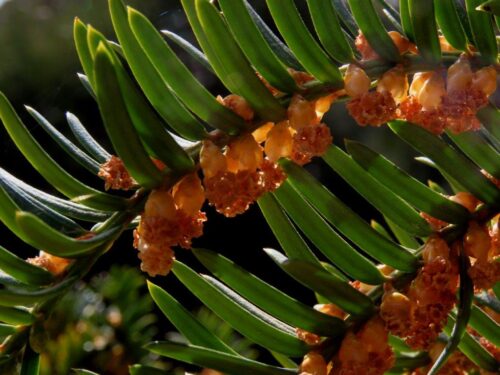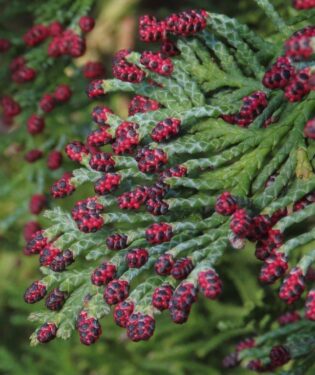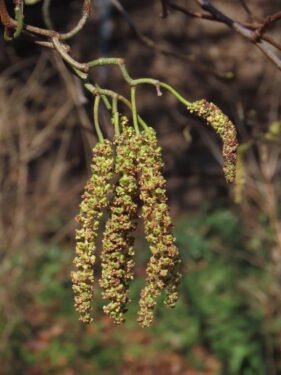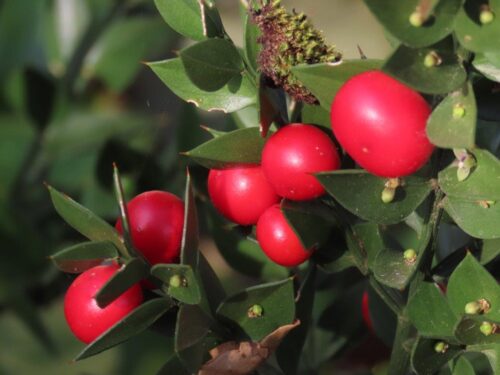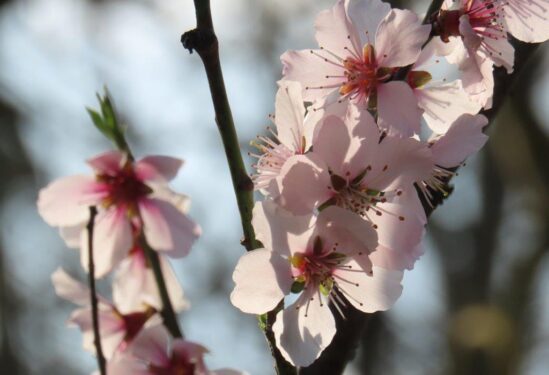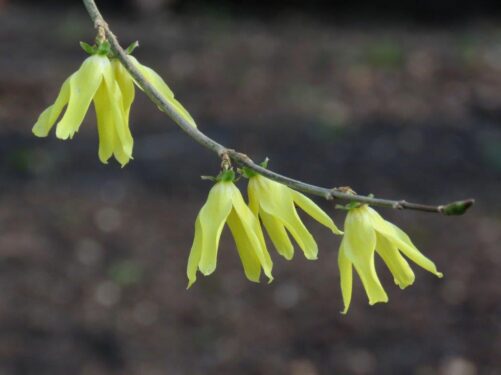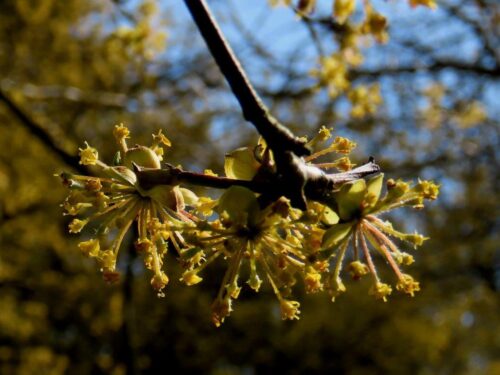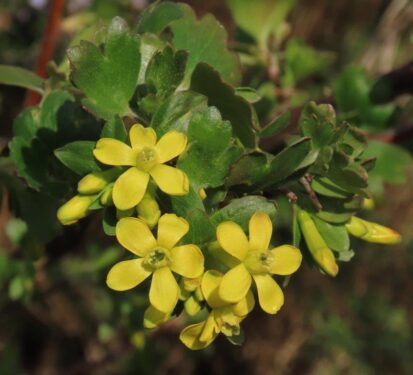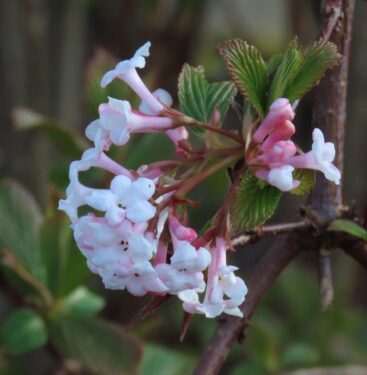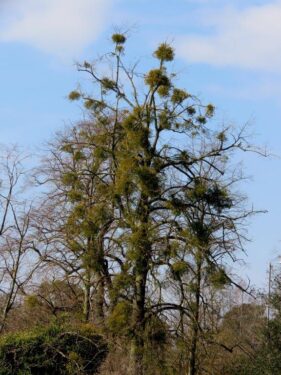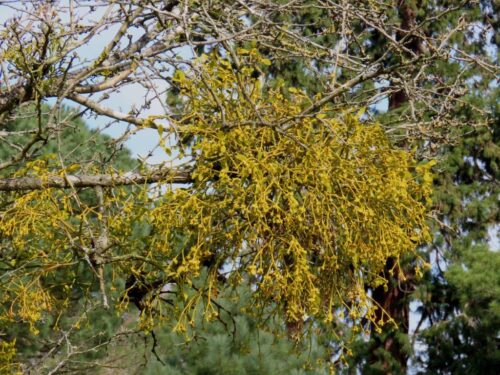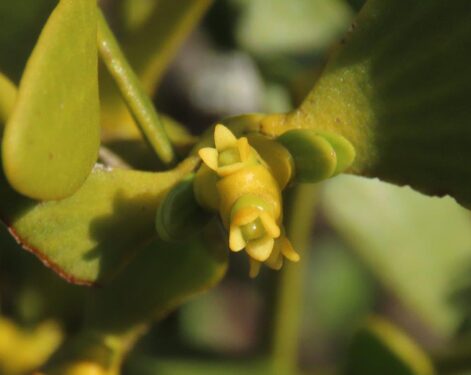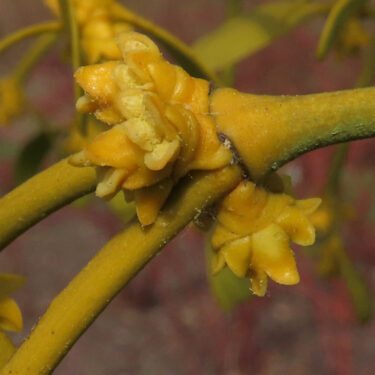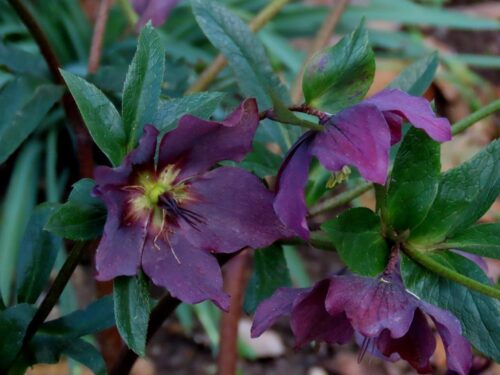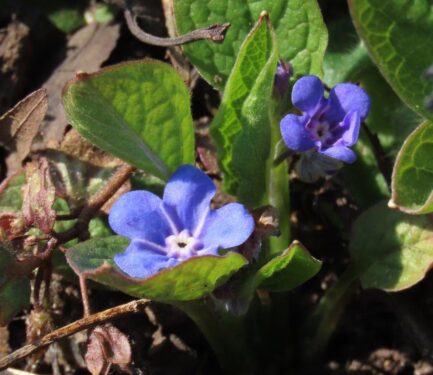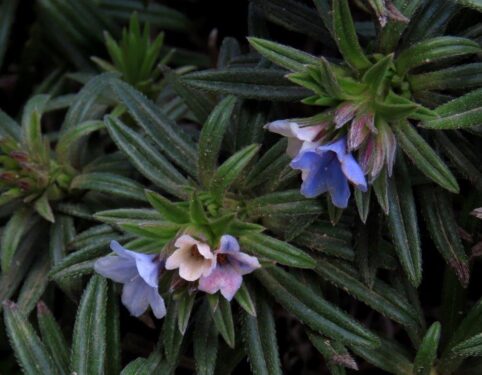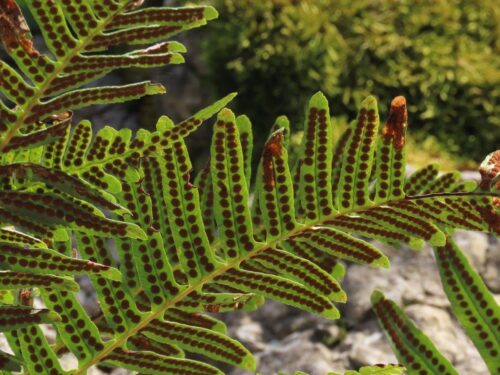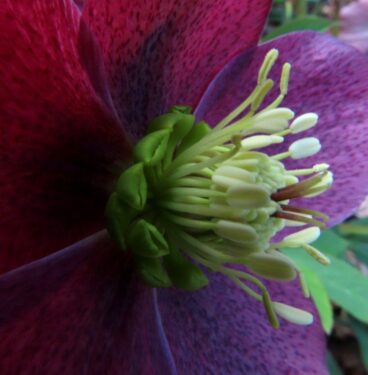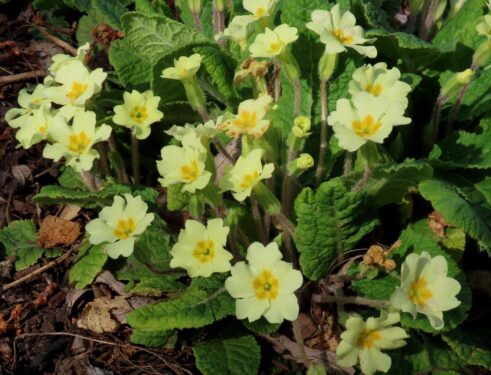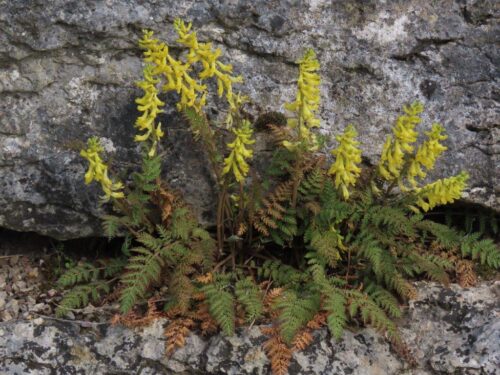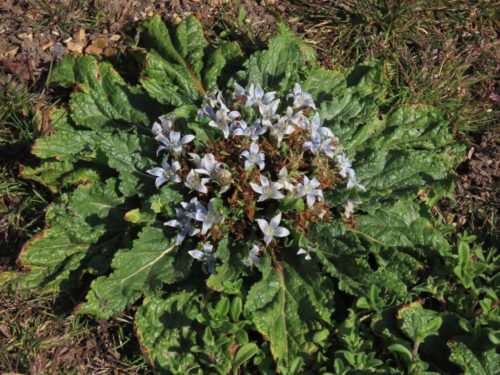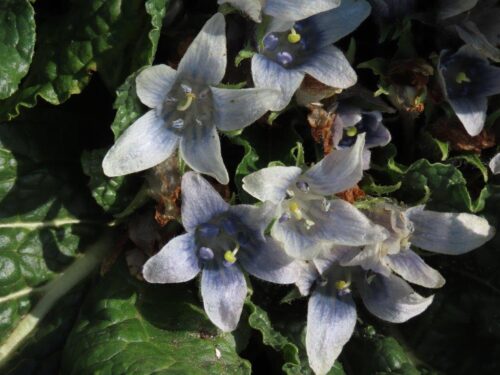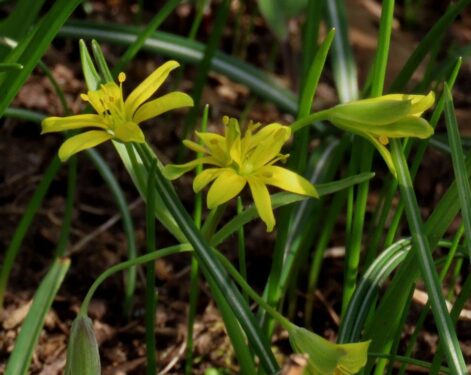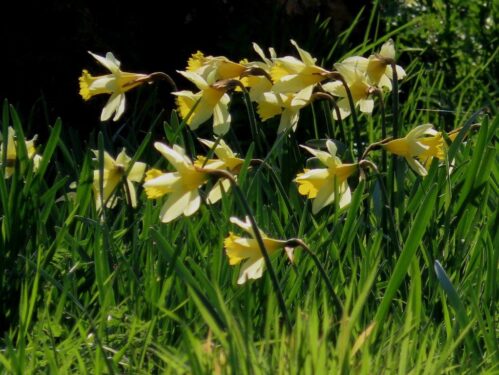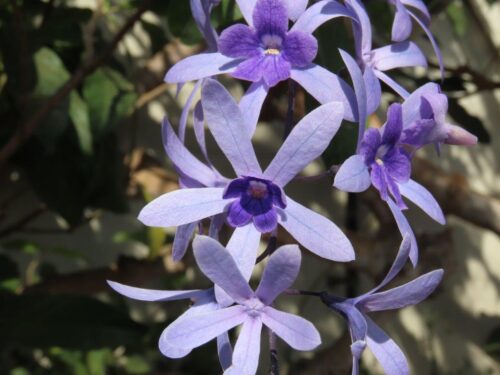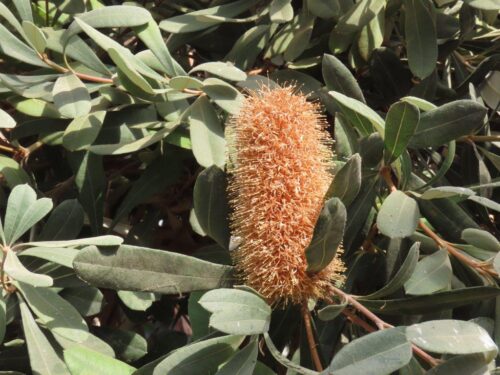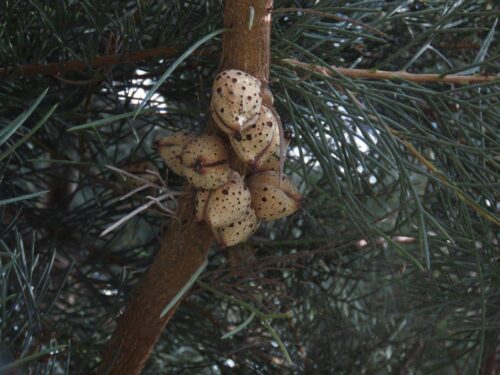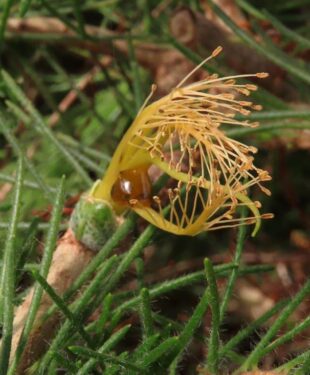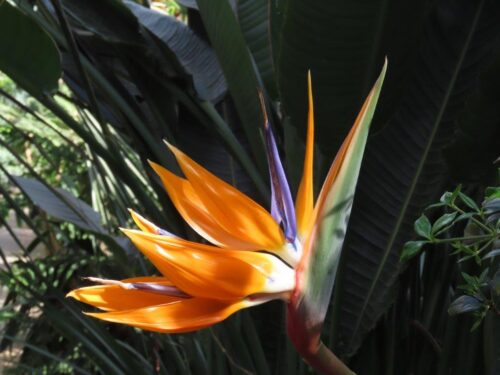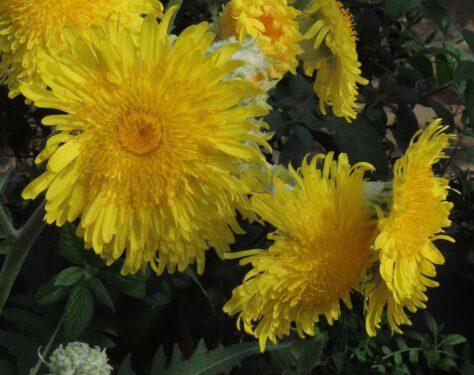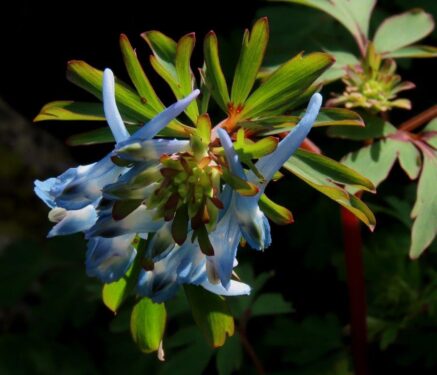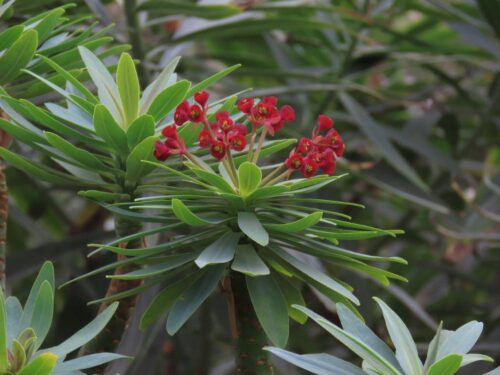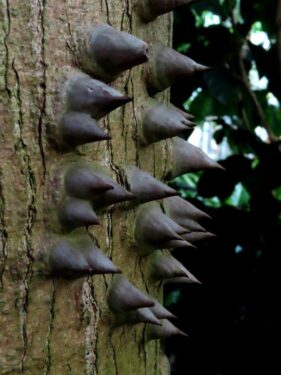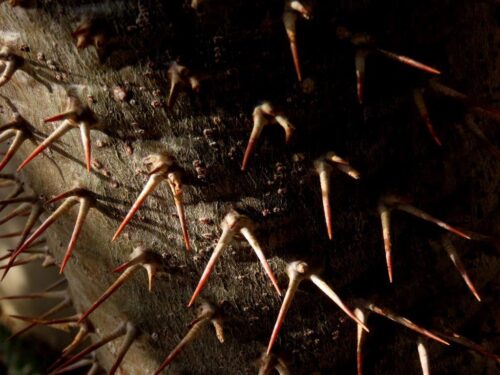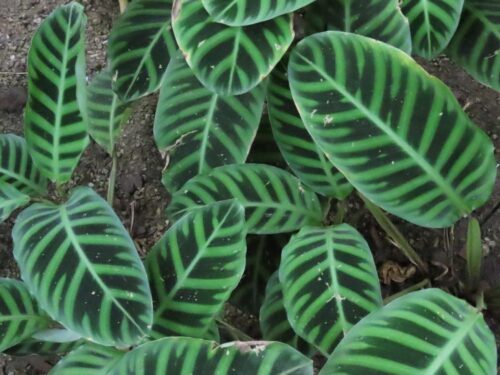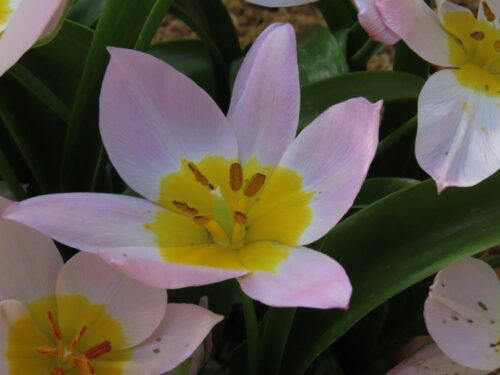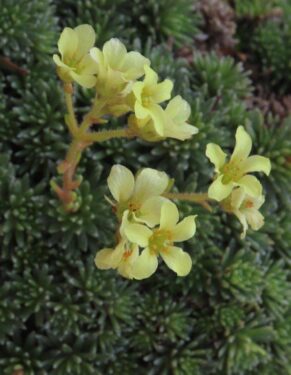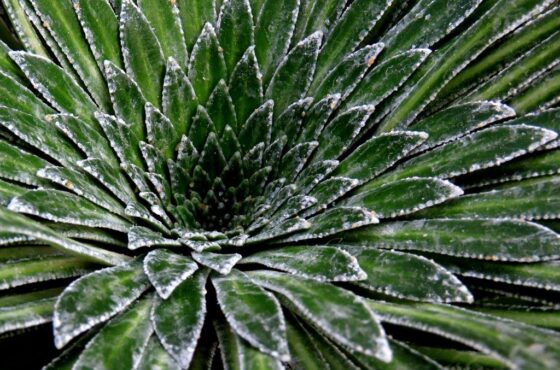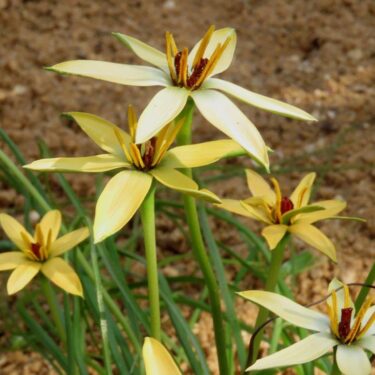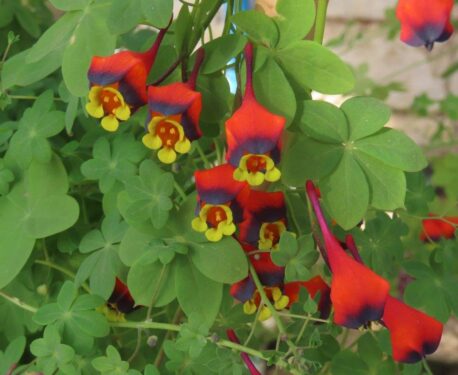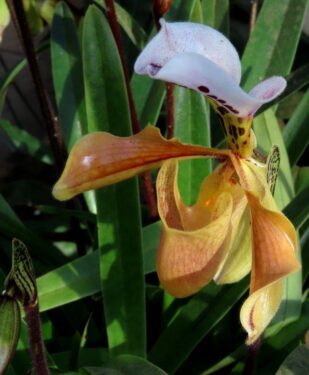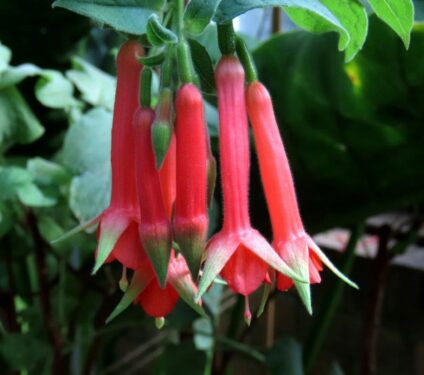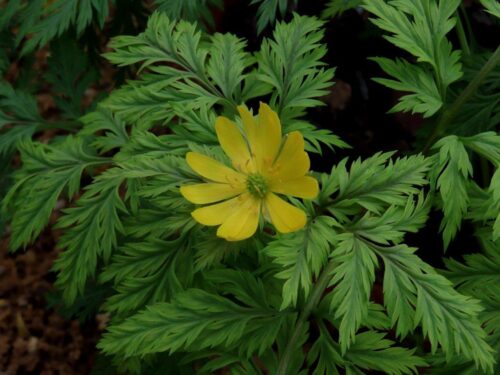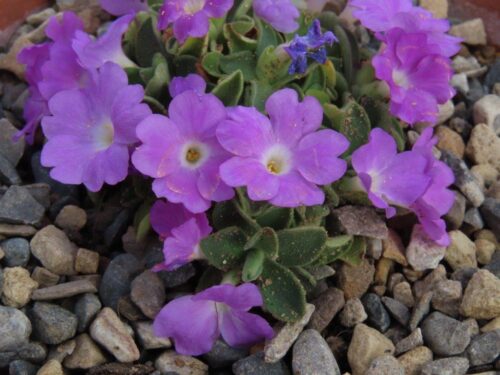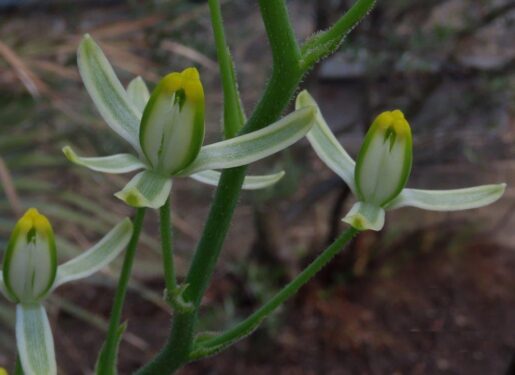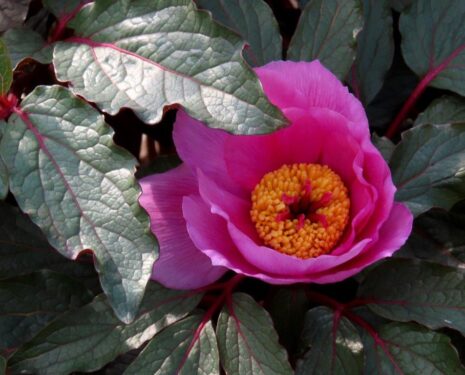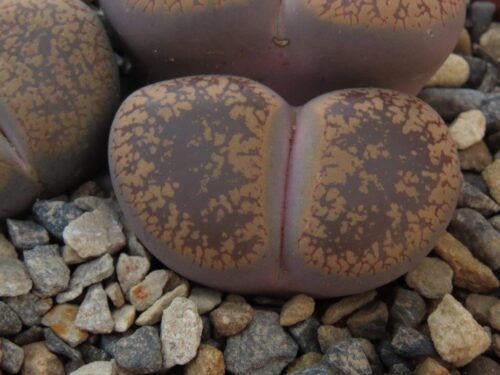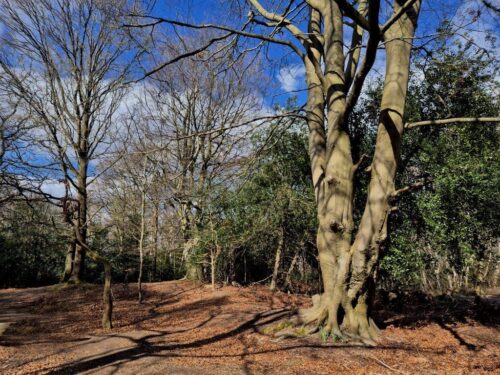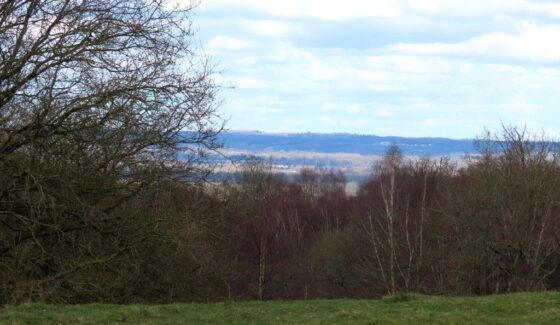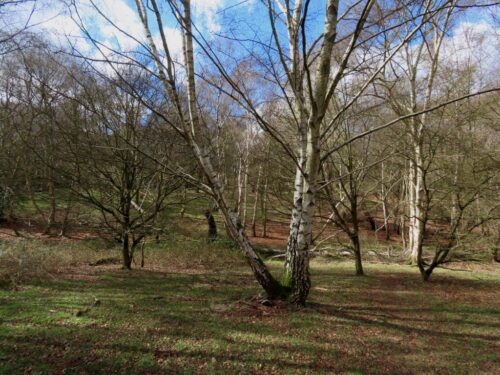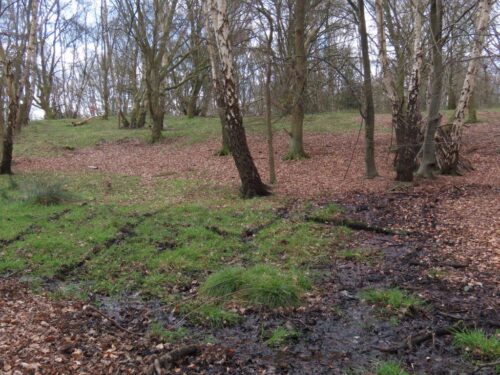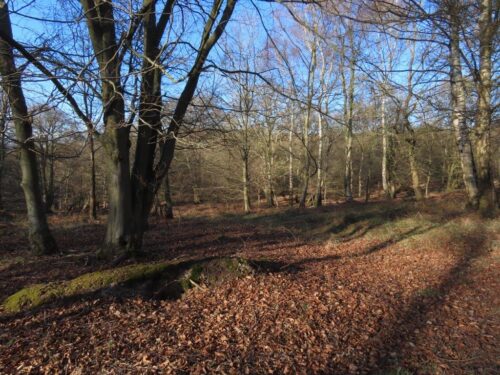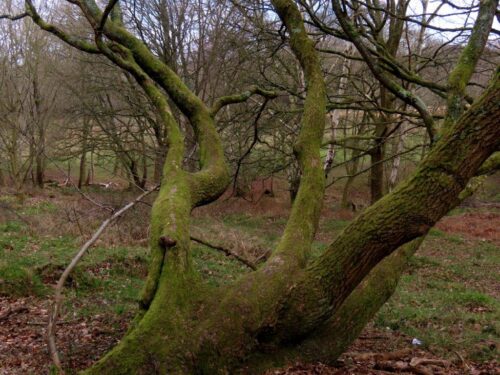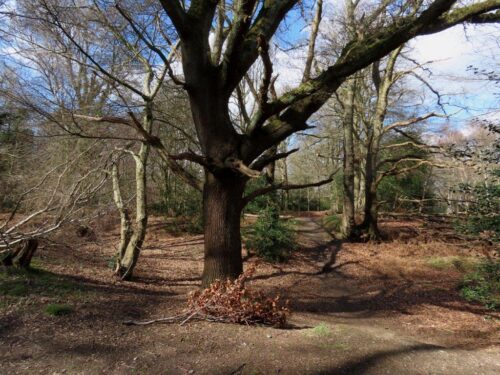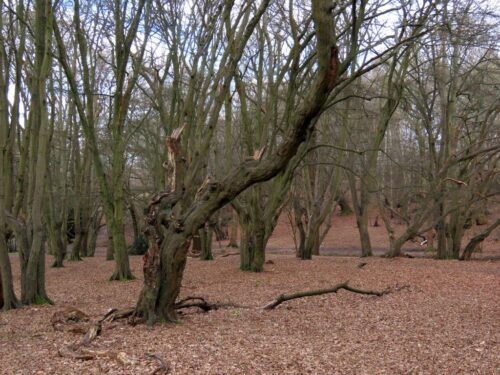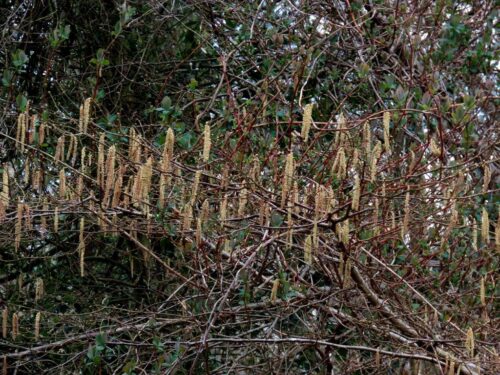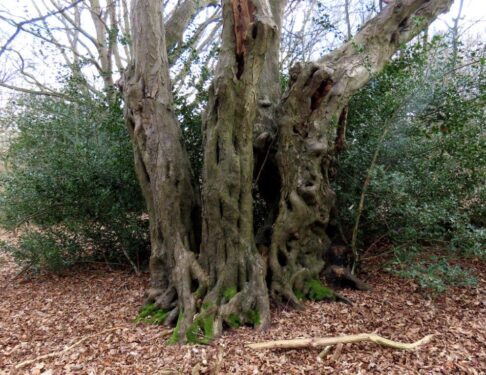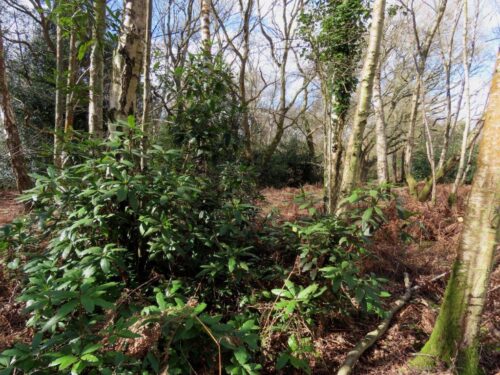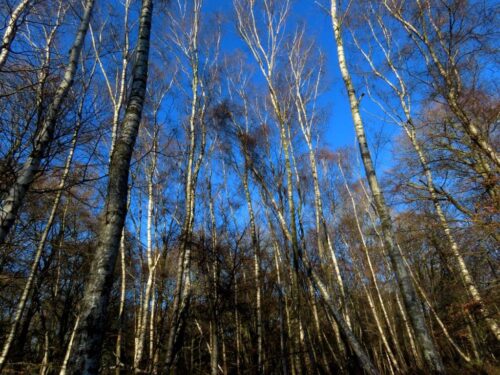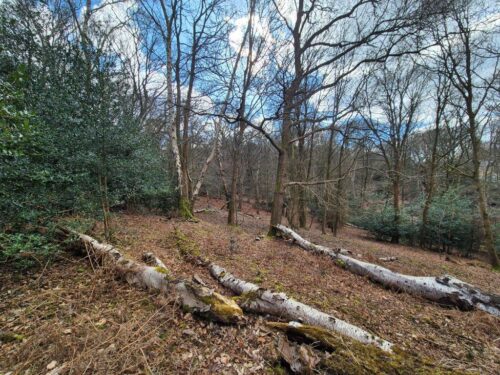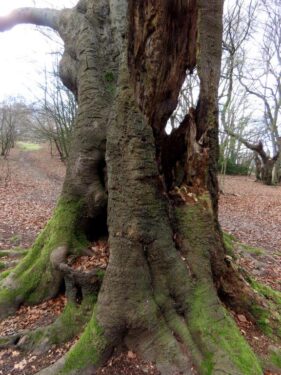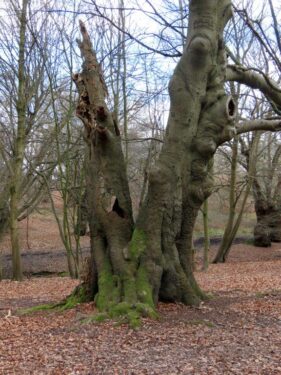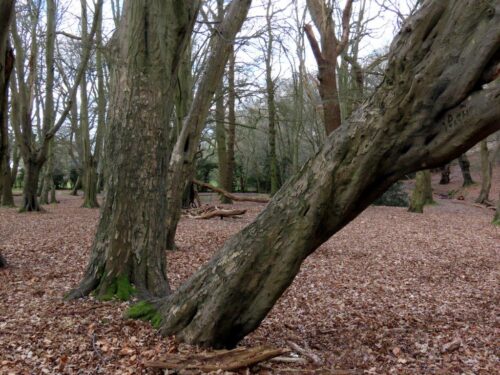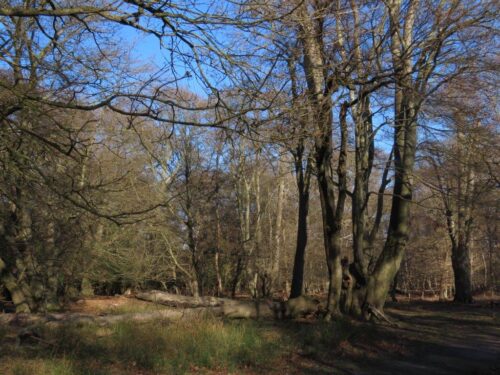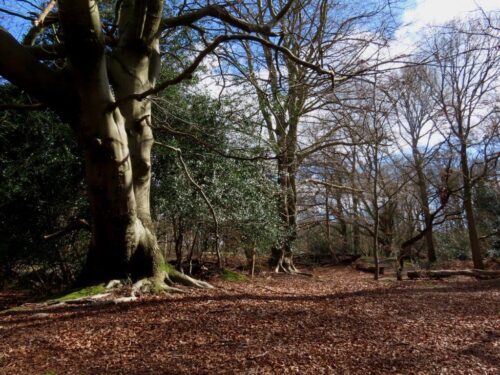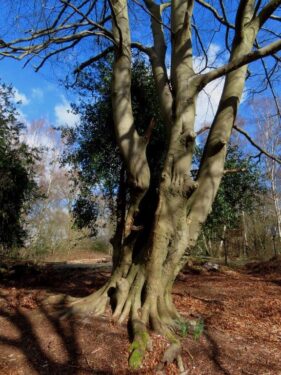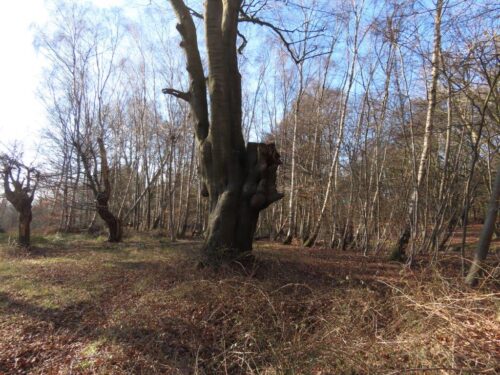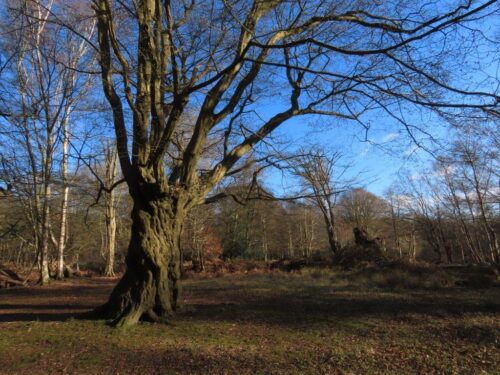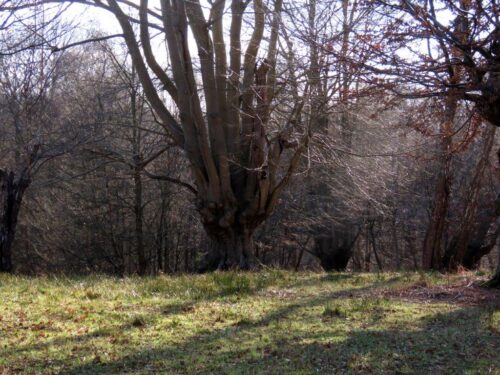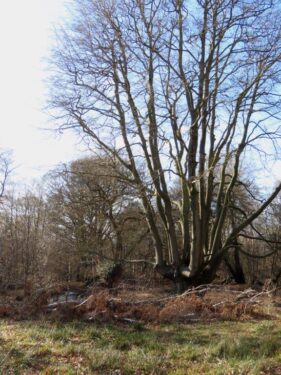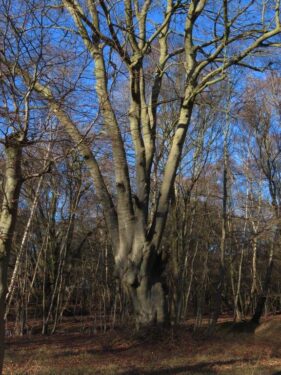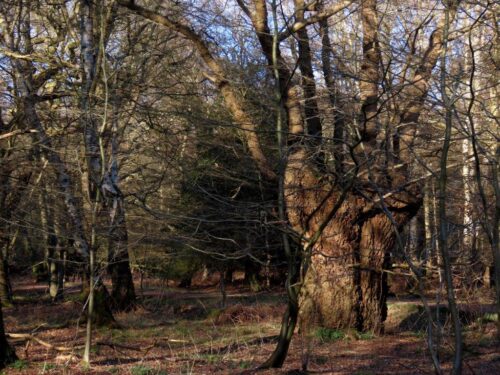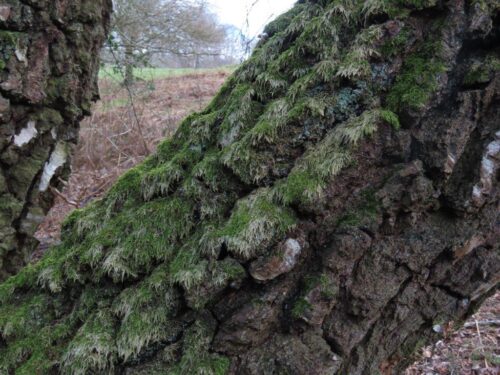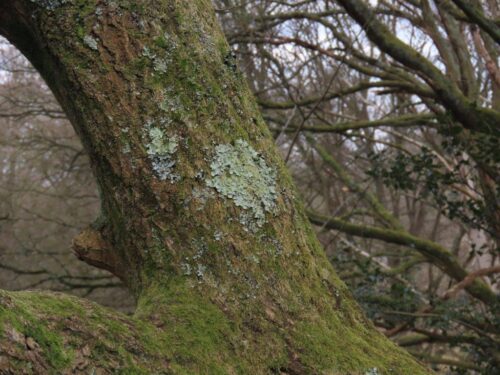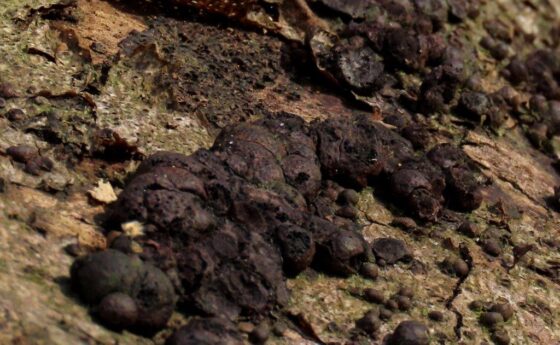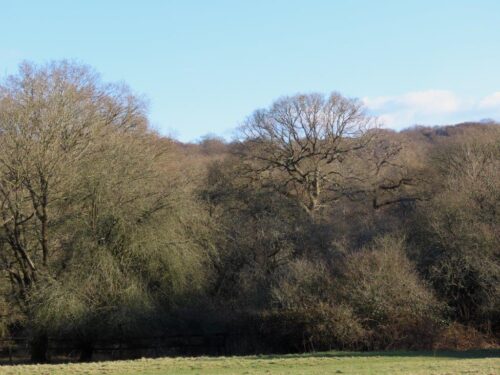Granddaughter Eleanor’s photos have featured before in these blogs – see here, here and here – and rightly so. But this is the first one of hers exclusively. No captions or commentary, just enjoy Wivenhoe waterfront, Colchester St Botolph’s and Castle Park in the sun, as seen through the eyes of an inquisitive seven-year-old. Indulgent maybe, but I am a very #ProudPapa!
Latest News
The Leafy Suburbs: Dulwich Village
A day visit to south London was in order this week to catch up with the Tirzah Garwood exhibition in its last month at Dulwich Picture Gallery, somewhere we had never before been to. Upon arrival at West Dulwich station, it was straight across the road into Stephanie’s café for coffee and a cake in charming, quirky surroundings.
The exhibition was the centrepiece of our afternoon, and what an excellent one it was! Tirzah Garwood was the (shamefully) lesser-known spouse to Eric Ravilious, and had the knack of capturing dream-like tableaux in a naïve style in a range of media, including remarkably detailed wood engravings, as well as simply beautiful marbled papers (my favourites!).
But either side of this of course we were out and about, in the Picture Gallery garden, and in the parks either side. In fact, although Dulwich Park is the famous one, it was Belair Park that interested us most, a little less manicured and formulaic. Nevertheless, Dulwich Park had some impressive ornamental plantings, with Kolkwitzia especially beautiful and scenting the air.
Wildlife-wise though, there was only the Box Moth caterpillars demolishing the Box bushes, and of course the ever-present Rose-ringed Parakeets and Grey Squirrels, testament to the multicultural diversity of the city! The same theme was apparent throughout our day…
Belair Park had lots more to offer: views to central London; dead wood, harbouring all sorts of boring beetles no doubt; and a pond with basking Pond Slider terrapins, kindly pointed out by a friendly dog walker. These seem to be the Yellow-bellied Slider, a less frequent introduction from the USA it seems than the Red-eared subspecies.
In the lovely warm sunshine, welcome after days of cool northerlies, insects were out a-basking, especially hoverflies and Dock Bugs, but also our first Dryophilocoris flavoquadrimaculatus (bug) and Nematopogon swammerdamella (micromoth) of the summer.
And spiders too: a Xysticus crabbie just waiting, and Cucumber Spiders hanging around, in one case with some success…
Many of the Oak trees were bedecked with huge Oak Apple galls, larger and more numerous wherever we have been than ever this year it feels; Elm leaves had mite galls; and Horse-chestnuts in both flamboyant fresh flower and producing hordes of minimorsels for the birds – Horse-chestnut Leaf-miner moths.
And a surprising plant in one of the damp sedgy low ways, was Buttonweed, a native of South Africa that is sometimes naturalized in such areas, although especially in coastal spots. In parts of southern Europe it now dominates whole swathes of coastlands, the only place I have seen it previously.
In the Gallery garden, there were some lovely trees, including a remarkably sculptural Tulip-tree, perhaps the inspiration for one of the actual sculptures?
Basking insects were also of a feature of this garden, especially lots of ladybirds, including the declining Two-spotted alongside its potential nemesis, the Harlequin (although the numbers of Rose Aphids would seem to be a much more viable food resource).
Viburnum beetle larvae munched away on the Viburnum leaves, creating a latticework that speaks volumes about the positive ecological management of the garden…no pesticides and poisons here!
There was Closterotomus trivialis, a plant bug new to Britain (from the Mediterranean) since 2009, a nymph Toad Bug with its distinctive rear-end brush of bristles, and a gall on the leaves of North American Red Oak. This is a sign of infection by the fungus Taphrina caerulescens, a gall that is shown in only thirty or so places on the National Biodiversity Network map (and not at Dulwich), although as so often this probably reflects under-recording rather than rarity.
And finally it was just up the road to round off the day with a good meal at the Crown & Greyhound, a historic 18th century hostelry that apparently once was the was the beating heart of the Dulwich literary and poetic world: drinking in the footsteps of Charles Dickens, Laurie Lee and Ivor Cutler, under the magnificently ornate ceiling!
The Wild Side of Essex: the Colne Valley and Chalkney Wood at Bluebell time
This summer I am launching a new series of ‘Wild Side of Essex’ day walks for Naturetrek, and at the end of April, we had the first walk from Chappel. Commendably, one client arrived by train! This walk is a round walk, taking all day, going up the valley and back along the hilltops, and it certainly felt as though we had had a good walk, at least in part to the very warm, sunny weather.
Starting with historic buildings and the church topped with a typical north Essex wood-clad steeple, there was a range of interesting plants around the churchyard wall: Greater Celandine, Red Valerian, Goat’s-beard and Salsify, mostly non-native garden escapes but all attracting insect attention.
Especially productive in this respect was Green Alkanet, with many a Dark-edged Beefly taking the nectar:
Walking up the valley, past trees filled with Mistletoe, we took every opportunity to look at the River Colne, its clear, flowing waters filled with aquatic vegetation and shoals of Rudd, the banks with last year’s Small Teasel heads and the first few Large Red Damselflies.
And along the length, a series of former mills to tap the energy of the flowing waters, each home to Grey Wagtails, with Canada and Greylag Geese and a Little Egret in the more open stretches, while a couple of Red Kites and at least four territorial pairs of Buzzards circled overhead.
While the valley meadows are not especially diverse, they do have plenty of Dandelions, food for bees, hoverflies and butterflies such as Orange Tip and Green-veined White, and the wetter patches have stands of several sedge species as well as Cuckooflower.
The hedgerows crossing the open landscape are really quite impressive, especially with Hawthorn now coming into bloom. Common and Lesser Whitethroats sang from the thicker hedges, while a Mistle Thrush strutted around. At least four males of the latter were heard singing from the wood and copses on the flanks of the valley.
Large, old trees in the valley provided all sorts of interest. A dead Ash was covered in woodpecker workings and sprouted colonies of King Alfred’s Cakes, while a living but hollow Willow buzzed to the sound a wild Honeybee nest, and many of the low-hanging Oaks featured smart new rosy Oak Apple galls.
And then there was Chalkney Wood, an absolute delight. Rescued from being choked to death by planted conifers some thirty years ago when the Forestry Commission was persuaded to remove the planted tress ahead of their scheduled rotation. Now one would never know, as regrowth of the old coppice stools and natural regeneration has all but eradicated any sign of this unseemly blip in the history of an ancient wood: it even has many of the indicator plants of age, like Bugle, Town-hall-clock and Yellow Pimpernel.
In fact it is probably 20 years since I was last there at this time of year, and to say my gob was smacked would be an understatement: especially in the eastern half of the wood, a sea of Bluebells, studded with Wild Garlic, the still air allowing the build up of such a sweet fragrance, a feast for all the senses..
Returning along the tops, catching a welcome breeze given the ferocity of the sun, there were a few wet springs, featuring Giant Horsetails and Stinging Nettles, the latter often adorned with Hairy Shield-bugs and Cinnamon Bugs.
The last stage of the circuit took us along a series of lanes, almost holloways, with botanically-rich hedgebanks, featuring a varied palette of Primrose, Red Campion, Greater Stitchwort, Germander Speedwell, Wild Arum and Star-of-Bethlehem, and several Speckled Woods in the dappled shade.
And in a final flourish we rounded the last bend and emerged from the trees to be faced with one of the Seven Wonders of Essex, the mid-19th century marvel that is Chappel Viaduct, some 6 million bricks forming 32 spans that rise to 23m. And still support passenger trains to this day! In the lowering light, the shadows and vistas were simply lovely, as much a part of the psyche of old Essex as the Bluebells of Chalkney Wood.
The Wild Side of Beth Chatto Gardens: …and they’re off!
Three weeks since I last managed to get to the Beth Chatto Gardens. And three weeks at this time of year is a very long time. Especially after some lovely sunny weather, interspersed with cool easterlies and a couple of decent showers, Spring has been comprehensively erased from the scene, with just the late species tulips and anemones in the Gravel Garden hanging on.
So many flowers now coming into their own, almost all providing nectar and/or pollen to feed our insects, the garden is simply stunning…
And the fresh green leaves are both basking spots for warming up and food for the next generation of some: it was an emergence day for Solomon’s Seal Sawflies… but despite last summer’s defoliation, the plants have sprung anew. A lesson for all who might be tempted to turn to the poison sprays. Another sign of our approach to gardening with wildlife in mind is the number of Song Thrushes we have, two or three pairs where give years ago there were none, testament to our avoidance of molluscicides.
For no apparent reason, one individual plant was the focus of bug biodiversity today: a single Helleborus argutifolius was home to half a dozen Green Shield-bugs, two Hairy Shield-bugs and a Rhopalus subrufus scentless plant pug (named to reflect the fact that the related shield bugs aka stink bugs, often emit smelly defensive chemicals.) None of these were noticed elsewhere, and none have known dependencies on this plant, so why it was such a star is one of those delightful mysteries of nature.
In an hour round the garden, there were six species of butterfly, here Large and Green-veined Whites, along with Brimstone, Orange Tip. Peacock and Speckled Wood. Sadly no Green Hairstreaks – my favourite butterfly – often quite abundant from now until mid May, though they have been reported by the gardeners over the last ten days.
And in another sign that summer is icumen in, today saw my first local damselflies of the season, as always Large Red Damselflies, resting on the pondside foliage having just emerged from their aquatic nymphal life.
The starting gun of summer has been fired, and that will be reinforced over the forecast heatwave in the next few days. Do come and see what our garden can offer: plants, wildlife, tea and cake! All my events are listed here Beth Chatto Gardens – activities and events | Chris Gibson Wildlife, including this coming Bank Holiday weekend. Exceptionally, the garden is open both Sunday and Monday, and among the many special activities planned, on Sunday you can find me in the Nursery at 11am, 1pm and 3pm talking about ‘Gardening for Wildlife’.
Reduced price entry tickets are available online: Entrance – Beth Chatto’s Plants & Gardens
Spring in Menorca: a photoblog….
Over the years, my tours to Menorca have been a mix of autumn and spring trips. Each season has its delights: in autumn the second spring of flowering bulbs and an array of exciting, often large insects; in spring the island in full bloom, but fewer and smaller insects; and always the birds, both resident and migratory, plus exciting geology and lovely landscapes.
This year, winter rains have filled the wetlands and greened the fields. Swathes of Crown Daisies, sheets of Tassel Hyacinths and Wild Gladioli and banks of Italian Sainfoin lit up every wild patch of the island…
… and orchids almost everywhere. Pyramidal, Sawfly, Mirror, Small-flowered Tongue and Bumblebee were the commonest, with fewer Sombre Bee, Yellow Bee and Violet Bird’s-nest, and only dead examples of Giant and Balearic Orchids – pretty much all that we can expect to see on Menorca at this time of year.
Parasitic plants are held deep in my affections, so the various broomrapes, plus bartsias and their relatives were good to see, along with Cytinus ruber at its usual site (possibly first reported by Honeyguide), and seemingly extending its occupancy of Cistus albidus therein.
Most of the endemic plants of the island were not yet in flower – for them it is best in May – but Balearic Dragon Arum, together with Senecio rodriguezii and the Menorcan endemic variety palaui of Rosemary gave us plenty to look at, together with a wider range of specialities in the garden of the S’Albufera des Grau visitor centre. Here is one of the most spectacular Balearic endemics, but one that is only sparsely found on Menorca, the unique, shrubby, wavy-leaved St John’s-wort Hypericum balearicum.
So many plants, it was sometimes difficult to know which way to turn. The additional photos below are just a selection! Navigate to the full report (see end of this blog) to find the names of everything we found.
Despite the absence of significant landfalls, migrant birds trickled through, with a scattering of northern migrants – Common Redstart, Wood Warbler and Pied Flycatcher, for example – together with the first few Turtle Doves, Bee-eaters and a Golden Oriole, although the latter two heard only. Large water birds were moving through, with three Spoonbills and a Glossy Ibis at Son Bou and at the end of the week small parties of Glossies and Grey Herons flying past Binidali and next day in the pools at Tirant.
There were also the locally resident Hoopoes, Stone Curlews and Booted Eagles; Blue Rock Thrushes, Yellow-legged and Audouin’s Gulls; Egyptian Vultures, Black-winged Stilts, Rock Doves and Stonechats to brighten up even the dullest days.
Our group had several keen insect-spotters, so we found plenty of interest, from Violet Oil-beetle, Balearic Scorpion, Crimson Speckled and Striped Hawk-moths and both Migratory and Egyptian Locusts, among an array of butterflies, bugs, and spiders.
At Torre d’en Gaumes , there was the large larva of a Hummingbird Hawk-moth, but most spectacular of all was the pashapillar of Sa Roca, a Two-tailed Pasha at its largest, just starting to spin its silken pupation cradle.
And as is so often the case, our visit contributed useful biodiversity information, with a sighting of a bug possibly new to the island (Odontotarsus caudatus, in the Balearics shown only from a single site in Mallorca on available maps), plus several things that may be rather new arrivals (at least according to the maps in the books), such as Two-spotted Mammoth-wasp and Sicilian Leaf-cutter, both locally very abundant and quite spectacular.
Turning to water creatures, this was the first time we have noticed the North American Blue-clawed Crabs in the salt pools of Es Grau, a species that is spreading round the Mediterranean, causing some ecological concerns while creating opportunities for novel fisheries. And then, the most remarkable sight: recent easterly winds had pushed millions of By-the-wind Sailors onto the beach at Es Grau, each one being the sail and core of a jellyfish-like colonial hydrozoan.
Then a few days later, the same at Binidali Cove…except that had the few days extra putrefaction, and the smell was considerable! But on this beach, both a blue tideline and a red one, the latter being probably from deposited foraminifera.
With a round up of this sort there always things that don’t fit into the previous categories, so here are a few, from Hermann’s Tortoise to Italian Wall Lizard, and pointy snails to sun-splashed lichens.
All this and our lovely base, Matxani Gran. Highly recommended!
And finally the vistas and landscapes throughout the island, for me the gem of the Mediterranean.
As always with Honeyguide tours (and uniquely so), each participant on every tour pays a surcharge which goes directly to conservation projects in the places we visit. From our Menorcan trips, we support GOB Menorca – Grupo Balear de Ornitología y Defensa de la Naturaleza, the Birdlife Partner and main environmental voluntary body in the Balearics. We were pleased to welcome Margarita, GOB Menorca President, with Carlos (Past President) and his wife Deborah, for an informal evening of chat, food and delights: see this on the Honeyguide blog site.
This is, as a matter of personal choice, likely to be my final overseas tour as guide, and what a swansong Menorca provided! Of all the tours in all the places I have led, I am most proud of having been able to facilitate significant contributions of funds to GOB, for me the best voluntary conservation body in Europe, that delivers so much with so few resources.
For more information about GOB Menorca and its work, please visit english.gobmenorca.com
If you enjoyed reading this and would like to know more detail about the trip, there is also a fully illustrated report, available here Menorca 2025 and on the Honeyguide website honeyguide.co.uk.
#WildWivenhoeWalks: botanical highlights along the sea-wall from Wivenhoe – saltmarsh, grazing marsh and block paving!
A lovely walk was had by our group on a dull and rather chilly morning along the sea wall of Barrier Marsh, downstream of Wivenhoe in late April.
Quite unintentionally, the theme of Native/Non-native developed as we looked at various plants in flower along our route. Hard to avoid at this time of year is Alexanders, a robust plant which is not a native, though a long-term inhabitant, brought here by the Romans (being fully edible), and is rather contentious, being thought of as a thug by some. The current climate suits it well and it now flowers from March, just at the time when our insects are waking and need sustenance. Our ‘native’ plants are often not in flower so early in the year, but our insects are up and going earlier and earlier due to the collapse of our climate, with our mild winters and so need this plant to survive. On sunny days particularly it is alive with insects of all sorts – not so today given the cool wind.
Cow Parsley, once thought of as the harbinger of a richness of summer beasties, was only just coming into flower …. too late for the modern first flush of insects.
So the discussion had begun – does it matter if a plant is ‘native’ or is an introduction? The answer is an emphatic No!! – if a plant can provide for our pollinators when they need pollen/nectar then, with just a few exceptions, they should be welcomed. Other non-natives that certainly pay for their keep in our countryside included Three-cornered Leek and Large Mediterranean Spurge.
As we walked we looked at various plants, starting with English Scurvygrass, the first inkling of summer and autumn saltmarsh shades.
Along the sea wall there were plenty of buttercups, all showing the downturned sepals characteristic of Bulbous Buttercup and very few others, although the photo shows a potential pitfall – those on the left are fresher flowers and the sepals have yet to turn down…
Not in flower, but readily identifiable by the ‘scrunch and sniff’ test was Sea Wormwood, on the seaward face of the sea wall, bearing the scent of absinthe, apparently. So, one in the eye for the apps there!
The block paving around the Barrier also produced a fascinating variety of small, white flowered crucifers (Brassicaceae), all very similar in flower but easily differentiated by their seed pods: long and cylindrical (Thale Cress); short, fat and heart-shaped with a septum at right angles to the plane of flattening (Shepherd’s Purse); and short and oval, with a septum along the plane of flattening (Common Whitlow-grass)…
And finally, a real surprise. While we have found Cornsalad sporadically as a colonist of block paving hereabouts, we found lots today, sheets of it, more than we have ever seen before:
An excursion down into Barrier Marsh was interesting from the historical point of view (the path, ‘The Chase’, originally belonged to the otherwise landlocked Elmstead Market and was their access to the water for trading purposes). Also the many, many anthills are fascinating – much more numerous and larger on one side of the path than on the other, the disparity due to the side nearest Wivenhoe being commissioned as agricultural land during the war and used to grow vegetables – so their numbers only began building since the 1940s as opposed to 400+ years ago on the other side. The anthills weren’t really flowering at their best just yet – each is a microcosm with its own community of tiny flowers which are aided by the warmth and well-drained soil produced by the activities of the ant colony below and will certainly be worth a look after the forecast heatwave next week.
However, one of the nationally scarce plants of that marsh, Divided Sedge, was in full flower, forming very dense swards, and led naturally to a discussion about the differences between grasses, sedges and rushes, and then the diversity of flower structures in the grasses, an important part of their identification, as covered in Chris’s new book…
As usual Jude was on the lookout for insects. Not a huge amount on the wing given the cool conditions, but a couple of interesting beetles were discovered. Neon-striped Tortoise-beetles were on Sea Beet next to their holes, a regular spot to find them, from now for the next month, but a beastie we have never found elsewhere in the area. And on the same plant, a couple of 24-spot Ladybirds, next to some ‘grazings’ – maybe they’d had their dinner first to get the strength for their subsequent activity!
And a couple of things with very different ways of not being eaten: the caterpillars of Brown-tail moth, largely protected by irritant hairs, and a micromoth Notocelia cynosbatella, basically a bird-dropping!
While we don’t focus especially on birds, treating them on a par with all other wonders of nature, they certainly made their presence known, with singing Cetti’s Warblers, Whitethroats, Lesser Whitethroats, single fairly distant Nightingale and Cuckoo, and a swooping Swallow. So all in all, a very varied couple of hours, and as usual we would like to thank everyone who joined us for our amble for their interest and involvement.
*********************************************************************************
By way of a prologue, to reinforce what we wrote above about the enduring value of Alexanders to early insects, it is worth going back fewer than 24 hours, when we walked from Colchester to Wivenhoe along the trail. The weather could hardly have been more different: calm, sunny and really rather warm. And the Alexanders was buzzing with all manner of insects. Most obviously it was the St Mark’s Flies, emerging a day before their appointed date, all dangly legs and carrying their loads of pollen in their abundant hairs.
There were also numerous nomad wasps zipping around, together with a more stately Box Bug, our first of the year. And an Alderfly hiding under one of the leaves.
And then the specials. Firstly, the grass bug Stenodema calcarata: although not rare locally, we don’t see this with any regularity. And then the Plain-winged Spring Bee-grabber Myopa testacea, again not uncommon nationally but it would appear with only two previous records in north-east Essex.
Alexanders is truly a bedrock of biodiversity!
Maldon: the waterworld of mid-Essex
Maldon is one of those places we rarely visit, mainly because it is no longer on the railway network. But every time we have, we have thought it would be good to explore it in more depth by staying overnight. So for our April short break, encompassing my birthday, we did just that via train to Witham, then bus to Maldon. Actually we got off at Heybridge, right next to its attractive historic church, in part going back to the 12th Century, now sadly beset with roaring traffic. And closed. Although the Primrose-filled garden with Bee-flies was some compensation…
From there we walked along the towpath of the Chelmer & Blackwater Navigation, right out to its end at Heybridge Basin.
Clear blue skies above meant sun, but any April warmth was robbed by a keen easterly wind, tempered only in the lee of the canalside hedge. Sallow and Blackthorn were in full bloom, the latter sprinkling entire landscapes with snow-dust, while Dandelions and White Dead-nettles added their resources to the insect-scape.
And in the sheltered spots the insects were out taking full advantage, the first big emergence we have seen this year. These included the familiar spring species like Dark-edged Bee-fly and Peacock, newly emerged aquatic beasties such as Alder-flies, a few things like Pied Shield-bug that we see only occasionally, and an array of early mining-bees, notoriously hard to identify, but here probably including Andrena trimmerana and A. bicolor.
And then basking in the warmth of April (known appropriately as aprication) there were numerous Nursery-web Spiders and an Oak Eggar moth caterpillar.
The waters of the canal had Mallards, Moorhens and Mute Swans; overhead half a dozen Mediterranean Gulls yowling in transit to the adjacent gravel pits; and everywhere bird song: lots of Chiffchaffs and Blackcaps, five or so Cetti’s Warblers and a couple of hesitant Willow Warblers, the latter probably very fresh arrivals.
After a lovely lunch in the Jolly Sailor, we kept walking round the sea wall, by now in the teeth of the cold wind. So no insects, even on the Alexanders, but lovely views over Heybridge Gravel Pits and, as we rounded the bend, of Maldon with its distinctive profile, set on a hill with three very different church outlines, fringed by the rigging of the iconic sailing barges.
And as it was coming up to high tide, estuary birds were congregating in front of us, especially Black-tailed Godwits in full rust breeding plumage, about to depart for Iceland, and Brent Geese, soon to Siberia.
The final part of our circuit alongside Heybridge Creek was through the industrial park, but before long we were sitting with a welcome drink outside the Muddy Duck…
… contemplating our ascent up the hill to our destination, the historic Blue Boar Hotel, a very comfortable coaching inn, complete with the uneven floors that are par for the course in such an old building. A fine place to spend a couple of nights, with good breakfasts and local beer in the tap room.
Next day, more sun, and more waterside walking, this time upstream of the town, to Beeleigh. The circular walk starts along the lower slopes of the Maldon hill, looking over the tidal river with Teals and Redshanks, going through Blackthorn-sparkled scrub with vocal Blackcaps, through spiny holloways, and across springs erupting with the mushroom-like, spore-bearing spikes of Giant Horsetail.
Passing Beeleigh Abbey, where the landscape still bears the ravages of Dutch Elm Disease, it was pleasing to see the new owners’ investment in landscape and ecological restoration with newly planted and newly laid hedge-lines: singing Yellowhammer and Stock Dove bear witness to the recovering wildlife.
Before long we arrived at the meeting of the waters, where two of the main rivers of Essex, the Chelmer and Blackwater, converge, interlinked with the navigation and other minor waterbodies and mill races, and arrive at the head of the tidal estuary. And at low tide, a world of waterfalls over weirs, bridges and locks, rushing waters and still backwaters, Grey Wagtails and a Kingfisher…
With all this moving water, not surprisingly in historic times, the energy of the landscape was harnessed by mills, a powerhouse of which the remnants are still to be seen:
But such human intrusions are a minor part of the landscape hereabouts, dominated by reedbeds and riverine woodland, just crying out for Beavers!
The rivers were lined by last year’s skeletal Giant Hogweed and Teasels, with fresh flowers of Evergreen Alkanet, Common Dog-violet and Ground-ivy coming through, attracting more Peacocks, Red Admirals, Commas and Dark-edged Bee-flies, with Honeybees drinking from the damp paths.
And so we headed back alongside the golf-course, under the by-pass, and into Maldon’s newest nature reserve, Ironworks Meadow, a lovely grass and wetland complex abutting the retail and industrial area, established by community action.
That just leaves Maldon itself. Did I mention it is on a hill? Must be just about the steepest in Essex. In the past, having always driven up it, we simply didn’t notice the wonderful array of historic buildings. But walking up, the architecture and history were a good excuse to rest the flatlanders’ legs!
Working down the High Street, first to All Saint’s Church with its apparently unique triangular tower, although really appreciable only from the inside …
… past the Moot Hall, to the former St Peter’s Church, now home to the Maeldune Heritage Centre (including the tapestry commemorating the Battle of Maldon and other key historical moments in the town) and on the first floor the absolutely wonderful Thomas Plume’s Library. What a remarkable, unheralded treasure of books from the 16th and 17th Centuries, left to the town by Dr Thomas Plume (1630-1704) in a purpose-built premises on the site of the old church. If you want to be enraptured, go there when it is open and get a tour from one of the incredibly knowledgeable librarians – our guide clearly loves her charges and her role in safeguarding then for the future with a passion.
Heading onwards down the High Street, past Salt Italian restaurant where we had a really excellent meal one evening, we ducked down first to the more industrial river frontage …
…before moving round to the Hythe and another distinctive church/seamark, St Mary the Virgin, perched above the waterfront.
We have never found it open before, and at first glance the inside was rather disappointing compared with the glorious mishmash exterior structure…
.. until we saw the window, THE window, commemorating the Battle of Maldon, with the sun coming straight in creating these remarkable patchworks of colour.
And so onto the quay, a drink in the Queen’s Head, a look at the sailing barges …
… and a final wander out to the end of the promenade, to the statue of Byrhtnoth, leader of the Anglo-Saxon forces who snatched defeat from the jaws of victory against the Vikings nearby in 991. A pivotal moment in the history of our islands, this has been covered in epic poety, writing and art, but for me never better than in the song ‘The Battle of Maldon’ by Leaves’ Eyes.
A fine end to three days of wall-to-wall sunshine, already with plans to return when Beeleigh Abbey gardens are open, and to walk out to the Mundon Oaks!
Cromer before the crowds: sea frets, Alexanders and some lovely sunshine!
Our March short break began before it had even really started – as we went to the station to catch the train to Cromer, piles of last year’s dead Hollyhocks were spawning a big emergence of overwintered Firebugs – proof if any was needed that garden clippings are best kept in the garden whenever possible…
And so it was up to Cromer, across the flatscapes of East Anglia. We have a fondness for out-of-season seaside resorts (see Blackpool, this time last year), especially just before the season starts, when they are a hive of activity, the smell of paint and slosh of whitewash, the clank of scaffolding, but without the crowds.
Putting on the make-up is of course so much more than cosmetic: the unforgiving wind and salty air corrodes the very fabric of the town, threatening livelihoods but producing ample subjects for the camera:
Think Cromer, think crabs – and yes of course I had plenty, including a sumptuous sandwich from the Crab Pot Café. And then think Pier, dominating the view from any stretch of the shoreline:
The beach provides the sounds of nature, gulls calling, waves swishing up the sand and rattling the flints, which in turn become the building blocks of the town.
The church, as much a seamark as a place of worship, was worth a visit for its stained glass which suffused the columns with pastel shades as the sun streamed through:
And so to our hotel, the Cliftonville, a place we had decided to stay in after a drink there last summer amid the Art Nouveau styling. And we were not at all disappointed – our top-floor room with an uninterrupted sea view was simply outstanding, and one we would like to return to as a base for exploring the Norfolk coast by train and bus.
Breakfast and lunch, too, made the stay memorable, but prize of place food-wise must go to the Red Lion Hotel where we ate one evening, a memorable meal of fine dining but substantial portions – for me, crab risotto and cod; for Jude, rigatoni with goat’s cheese and butternut squash. A little more expensive than we normally pay, but really worth it for one of the very best meals we have had in our years of monthly short breaks.
From our room, and indeed all along the seafront, the view of the North Sea and its offshore wind farms was both ever-changing but reassuringly constant. And the gardens along the front, at least in sunshine, buzzed with bees, including Hairy-footed Flower-bees visiting Rosemary. The other insects along the front, including on the hotel windows, were numerous Birch Catkin Bugs, presumably a spring emergence, but from where? Not a birch tree in sight!
The first day was grey and cold, the second promised to be much sunnier and warmer. So it was out on the train to Sheringham, breakfast as we passed through the flinty town, and down to the beach. Turnstones flocked on the rocks, a Greater Black-backed Gull defended its fish carcase against the diminutive Herrings, the sun was shining and it was already very warm, but offshore to the west hung a sea fret…
So we headed east along the beach, taking in the glacial geology on the way, boulder clay, sands and chalk rafts, the mobility colonised by Colt’s-foot, the flowers opening to welcome Spring.
As we continued towards West Runton the beach started to steam, tendrils of fog rising up from the sand. And looking behind, the wall of fret was upon us. Colour was sucked out of the world, and our destination disappeared, leaving the revetments as stark sculptures worthy of Easter Island or Antony Gormley. Totally ethereal, and although the blue dot on the phone offered some reassurance, it felt not without a frisson of some primordial danger as the fret moved around, shapeshifting on a whim.
But still the beach announced its geological provenance, with platforms of chalk emerging from the sand, and many huge beach flints, including some in the mysterious bowl-shaped form of a paramoudra.
Once at West Runton though, it was back onto dry ground, albeit with fog swirling, building and fading at every turn. We had seen from the map the intriguing prospect of Beeston Regis Church, marooned among the caravan sites, though finding it in the fog was more by luck than anything….
The church was simple and pleasant, with some ornate wooden mouldings as a counterpoint to the calm interior.
And on the churchyard wall, there was Henbit Dead-nettle alongside its more common relative and Hairy Bittercress …
… while along the lanes as we dropped down to West Runton, there were flowering willows, both male and female catkins providing sustenance to bumblebees and hoverflies; White Comfrey; Tree Lupins complete with big, fat aphids and their camp followers; and everywhere Alexanders…
And so into the Village Inn for a welcome pitstop!
From there it was back along the cliff top, at least in those places where the Norfolk Coast Path hasn’t fallen into the sea and isn’t blocked by unfriendly fences. The fog still rolled in, creating frost-bows from certain vantage points, while sandy soils up high gave the feel of perched sand dunes, the turf stained red with Mossy Stonecrop and acid-green by Early Meadow-grass.
After an ice-cream stop in East Runton, it was then back onto the beach for the final stretch back to Cromer. In the by now hot sunshine, waves rolled and lapped gently to shore and several pairs of Fulmars canoodled in their cliffed retreats.
For our final day, we headed east from the town, where it feels much more wrapped up in maritime history …
… out and up to Cromer Lighthouse, giving the lie to the assumption that Norfolk is flat! Rolling hills, all part of the moraine from the endpoint of the last ice advance, clad in the richness of flowering gorse and with woods, including lots of Holm Oak over a ground layer of Alexanders. Just a pity the weather had closed in a bit, leaving the views back over the town rather hazy.
All that was left was to find our way down to the beach via the precipitous steps, through the goblin-forest wilderness of twisted Sycamores and again Alexanders, along with Hart’s-tongue Fern, and salt-pruned, skeletal scrub.
Our purpose? To try and locate the Banksy artwork on a concrete groyne. Which we did, just, with the help of a friendly passer-by, although sadly time and tide have taken their toll and the social comment about the prevalence of second homes and overpriced beach huts in a place like this are now lost. I say ‘sadly’, but Banksy probably knew it wouldn’t last, and wanted it that way, their ultimate comment on the impermanence and futility of art?
Which just leaves me with a paean to Alexanders, already mentioned several times, and abundant (to some, overabundant) along this coastal belt.
But to those who decry the ‘aggressive’ spread of this non-native plant, I would say ‘what would early-emerging insects do without it?’ As climate collapse continues apace, insects are now active at times they never were before, active and needing sustenance. Which the ‘native’ British countryside simply cannot do. As a bridge betwen eras (the one to come being especially uncertain), Alexanders helps sustain life.
And so it was for our stay, from fungal rust galls to ants, Honeybees, hoverflies and Gorse Shield-bug…
… right through to the mining bees, iconic insects that nest on the nearby sandy cliff slopes, including the rare (but increasing) Early Colletes (aka Bunny Bee).
For other blogs extolling the virtues of Alexanders, see Lockdown diary: In praise of Alexanders… | Chris Gibson Wildlife and Alexanders: the interloper our countryside needs… | Chris Gibson Wildlife .
That was a surprisingly fun short break, to a place we knew already, but staying there helped us to more than scratch the surface, to find the real Cromer. Roll on the next in our series … only five days to wait!
The Wild Side of Beth Chatto Gardens: exquisite equinox!
The period of the Spring Equinox in 2025 brought us some lovely settled, almost summery weather. At the start of the spell, there was still a chilly easterly breeze, but it was a delight to find a sunny, sheltered spot and feel the warmth and life returning to the land.
At first, insect activity was limited to queen bumblebees wrapped in their fur coats, visiting Trachystemon, daffodils and hellebores in particular.
As the day warmed, so out came ladybirds, Commas, Red Admirals and hoverflies, mostly basking to make the most of what can be rather fleeting heat at this stage of the year.
And of course, also the Honeybees: now the Crocus have gone over, it was Scilla-season, every splash of electric blue, irrespective of species, simply buzzing.
From now, the floweriness of the garden will grow rapidly, and there were signs of that in abundance:
And what would Spring be without birdsong and breeding activity. Blackbirds everywhere, a couple of singing Song Thrushes, and a chorus of Redwings, bound for Scandinavia, in sub-song. There were pairs of Long-tailed Tits scurrying busily though the hedges, and at the bottom of the Woodland Garden, a pair of Treecreepers searching for spiders in the crevices of a Silver Birch. The Reservoir held several Tufted Ducks and a noisily territorial Little Grebe; everything set against a backdrop of chanting Chiffchaffs, it will not be long before floodgates of summer migration are opened…
By way of a postscript, I was back six days later. The equinoctial heat had peaked, but some spectacular flowers had opened, not least Fritillaria persica. At this time of the headlong rush towards summer, the garden changes on a daily basis! Being a Monday, the garden was closed, one reason no doubt why we saw a lovely Fox running through the Reservoir Garden, the first I have ever seen on site.
But the real excitement of the day was that we were holding a Dormouse habitat evaluation session. One of the participants, Sue, had surveyed for them some twenty years ago, and been able to show a couple to Beth, which naturally delighted her. And, testament to the permanence of plastic, we did find several of her tubes in the bushes, which we can probably reuse this summer.
Several parts around the periphery especially seem still to be in favourable condition for Dormice, so our hopes are high. And Sue, with her outstanding eye for such things, rounded things off nicely by finding what she thinks is a winter nest in one of the private hedgerows!
The Beth Chatto Gardens – there is never nothing new to see or hear! Entrance – Beth Chatto’s Plants & Gardens
Spring in Cambridge Botanic Garden
After a short-notice teaching cancellation and sight of the forecast for glorious sunny weather, we marked the spring equinox with a leisurely train ride to Cambridge, a day in the Botanic Garden, topped off with a lovely meal in the Station Tavern. What a great way to celebrate the season!
As always we were on the look out for wildlife other than the plants, and as the warmest day of spring so far, it was not surprising there were quite a few sparkling Brimstones in action, along with singing Goldcrests in several places. A few things stood still long enough for photos including the planthopper Eupteryx decemnotata, a species first recorded in this country as recently as 2002 and the rarer of two similar bugs found on sages and their relatives, and an early-season, free-range micromoth Diurnea fagella.
Other good finds included a Tree Bumblebee seeking a nest hole; indeed queen bumbles, primarily Buff-tailed, were everywhere, albeit concentrated on certain forage plants, most notably Nonea lutea and the winter-flowering heathers. Honeybees too were widespread and active, on heathers and Scilla especially, and drinking water from the ponds.
Otherwise, there were ladybirds making more ladybirds, Moorhens stalking the reedy patches, and the obvious galls of the fly Taxomyia taxi on Yew.
Being so early in the year, many of the wonderful array of trees in the garden were devoid of leaf, but all the better to show off their often distinctive shapes and bark. This was apparent even at our traditional first stop, outside the tea room, where the sunlit awning projected the tracery of branches, not fully formed leaves.
And then the other natural art in the garden: the lichens on the branches, the sun splashing everything with rich colours. Who needs flowers?
But of course there were signs of many of the trees and shrubs springing into life, producing flowers (some even in fruit), whether wind-pollinated danglers …
… or more showy insect-pollinated blooms.
Mistletoe was also really obvious on the bare trees and shrubs, very golden-green in colour, especially male plants. The two sexes have rather different flowers, the females small with a rounded ovary, males larger with more splayed, fleshy petals on which the pollen is borne directly.
And although many of the beds were still quite bare, having had their spring-clean, there were still plenty of exciting perennials in flower….
… but particularly interesting to me were the flowering Mandrake (an old friend, and a plant rich in folklore that I used to know from my spring trips to parts of the Mediterranean), Yellow Star-of Bethlehem (a scarce native that I have never yet tracked down in the wild) and the beautiful wild form of Wild Daffodil, lemony tepals contrasting with the deeper yellow trumpets.
And all that was left were the glorious glasshouses, where an even more diverse array of flowers, fruits, foliage and forms can be found, where you can visit almost every continent without burning up carbon, and immerse oneself in the fragile beauty of the botanical world around us.
BOOK REVIEW Dragonflies of North America, written & illustrated by Ed Lam
Dragonflies of North America, written & illustrated by Ed Lam (Princeton University Press, 2024) ISBN: 9780691232874 £25
Reviewed by Dr Chris Gibson
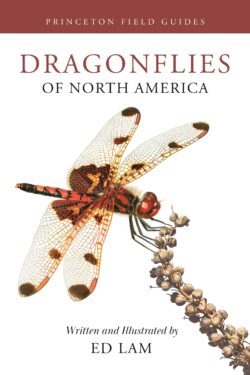 Another month, another in the series of definitive field guides from the stable of Princeton University Press. For us on this side of the Atlantic, the species may be mostly unfamiliar, but the format of the book isn’t – it has almost the same dimensions as the Field Guide to the Dragonflies of Britain and Europe by Dijkstra & Schröter, illustrated by Richard Lewington (2020).
Another month, another in the series of definitive field guides from the stable of Princeton University Press. For us on this side of the Atlantic, the species may be mostly unfamiliar, but the format of the book isn’t – it has almost the same dimensions as the Field Guide to the Dragonflies of Britain and Europe by Dijkstra & Schröter, illustrated by Richard Lewington (2020).
But whereas our guide covers both dragonflies and damselflies (165 species), the American guide covers just dragonflies (329 species), omitting the 170 or so damselflies. This of course is testament to the vast scale of North America – to have included the damsels at least in the same format, would have rendered an already-heavy guide very unwieldy indeed.
Comparison between the guides inevitably focuses upon the illustrations. Although I am unfamiliar with most New World species, there is an overlap of half-a-dozen species, and these show both guides to be equally impressive in the quality of the illustrations. Indeed, the American one in some ways is superior, with the very consistent page layout of both males and females from above and the side to make comparisons easy, one page per species except for the rarest or the most variable.
Another difference is that Ed Lam’s illustrations are reproduced at almost the same size, so that one has to refer to the text to discover the actual size, an important attribute when beginning the process of identification. Lewington’s are scaled at 1.4x life-size (for dragonflies), so the relative sizes are apparent from the images, which I prefer, especially when they are (as they so often are) flying swiftly by!
The text is much more limited than in the European guide, which is not a bad thing. It covers size, habitat and key identification features (the latter also reflected in annotations) while maps show distribution. At the foot of each page, ‘similar species’ and key differentiators are covered briefly; these similar species could usefully have page number cross-references. However, many of the species are so similar that it would also be good to have had some structure to the identification process: keys (however simple) and perhaps subdivisions based on range, would help the beginner and improver.
One perennial bugbear for me (it’s an American thing!) is that measurements are given in both centimetres and inches; bizarrely the inches are subdivided decimally rather than into the more widely recognized eighths. And sadly, on the first spread (pp. 252–3) that Jude looked at with her sharp proofing eyes the lengths are incorrect: 43 mm cannot be both 1.3 and 1.7 in. Of course a book like this is never completely free of errors, but one being on the first page is a bit worrying.
At a little over a kilogram, this guide is almost twice the weight of the European near-equivalent, and really not a ‘field guide’ in the easily portable sense. In part this is down to the in my view excessively heavy paper. A paper stock like in the European guide seems perfectly adequate, and could have reduced the overall weight by maybe 20%.
Nevertheless anyone with an interest in North American insects needs a copy of this on their shelves: I used it to successfully identify photos I took 15 years ago in New Jersey. And of course, many Odonata are wanderers so it is not impossible that with climate chaos we may see more American species on our shores. Be prepared!
First published in the British Naturalist Issue 22 March 2025, p 37-38, published by British Naturalists’ Association.
Epping Forest: the green heart of Essex and London
A meeting in Epping Forest gave me a great opportunity to spend a couple of hours wandering round with a camera in a place I rarely visit, being the other side of Essex from us, and Essex is a large county! Largely within that part of modern Essex that lies inside the M25, it is not surprising it serves as vital greenspace for the city population: indeed, it is that function recognized in the 19th Century by the City of London Corporation that ensured its survival as all around was developed.
And on a sunny March Saturday it was very busy with walkers, joggers, cyclists and many other users. Not that my photos reflect that: by virtue of is size, it isn’t difficult to get away from the crowds, even around High Beach, one of the honeypot areas. High Beach or High Beech? The maps are inconsistent, but either works. It is high enough (look the views over Essex below), and with sandy and gravelly plateaux and slopes, upon which Beech trees thrive…
Epping Forest is a legal Forest, an area of land covered by feudal Forest Law. Some such places like the New Forest are barely afforested at all (at least not until 20th century coniferization), but Epping does fit the modern concept of forest (= large wood), albeit with clearings, heathy and grassy patches, springs and wetlands interspersed throughout.
There are wooded areas with all sorts of structural types, from high forest to coppice to wood-pasture pollards, and before they burst into leaf is the very best time to appreciate the skeleton of the woods, without the canopy catching all the light.
Where there is any understory, it is mostly Hazel, Holly and in places, rather less welcome, Rhododendron…
… while many larger veteran trees, mostly Oak, Beech and Hornbeam, now reside within a matrix of Silver Birch. As a colonizer species, spread by airborne seed, Birch soon takes over open spaces on sandy soils in the absence of management by humans, or wild or domesticated animals.
One of the wonderful aspects of Epping is the dead wood, both as standing dead wood, and left on the forest floor where it fell, always a powerhouse of biodiversity.
Once a royal hunting Forest, many of the veteran trees are pollards, the timber harvested above the browse-line of deer. And now, after sometimes many centuries, the trunks are natural sculptures, each a magnificent mosaic of living, dying and dead.
And not just the trees, but things living on them, a reflection of their age and consequent long-term continuity of habitat: epiphytic mosses and liverworts, lichens on the bark, and fungi decomposing dead wood back to nutrients – ashes to ashes, dust to dust….
All in all, it was a privilege to see the skeleton of the forest on such a lovely sunny day!



